Affiliate links on Android Authority may earn us a commission. Learn more.
Galaxy S4 vs HTCOne camera comparison -- Mega vs Ultra
Published onMay 10, 2013
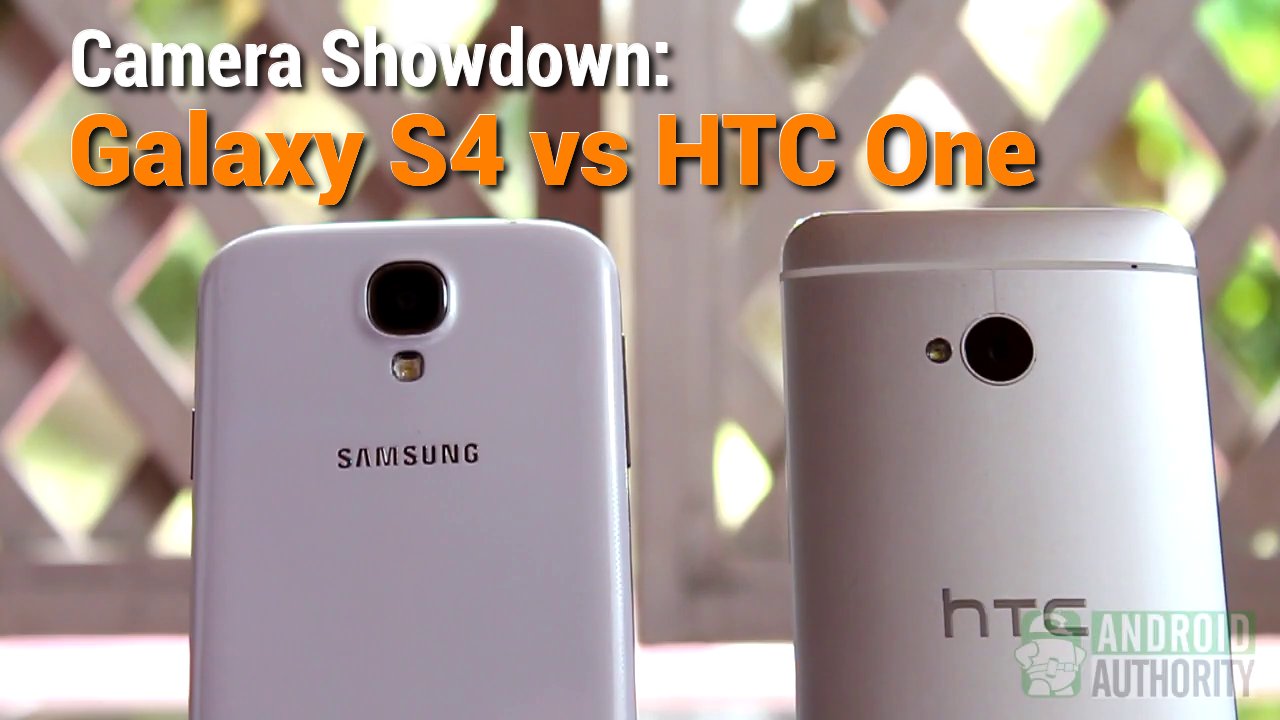
Between a 13-megapixel smartphone camera and another with only 4 megapixels, which do you think is the better buy?
We usually lean towards whatever we think is higher or what appears to offer more. In this case, 13 megapixels — which the Samsung Galaxy S4’s camera has.
The HTCOne and its 4-megapixel shooter seems to look like a limp, wimpy, soggy thing compared to that 13-megapixel monstrosity. But, does higher necessarily trump lower all the time?
In this camera comparison, take a closer look at the camera prowess of today’s latest Android smartphone giants — the HTCOne and the Samsung Galaxy S4. (Or, jump ahead to the end of this post for a video comparison of the two phones’ cameras.)
| Galaxy S4 | HTC One | |
| Camera | 13-megapixel rear, 2-megapixel front | 4-megapixel rear, 2-megapixel front; UltraPixels |
| Sensor | Back-illuminated sensor | CMOS BSI sensor |
| Image/video stabilization | Digital | Optical |
| Zoom capacity | 4x Digital zoom | 4x Digital zoom |
| Video resolution | can capture up to 1920×1080 (Full HD) video resolution | can capture up to 1920×1080 (Full HD) video resolution |
Megapixels vs UltraPixels
The HTCOne’s camera might look weak, but it has larger pixels than the Galaxy S4. HTCcalls the larger pixels UltraPixels. These special pixels take more space on the camera sensor. That is why the HTCOne only has a 4 megapixel camera. The Galaxy S4 may have a 13-megapixel camera, but its pixels are about half the size of HTC’s UltraPixels.
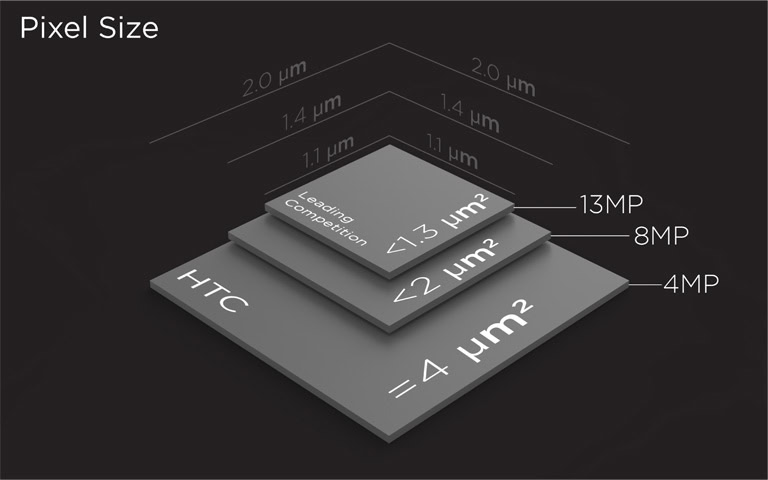
Sensors with large pixels capture more light, making images brighter and less noisy than on cameras with smaller pixels. And, with lower image resolution also comes smaller file size.
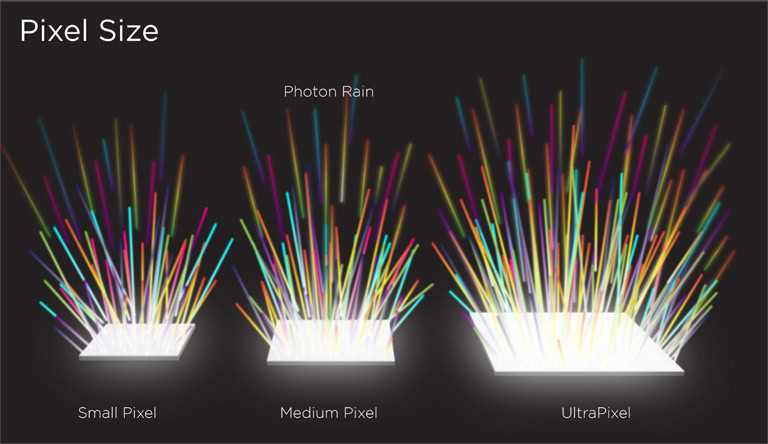
The camera’s megapixel count is only one of the factors to evaluate camera performance. There are other important factors, too, such as the camera sensor, image processor, image stabilization, zoom, etc.
Camera UI
To people who frequently take photos using their smartphones, the camera’s user interface plays an important role.
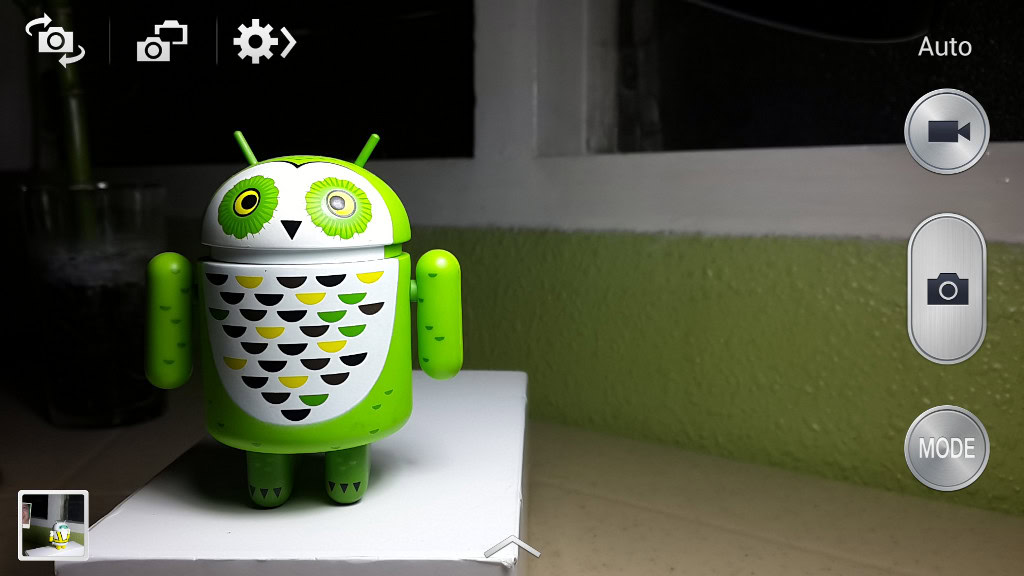
The Galaxy S4 camera’s interface is more akin to the Galaxy Camera’s UI than to the Galaxy Note 2’s camera UI. The interface is easy to navigate and most of the modes and settings are easy to find. Like in the Galaxy Camera, you’ll find two separate buttons for the camera shutter and for video recording. You don’t need to switch between video and photo mode anymore.
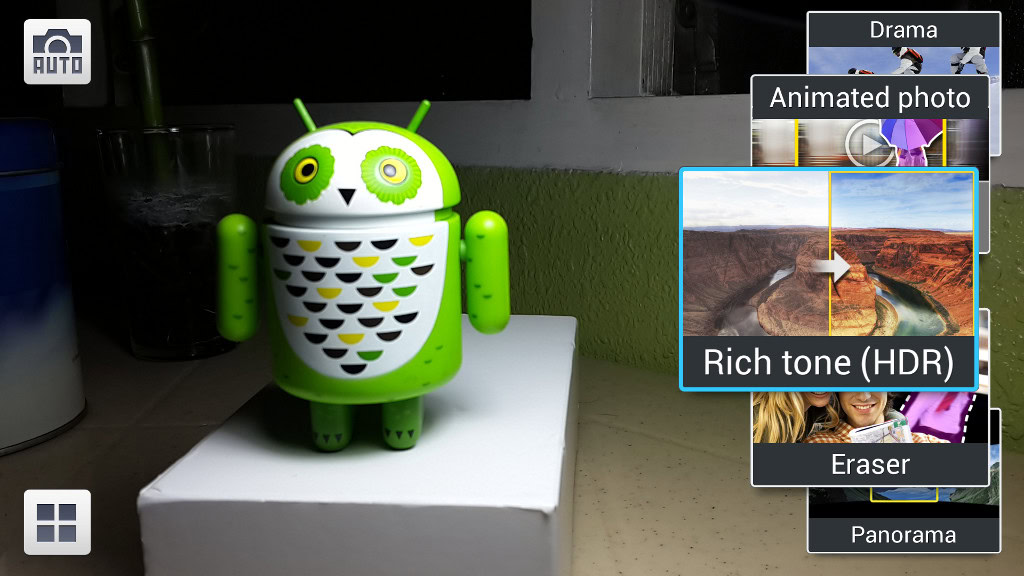
The carousel of mode and effect thumbnails particularly looks pleasant and makes it easier to find the shooting mode that you need. The filters and effects shade also morphed into mini thumbnail versions of the viewfinder.
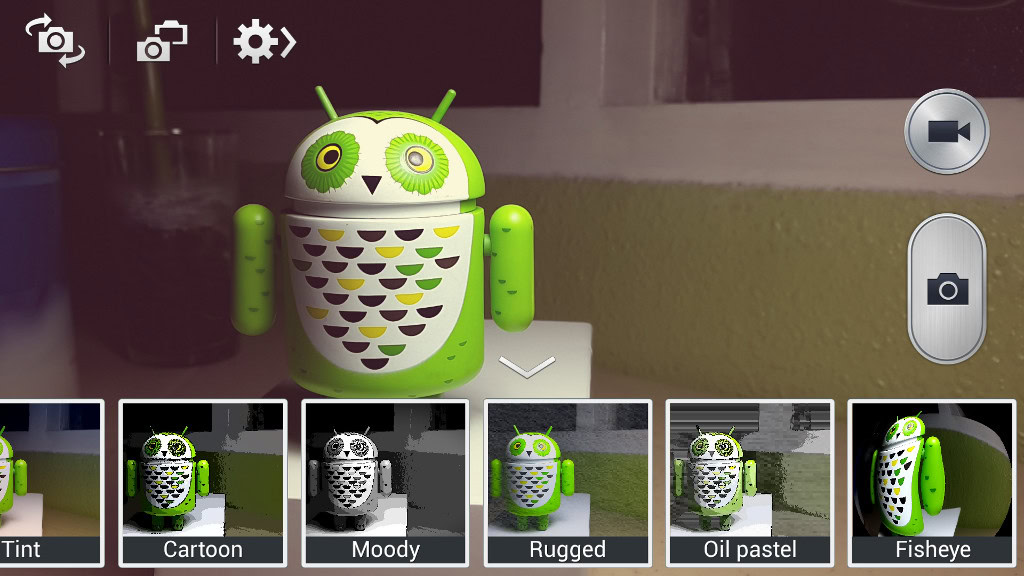
On the other hand, the HTCOne’s camera interface strongly resembles that of some of its recent predecessors such as the One X. Only very few elements have changed. It’s a very clean, simple, and navigable interface.
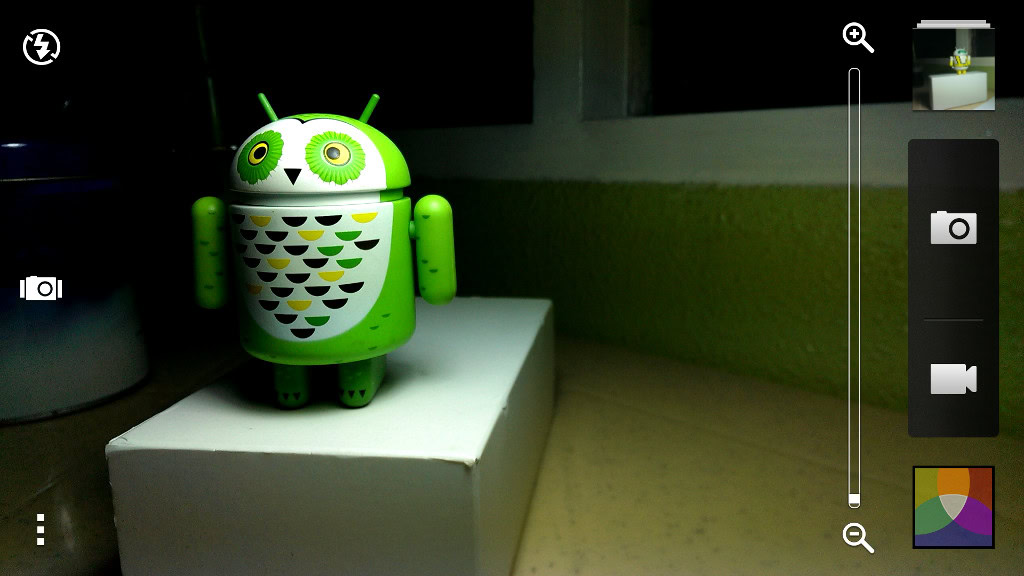
The HTCZoe toggle button has been placed prominently along one side to make it easily accessible. Unlike in the One X, however, the HTCOne no longer displays labels for the built-in filters and effects. Thankfully, like in the Galaxy S4, you get separate buttons for photo camera shutter and video recording, so you won’t need to take extra steps to switch between photo and video mode.
In the next section, learn more about some of the camera features on the Galaxy S4 and the HTCOne, including photo effects and filter, photo shooting modes, video recording modes, and camera flexibility.
Camera Features
Some may argue that the Galaxy S4 camera’s new features are nothing more than plain gimmick. I find the new features cool, whether gimmick or not.
In its case, the HTCOne’s Zoe camera has some endearing traits and functions that some people may find useful at certain times.
Photo effects and filters
Almost all smartphone cameras include a collection of camera filters and effects that you can apply to your photo to imbue it with a stunning effect, or to focus sharply on a portion of the subject while blurring the surrounding parts, or to tone it down to a more sober or somber mood, or to add the nostalgic feel of old photos, or to spice it up with funky or cartoonish fun, or even make it look like the image as seen by a fish.
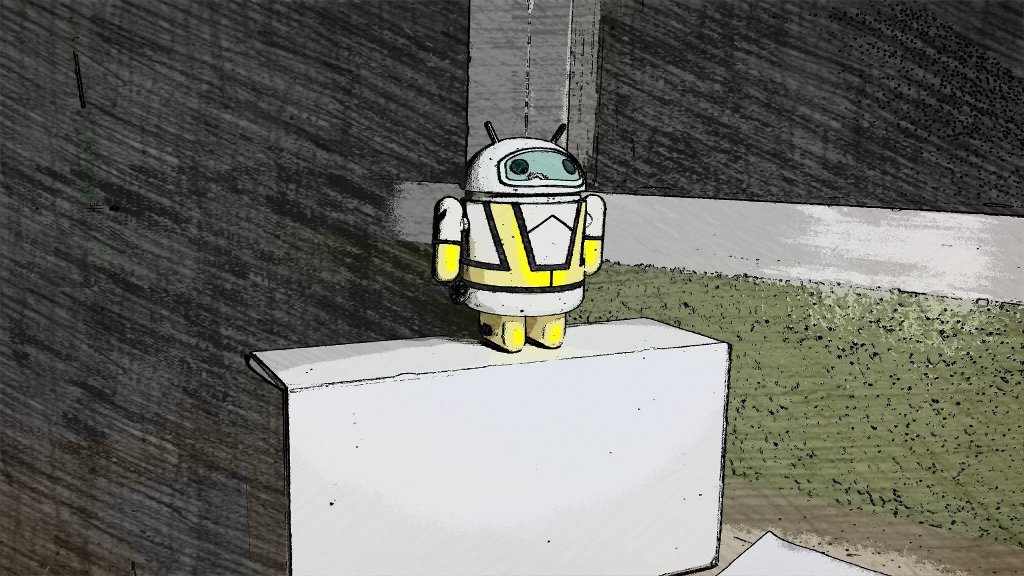
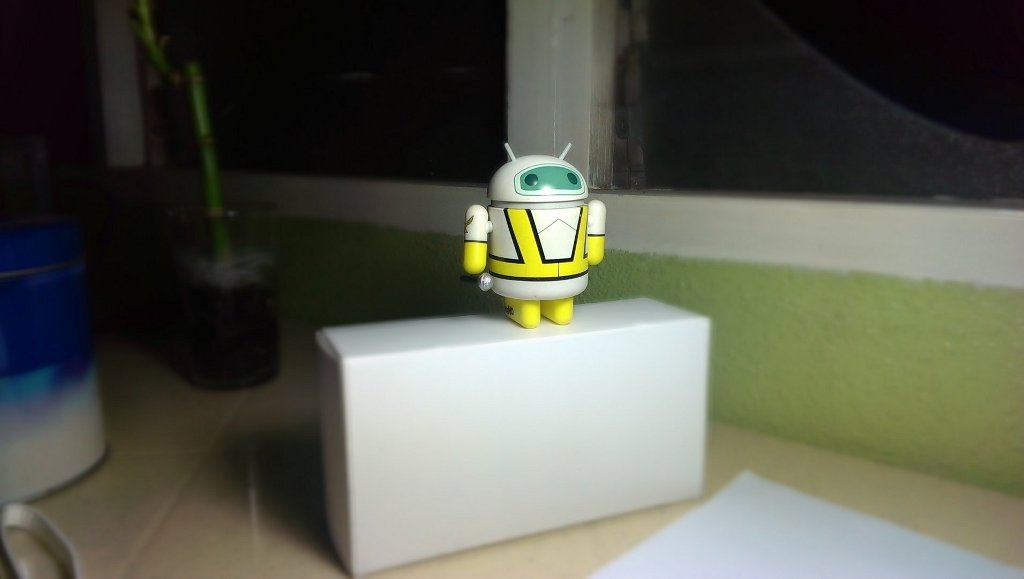
The Galaxy S4 and the HTCOne have these photo effects and filters at your disposal:
| Galaxy S4 | HTC One |
|
|
One small but noteworthy difference between the two phones is that on the Galaxy S4, the effect thumbnails show mini previews of what’s currently on the viewfinder — thus, resulting in a live preview of some sort.
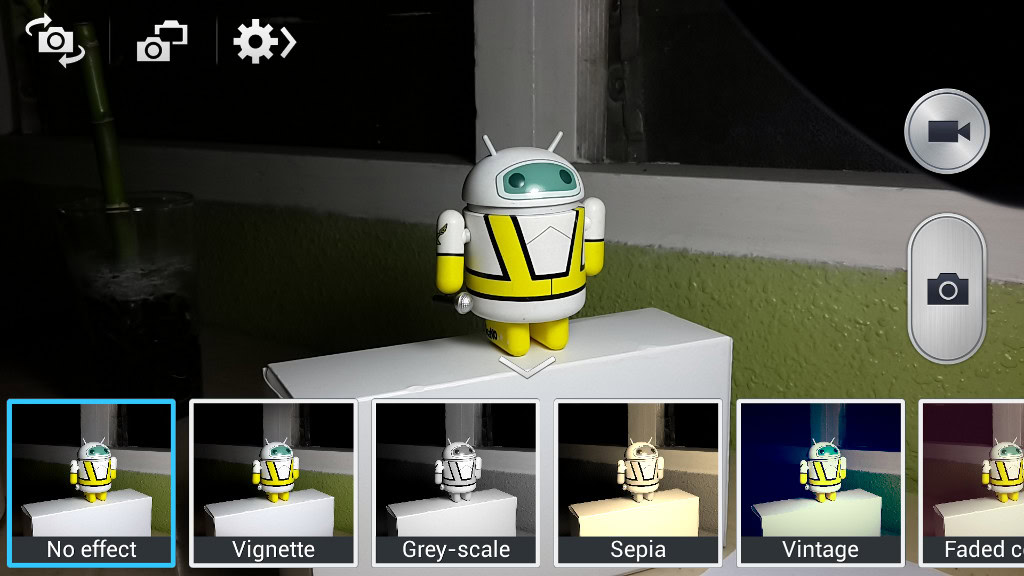
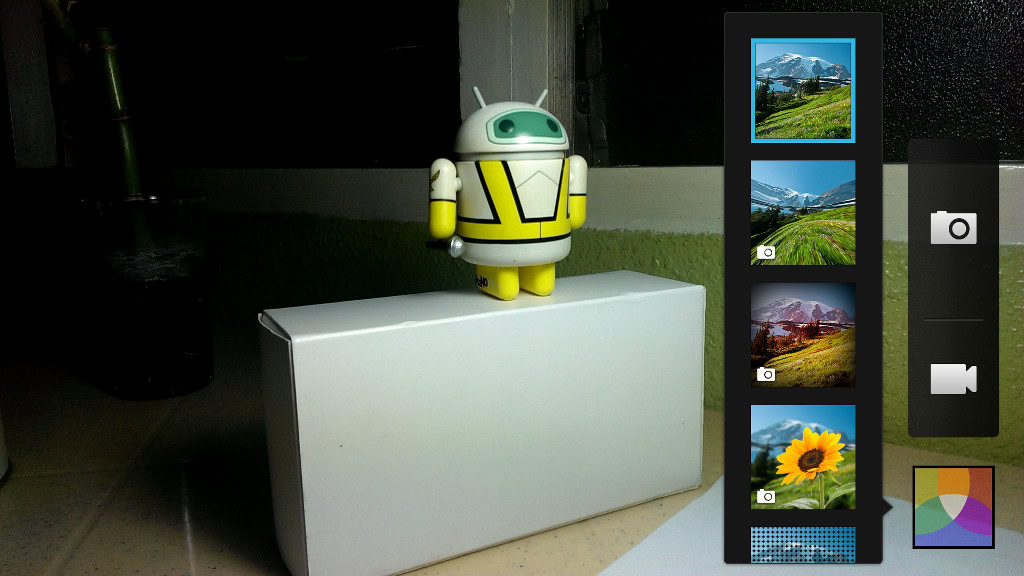
On the HTCOne, however, you’d need to tap on an effect first to apply it to the image on the viewfinder. Also, the image effects and filters provided by the HTCOne are recycled from the HTCOne X and even the HTCSensation. The HTCOne also discards the name/label below each effect thumbnail.
Shooting modes
Shooting modes and scene modes have a singular purpose: to help you frame photos at the right exposure. Such camera settings presets (e.g., exposure level, white balance, shutter speed, ISO) are mixed and matched according to various real-life shooting situations.
Such modes can save casual but savvy users a lot of time from fumbling around or experimenting with settings. In that sense, camera modes can also actually help device makers make their cameras stand out because not only do they make camera use easier but also make camera use fun.
Galaxy S4 shooting modes and other features
The Galaxy S4 inherits several of the shooting modes that we first saw in Samsung’s other recent releases (e.g., Galaxy S3, Galaxy Note 2, Galaxy Camera):
- Auto Mode — automatically adjusts camera exposure to produce colorful and evenly exposed images
- Beauty Face — corrects facial imperfections when taking portrait shots
- Best Photo — shoots eight photos successively and lets you choose the best one after
- Best Face — shoots five facial photos successively and lets you choose the best one after
- Rich Tone — Samsung’s other name for HDR mode (read more about how to use HDR on your Android device)
- Panorama — captures a panoramic photo
- Sports — ideal for fast-moving subjects; also known as Action Freeze on the Galaxy Camera
- Night — suggested mode for low-light or night photography
The Galaxy S4 camera app also introduces a few new fascinating and interesting shooting modes: Drama, Animated Photo, Eraser, and Sound & Shot.
- Drama — Captures stills of a moving subject and combines them into one photo, resulting in a dramatic portrayal of an action — somewhat similar in concept to slo-mo for videos. Here’s an example:
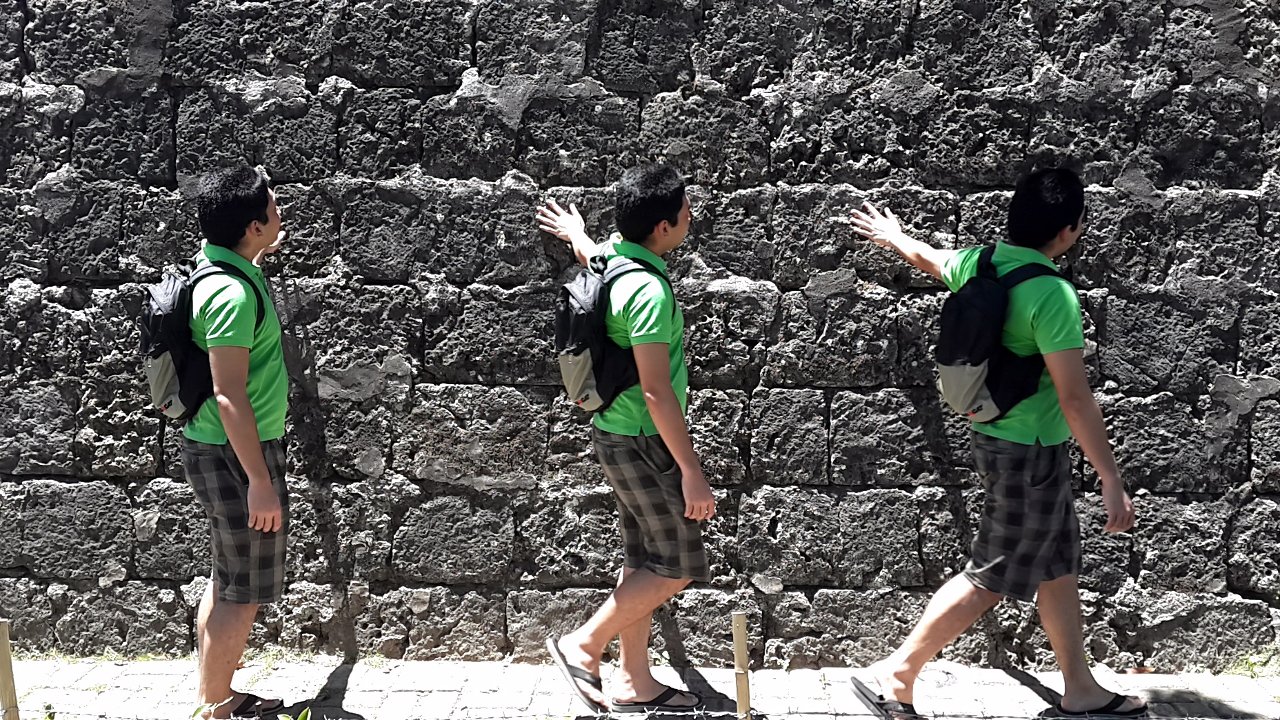
- Animated Photo — Captures a still frame, with parts that move or animate. The file is in GIF format. Here’s an example:
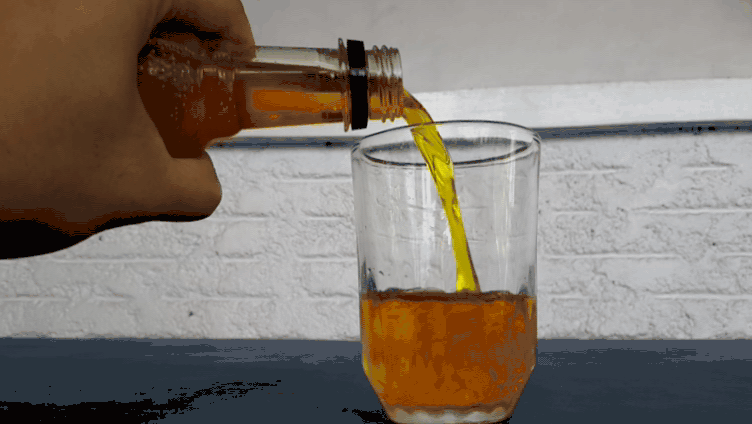
- Eraser — This works like Burst Mode, but with some intelligence thrown in. If you’re expecting photobombs to suddenly drop in while you’re taking shots, set the camera to Eraser Mode. The phone automagically detects moving or unwanted objects from the photo and asks you whether to remove or restore the objects (e.g., passersby).

- Sound & Shot — Captures a still frame and the background sound at the time the photo was captured. A Sound & Shot photo will only work in the Galaxy S4. If you share a Sound & Shot photo, you’ll only be sharing the JPEG photo but not the sound file.
The Galaxy S4 also includes other cool stuff in its camera app such as the following:
- Dual Shot — Simultaneously use the front and back cameras to take pictures or videos. By default, the back camera takes the whole viewfinder, while the secondary camera uses a resizable and floating window. You can switch views, if you like.
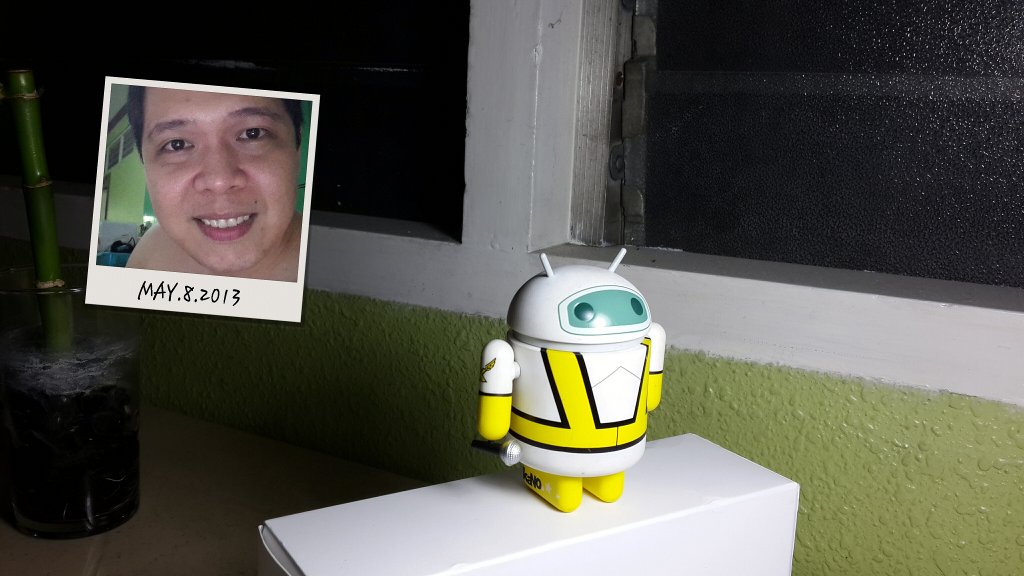
- Auto Night Detection — automatically set the camera for low-light shooting to produce clear and bright pictures without using flash.
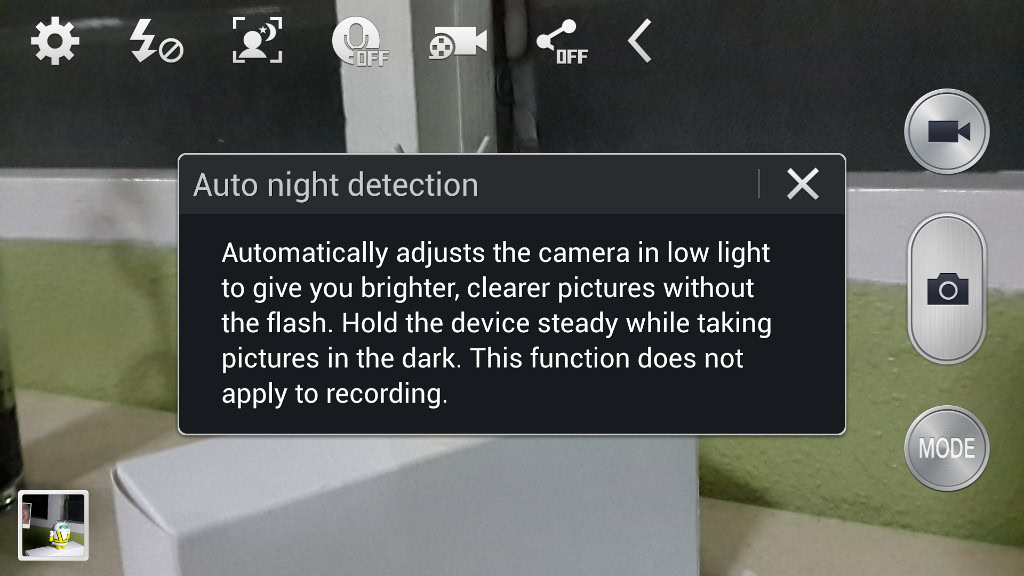
HTC One shooting modes and other features
Meanwhile, the camera app on the HTCOne brings a modest bunch of shooting modes:
- Scene Mode
- Normal
- Portrait
- Landscape
- Backlight
- Text
- Macro
- Night Mode
- HDR Mode
- Sweep Panorama Mode
Does that list look familiar? The HTCOne doesn’t introduce new shooting modes. Instead, it carries over most of the shooting modes and features from predecessors like the HTCOne X, but the collection seems to be enough to make most people enjoy basic photography.
HTC Zoe
HTC Zoe is a brand-new and intriguing feature on the HTCOne. When Zoe is enabled, the camera captures 20 still frames in quick succession, plus a 3-second MP4 video. Somehow, the set of photos increases the likelihood of framing a perfect shot.
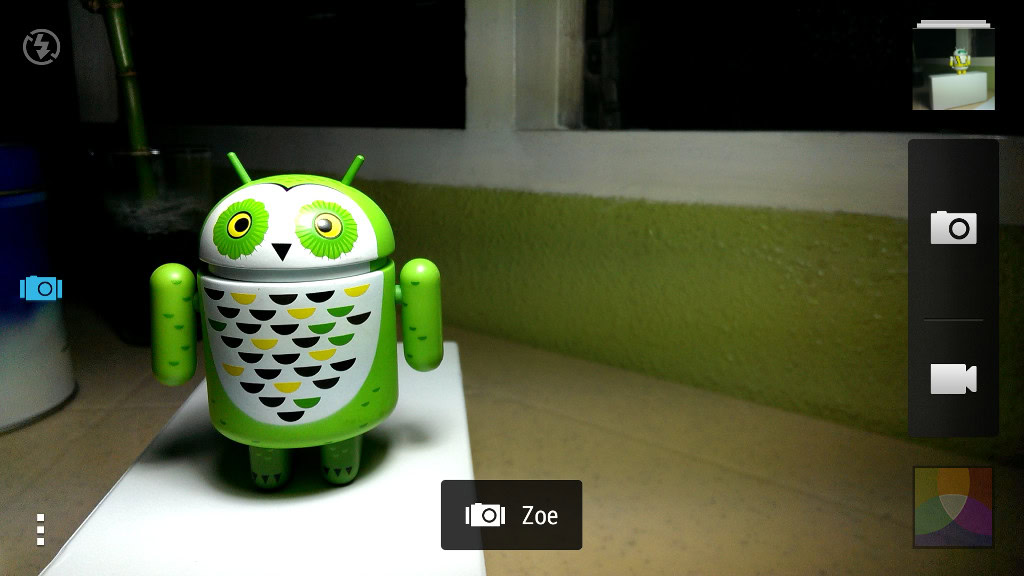
In Zoe mode, the camera is always precapturing images and saves the last five precaptured frames just right before you press the shutter. Then, it captures the sixth frame at shutter press, and 14 more still frames thereafter. The resulting photo sequence set and MP4 video are called a “Zoe.”
You can play back a captured Zoe in the Gallery app, which, much to our delight, displays animated thumbnails of the Zoes. It’s like looking at a photo album in the magical world of Harry Potter.
On the Zoe playback screen, you can pick a frame to extract and save into a single image. Just slide to the frame that you want, tap Menu, and choose Save Frame. It’s a rather roundabout way to capture a photo, but it can also help get you that perfect, or at least near-perfect, shot.
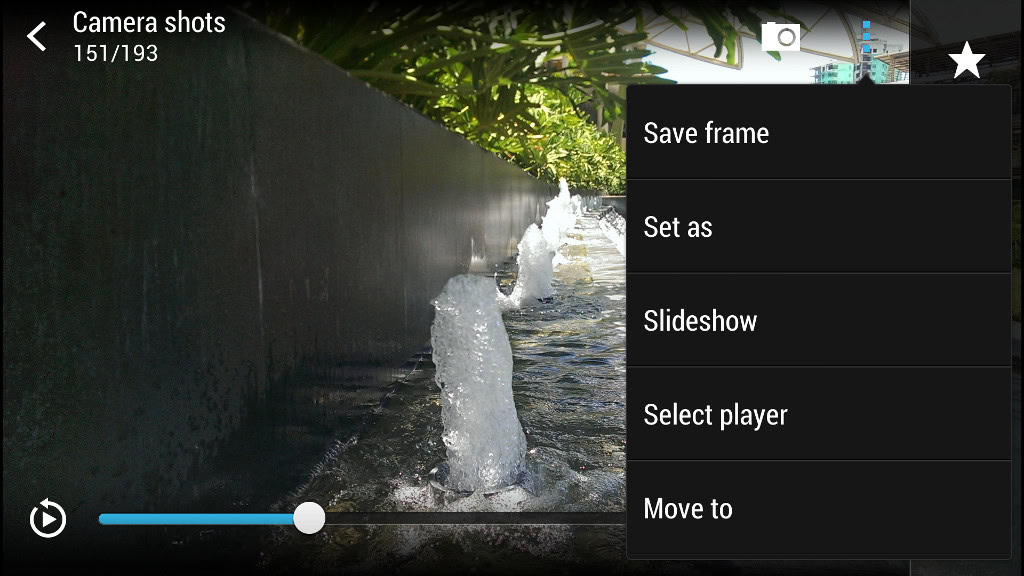
A 3-second video/photo sequence is good raw material for other interesting stuff, too. This idea seems to be what’s behind HTC’s answer to Samsung’s Drama Mode, Best Face Mode, and Eraser Mode.
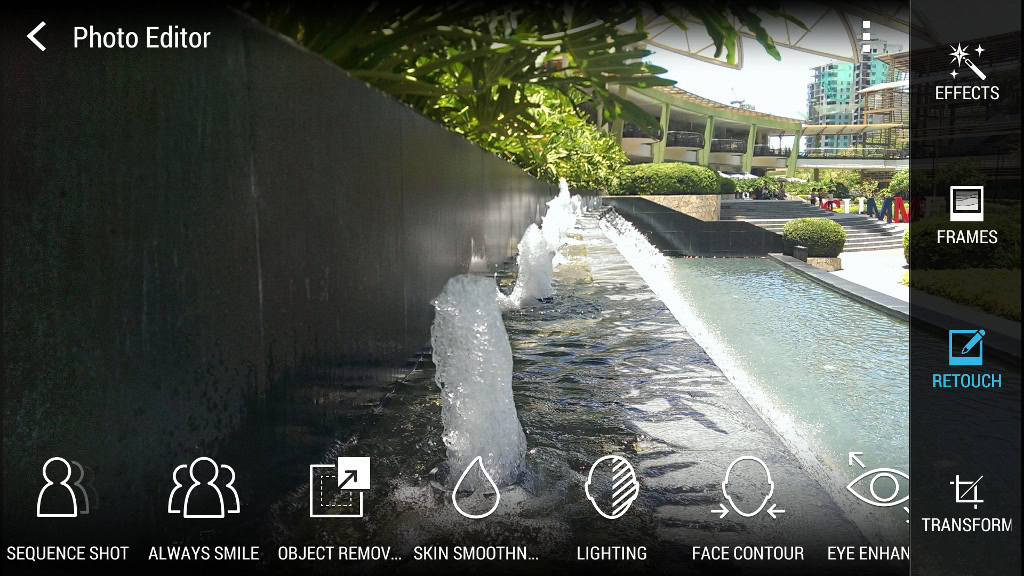
By tapping on the Retouch button on an open Zoe, you can apply certain interesting effects, such as the following:
- Sequence Shots — similar to Drama Mode in the Galaxy S4. This feature extracts a preselected series of frames (some of which you can discard) and composes them into one image, resulting in some kind of dramatic movement effect.
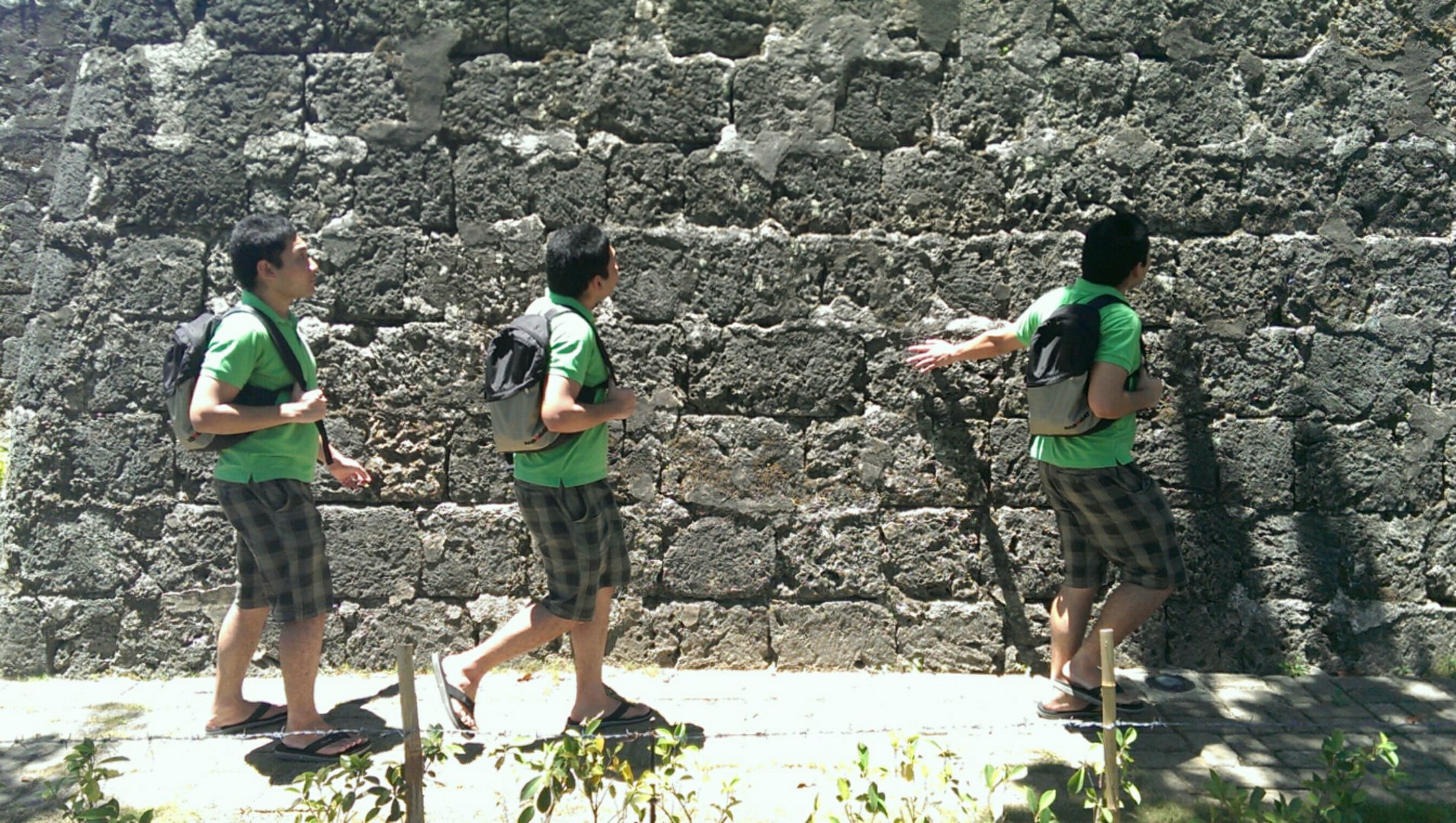
- Always Smile — similar to Best Face in the Galaxy S4. This feature is ideal for face shots. It detects faces in the photo and then lets you choose one headshot with the best smile.
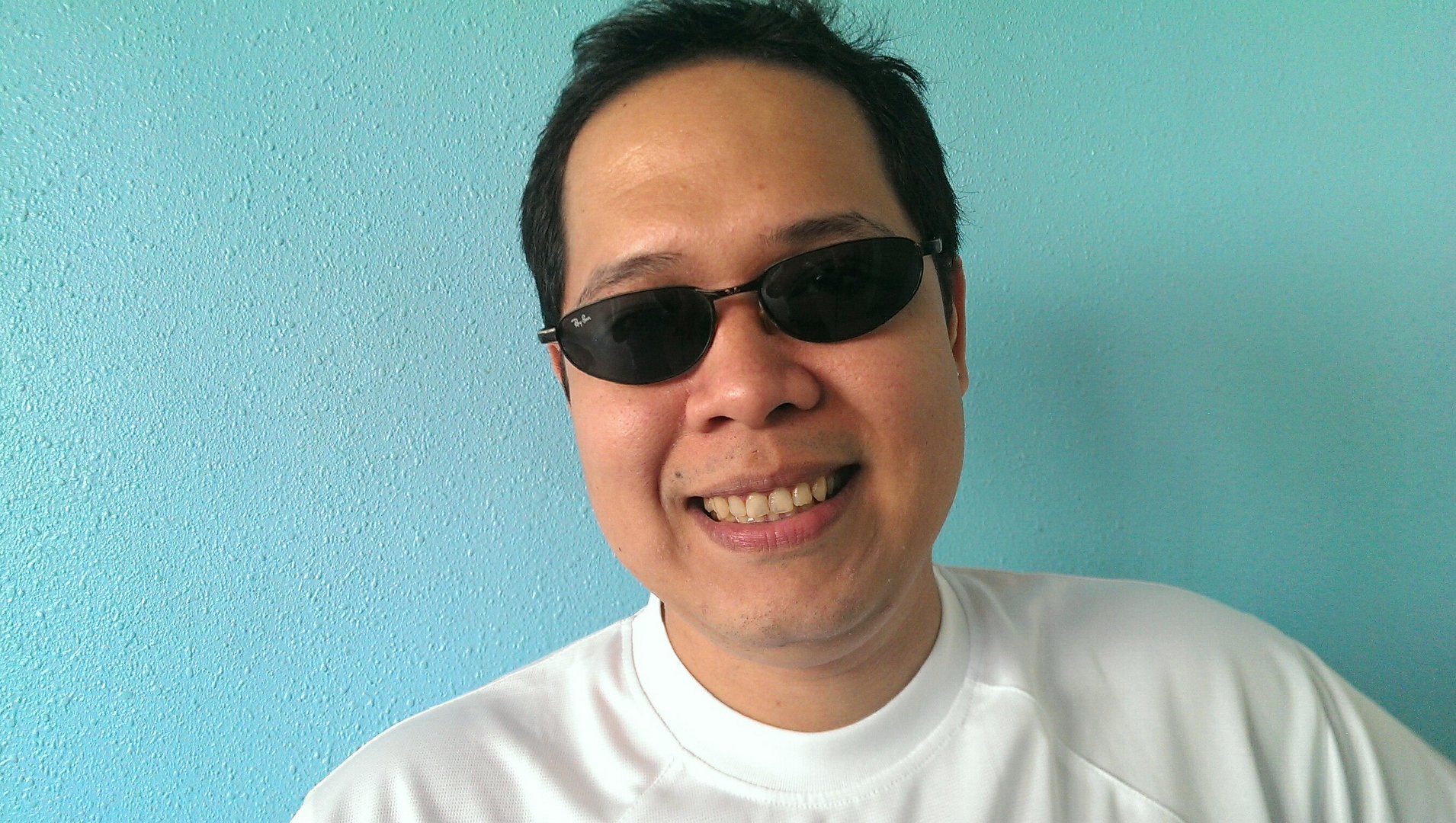
- Object Remove — similar to Eraser Mode in the Galaxy S4. This detects photobombs and other unwanted objects that accidentally get captured in your photo’s background, and then lets you decide whether to remove those.
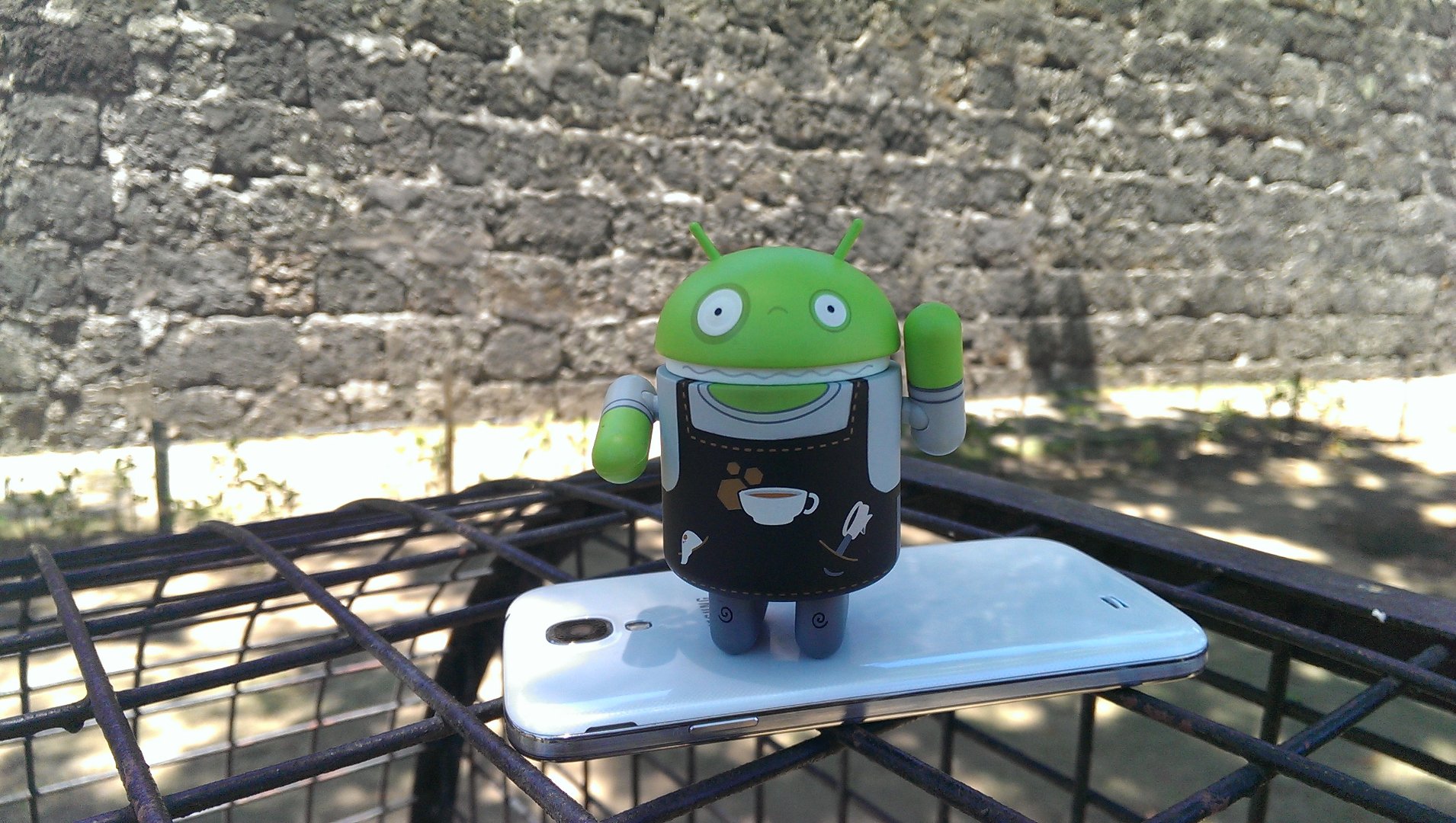
Video recording modes
| Galaxy S4 | HTC One |
|
|
Both phones can record fast motion and slow motion videos. The S4 can record slow-motion videos for playback up to 8x slower than normal, with 720p resolution, and framerate of 15 fps. The HTCOne has slow motion video recording of up to 96 fps in 768×432 resolution.
For fast motion, the S4 is capable of up to 8x faster video capture at 30 fps, retaining its 1080p resolution, while the One can record up to 60 fps Full HD fast motion videos.
The HTCOne, though, has one thing that trumps the S4’s video-recording capabilities: its rear camera can record High Dynamic Range (HDR) videos in 1080p Full HD. On the S4, HDR is available only for photos via the Rich Tone shooting mode.
To see some sample videos, see the section on image quality comparison.
Flexibility
Flexibility is an important factor in a smartphone camera, too. There are occasions when you’d want to save on disk space, and, therefore, go for a smaller image resolution. There are times when you’d want to manually adjust the white balance or the contrast instead of relying on what the phone throws at you.
Can the Galaxy S4 and HTCOne let you do stuff like that? This table might give you some idea:
| Samsung Galaxy S4 | HTC One | |
| Image sizes | Primary Camera
Secondary Camera
| uniform size/resolution (4 MP, 2688×1520) |
| Image adjustments | Pre-process
Post-process (after photo capture)
| Pre-process
|
| Video quality/resolution | Primary and secondary cameras
| Primary and secondary cameras
|
| ISO Values | Auto, 100, 200, 400, 800 | Auto, 100, 200, 400, 800, 1600 |
| White Balance |
|
|
| Physical shutter key | None, but volume keys can be set as shutter, zoom lever, or video record button | None |
| Grid | called Guidelines; can be toggled | can be toggled |
The Galaxy S4 gives you greater freedom to choose image sizes. The HTCOne makes you stick to just one size: 2688×1520 (4 MP) pixels. Do take note that the higher the resolution, the bigger the file size.
For image adjustments, the Galaxy S4 offers more options for image adjustments such as exposure level, brightness, contrast, hue, etc. although most of them can be done only after photo capture. Both are capable of 1080p Full HD and 720p HD video capture. The S4 can record at as low as QVGA (320×240) resolution, while the HTCOne is capable of an even smaller MMS (176×144) resolution.

The HTCOne camera also can be set to operate at ISO 1600; on the Galaxy S4, the highest ISO level is only 800. This means that the HTCOne, when set to use maximum ISO, can produce brighter photos than can the Galaxy S4.
Moreover, the Galaxy S4 lets you assign the volume keys as shutter, zoom, or video record button. This capability is unavailable on the HTCOne.
In the next section, find out more about the unusual heat generated by the HTCOne when used as a camera. I’ll also begin comparing image quality of studio shots and indoor shots from both the Galaxy S4 and HTCOne.
Phone heat
Your phone heats up when doing intensive tasks such as taking photos or recording videos. But, in my testing, the HTCOne generated an unusually high amount of heat. I was caught by worried surprise when, after recording video for a few seconds, my HTCOne heated up. Although not enough to burn the skin, it was hot enough to be noticed and to make me feel uncomfortable.
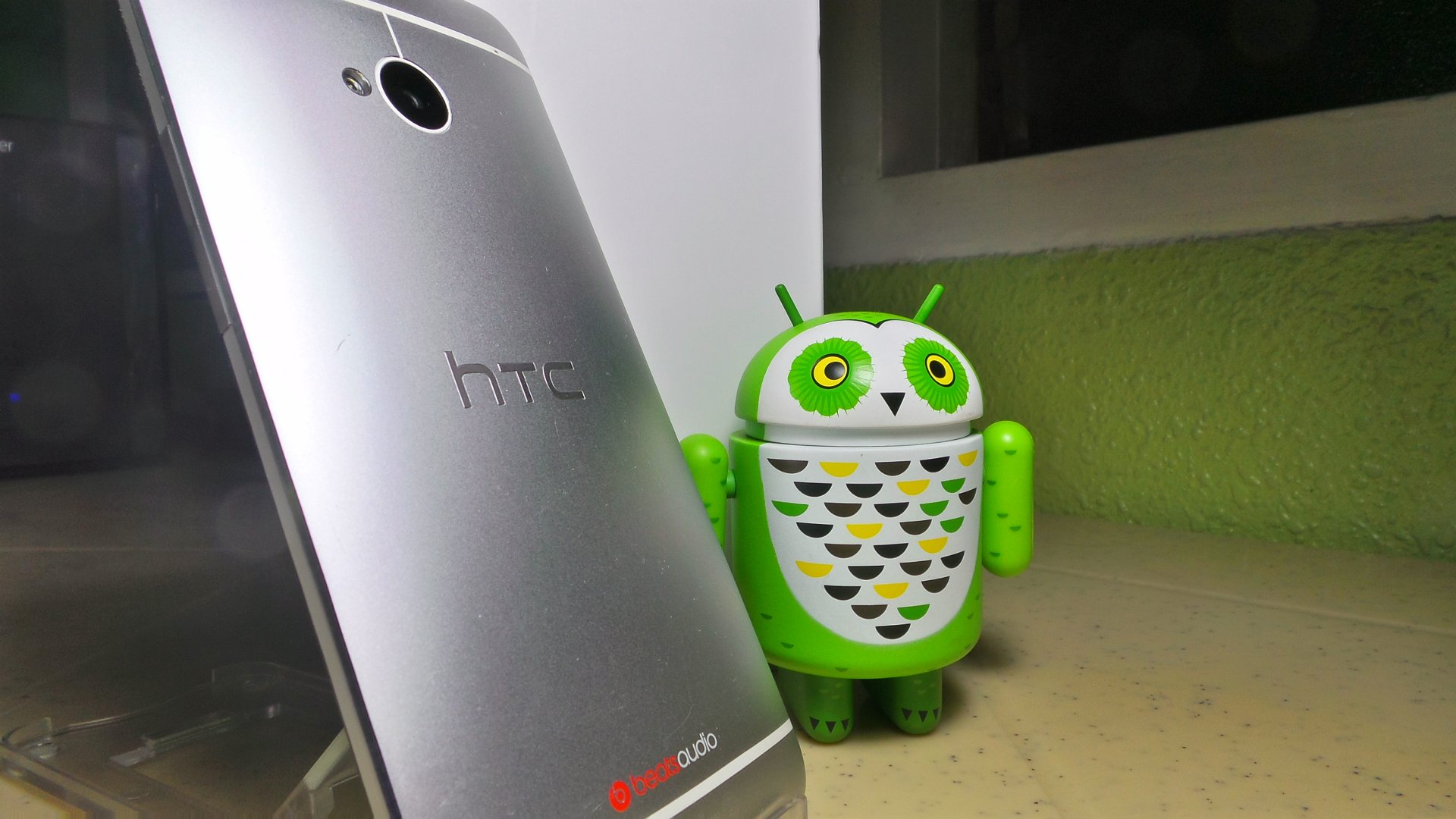
Perhaps the aluminum unibody of the HTCOne is the reason for the heat. Aluminum is a good conductor of heat, and the internal heat could have been conducted to the chassis for faster dissipation or cooling. It may not be a cool idea to enclose the HTCOne in protective casing because doing so might trap the heat inside and damage the phone. But, then again, that’s just my ignorant speculation.
In contrast, the predominantly plastic Galaxy S4 has some good insulation. I barely noticed the phone heat up as much as the HTCOne while using it, even for video recording.
Image quality comparison
Some hastily judge the Galaxy S4 to be the clear winner in the camera department, mainly because it has the higher number of pixels. But, the proof is in the pudding, so we compared the photo and video output of both phones to find out which phone’s camera gave better images.
Studio shots
In this set are photos shot in a studio setup where lighting was artificial but adequate, controlled, and uniform for all photos. Flash was not used. The image size/resolution was set to maximum on each phone (i.e., 4 MP on the HTCOne and 13 MP on the Galaxy S4).
The photos in the first batch below were shot with auto ISO sensitivity.
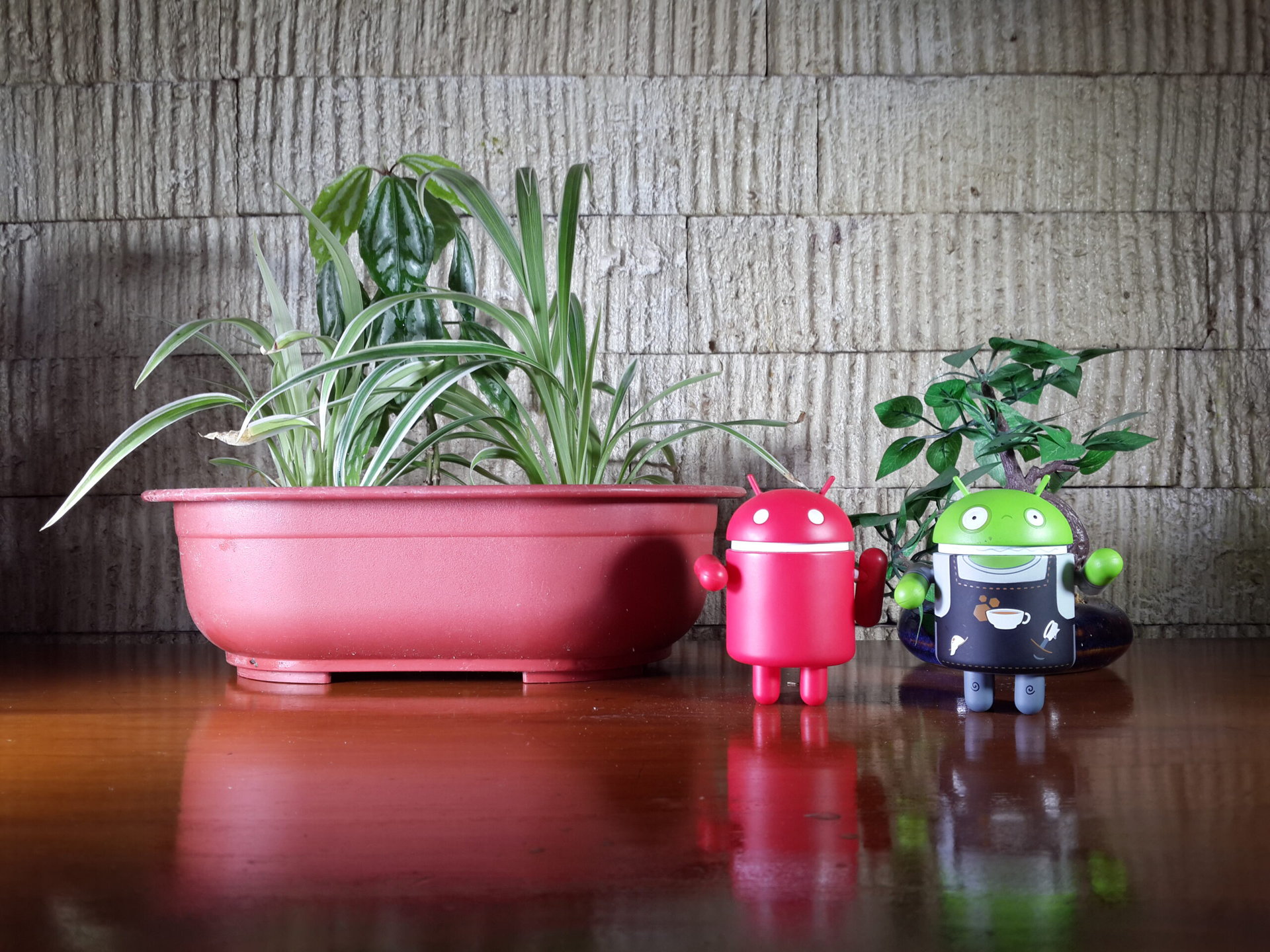
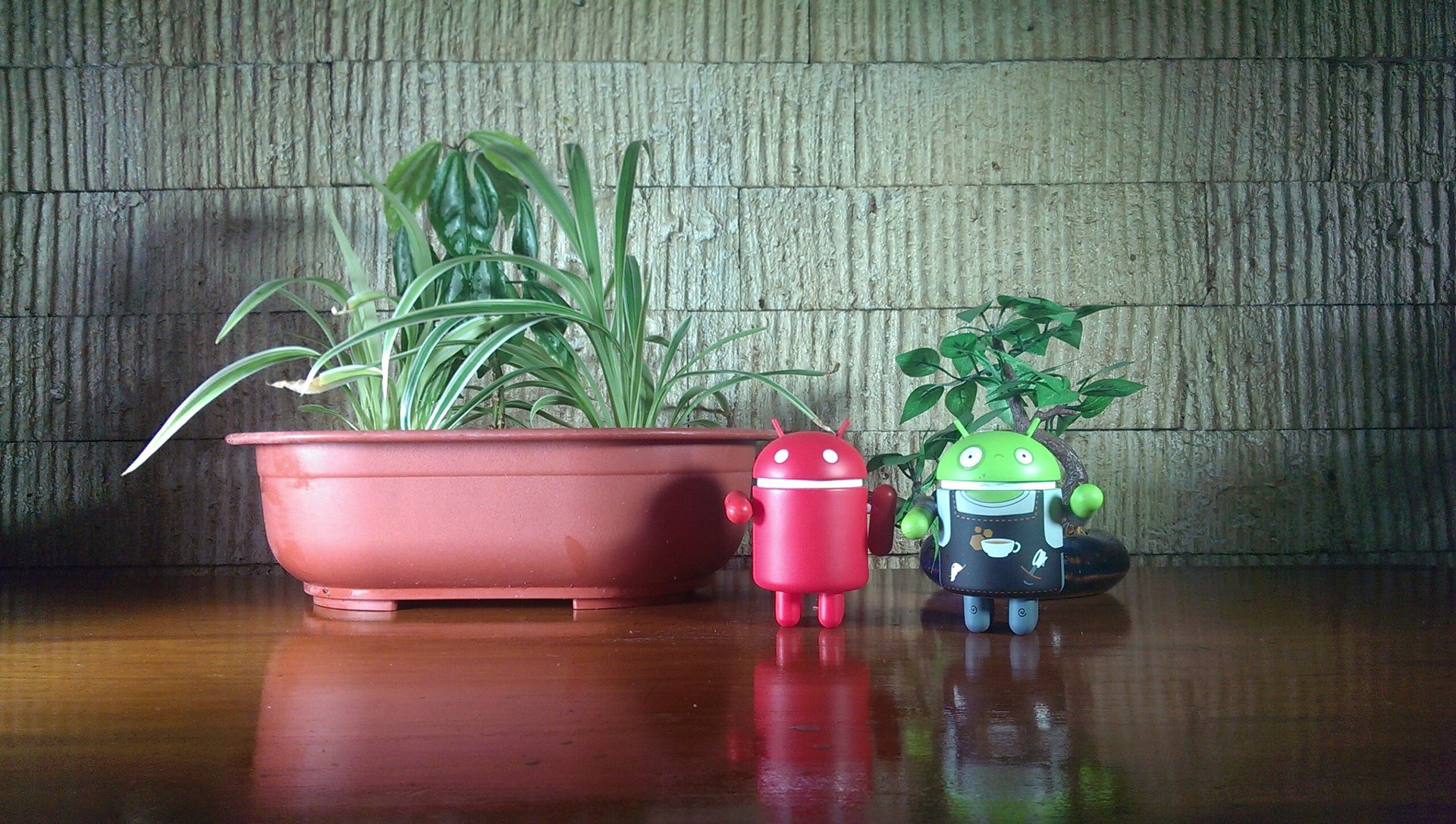
At maximum image resolution, the HTCOne produced a 2688×1520 (4 MP) photo with 16:9 aspect ratio and wider field of view. The Galaxy S4 produced a 4128×3096 (13 MP) photo with 4:3 aspect ratio.
On Auto ISO, the HTCOne decided to set its ISO to 125 and the Galaxy S4 to ISO 50. The HTCOne captured a photo with somewhat subdued colors and greenish tint (or somewhat bluish on another computer monitor). The Galaxy S4 produced a sharp and vibrant image with a lot of detail.
Next, we manually set the two phones to use ISO 100. The following shots were still taken in our studio setup:
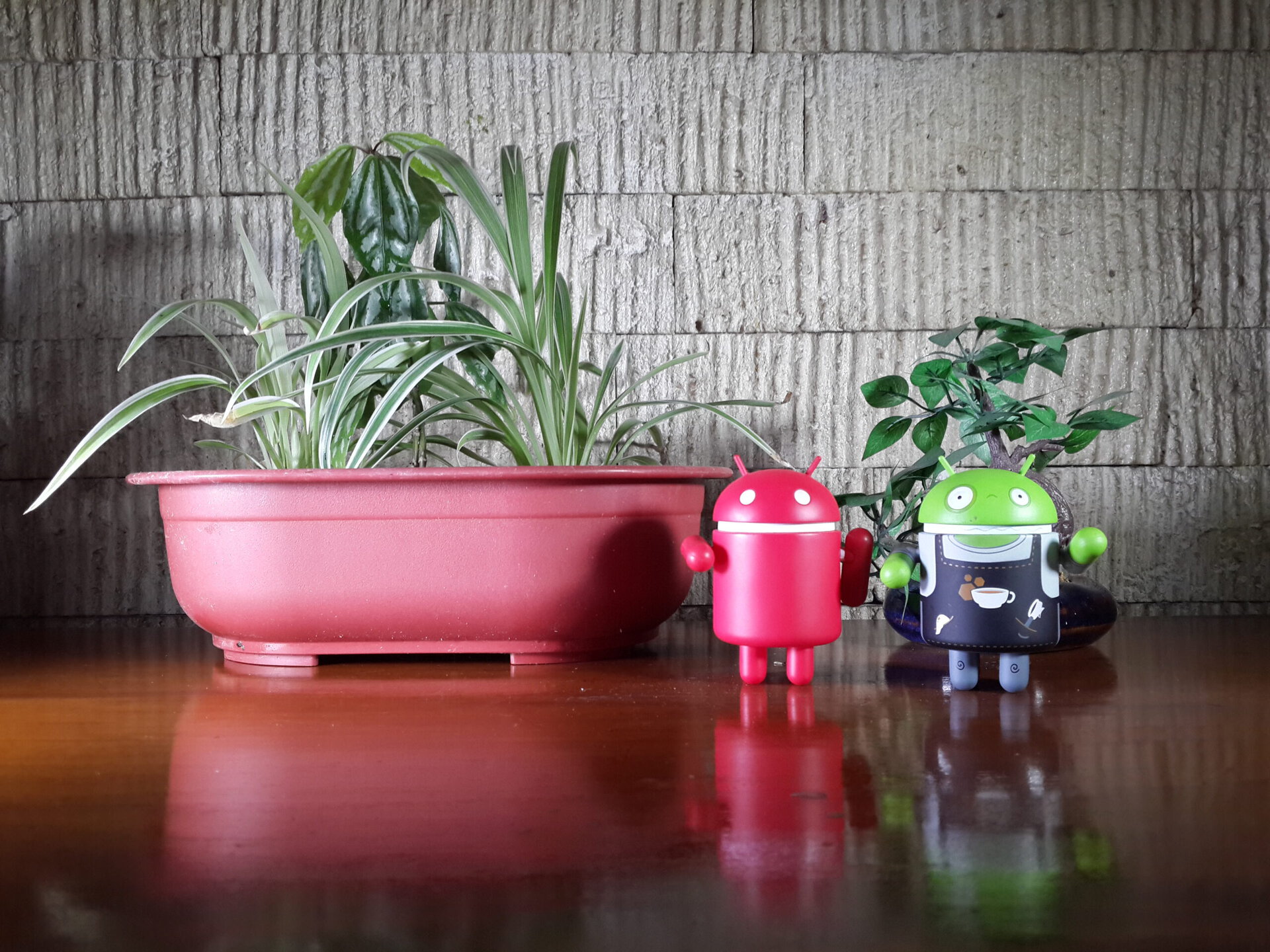
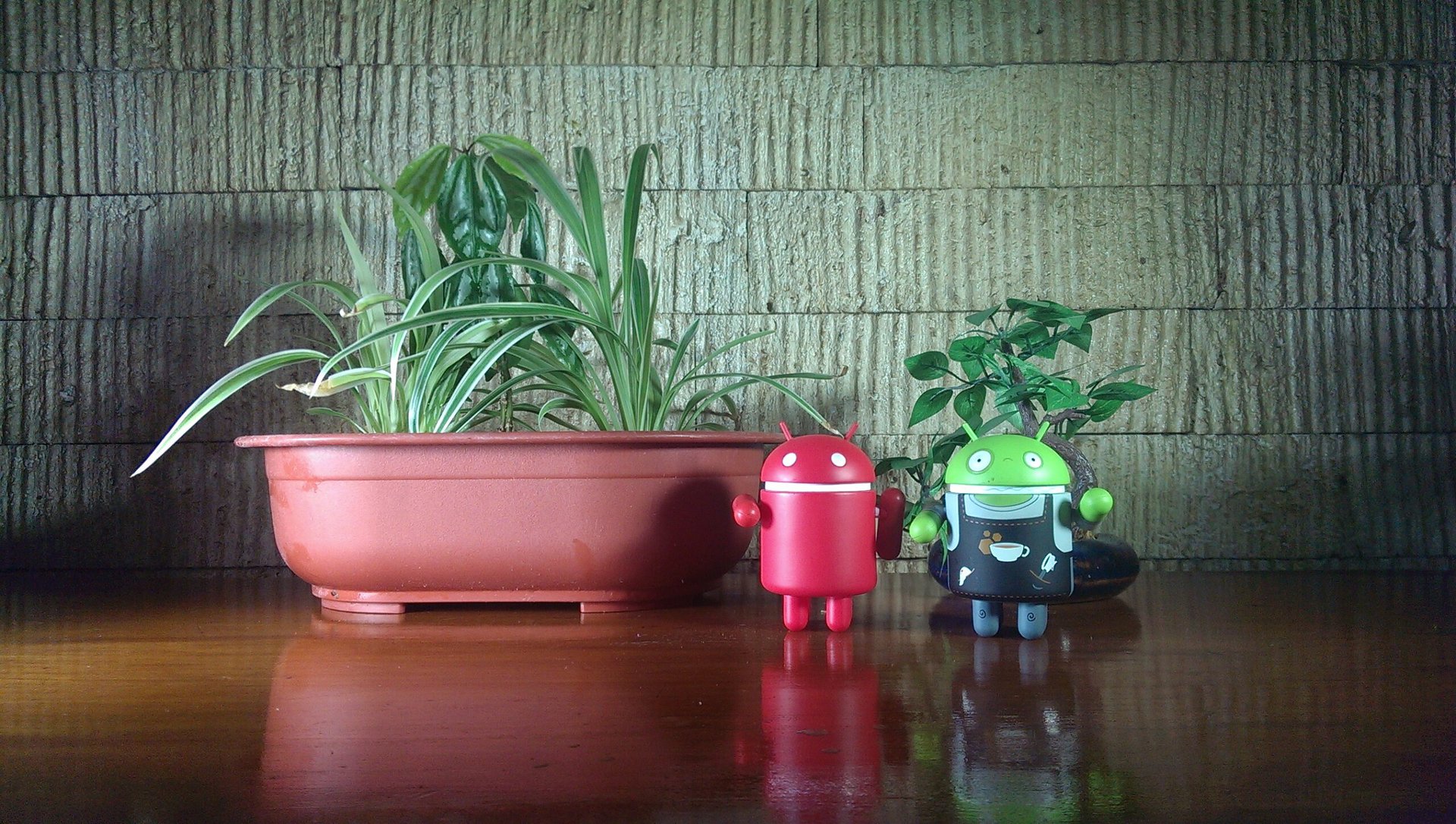
The differences in this batch are similar to the previous batch. The Galaxy S4 still produced a richer and more vibrant photo than the HTCOne. The head of the green Bugdroid on the HTCOne photo, however, was slightly clearer and less washed out than in its auto ISO version.
The next set of photos below was shot at ISO 800:
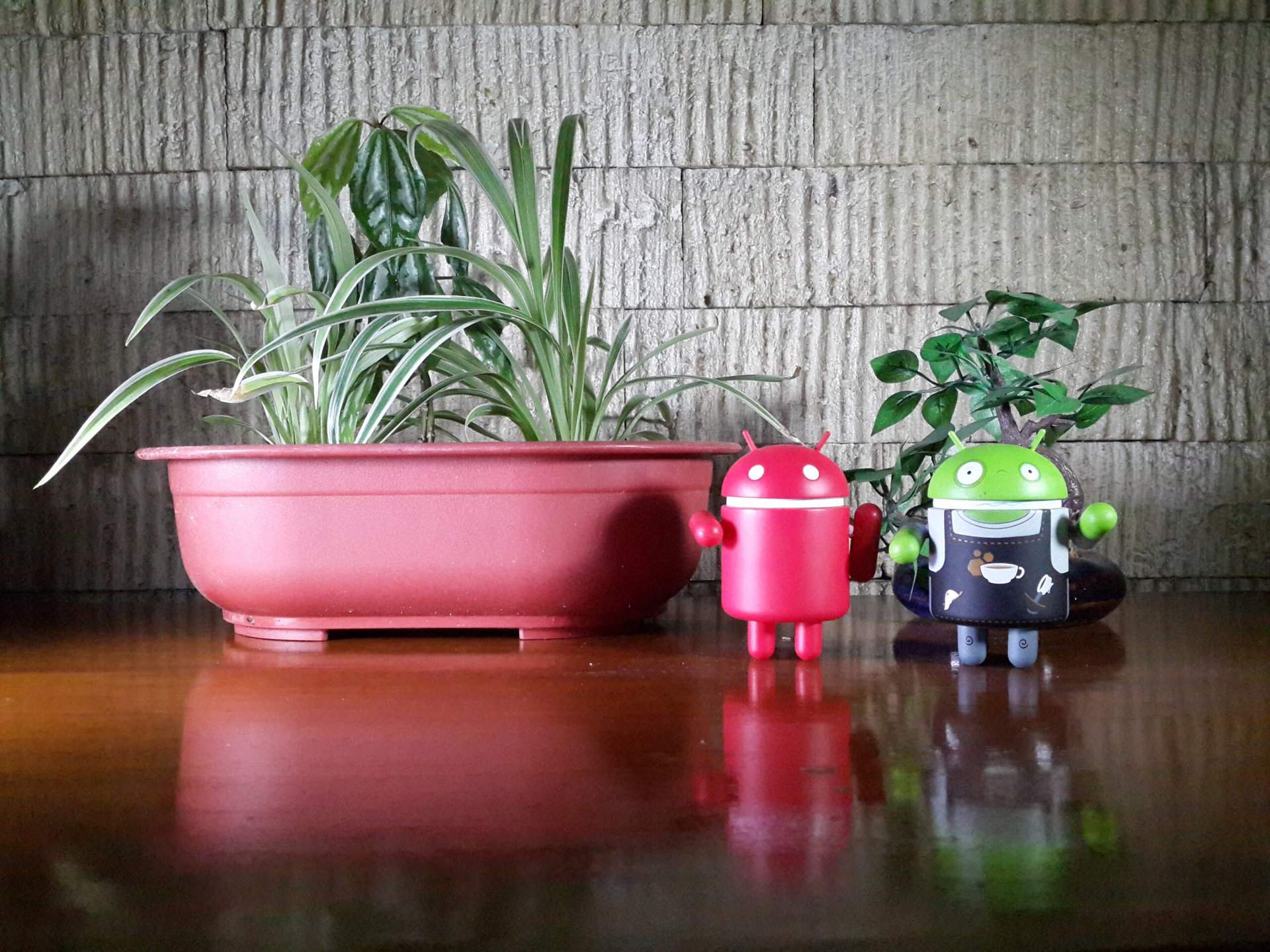
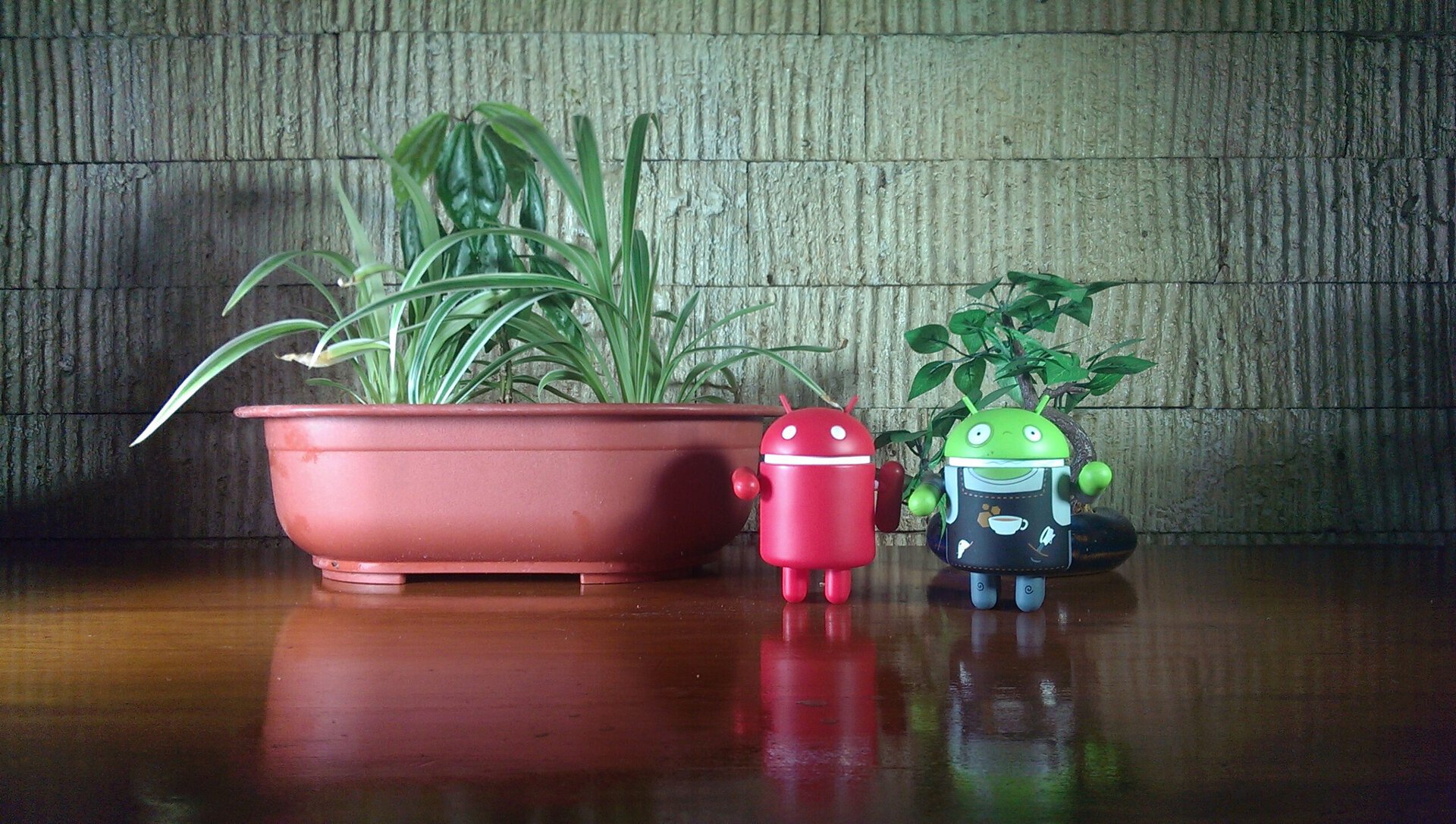
The Galaxy S4 still managed to produce a richer and more vibrant photo than the HTCOne. However, noise has begun to appear on the S4-captured image.
The quality of the HTCphoto appeared to be similar to its auto ISO version (which was captured at ISO 125). According to EXIF data, the ISO speed rating actually used for this photo was still ISO 125, even if we did manually set the HTCOne to use ISO 800. The HTCOne’s image is still subdued and has a greenish tint.
Below is the last batch of studio shots. The Galaxy S4 doesn’t have ISO 1600, so we just used the ISO 800 photo (maximum ISO on the S4) to compare with the HTCOne photo shot at ISO 1600 (maximum on the HTCOne).

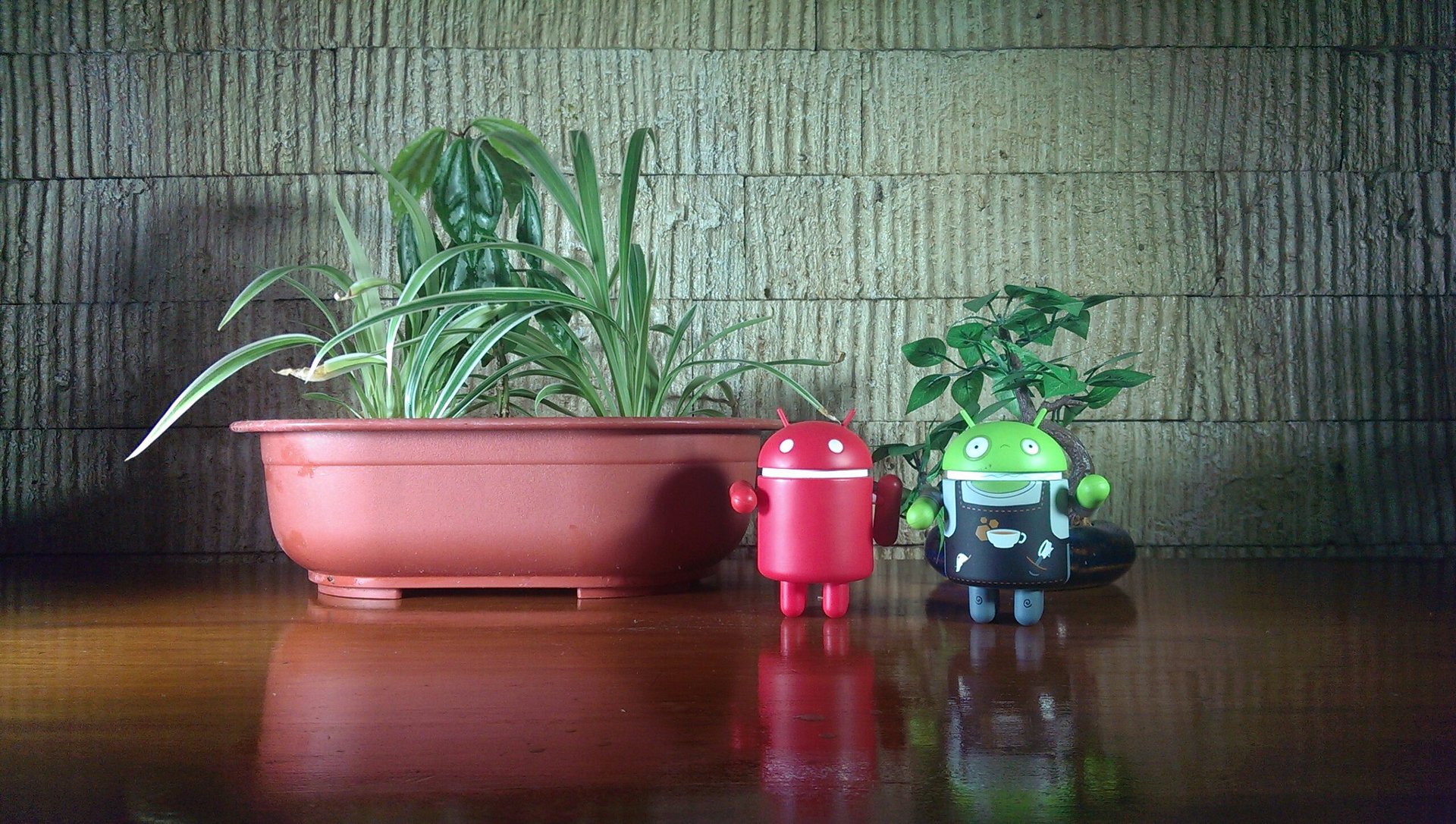
Unfortunately, the HTCOne still refused to respect my manual setting of ISO 1600. I did set the correct ISO level, but according to EXIF data of the output image, the phone still used ISO 125 to grab the photo. So, the resulting comparison is just like that for the batch of ISO 800 photos in which the HTCOne still adamantly decides to use ISO 125.
As far as shots under controlled lighting are concerned, I personally find the Galaxy S4 performing better than the HTCOne. For one, the Galaxy S4 consistently produced bright, color-rich, sharp, and vibrant images across various ISO settings. It respects my instruction to manually use a specific ISO rating, too.
Indoor shots
The Galaxy S4 seemed to have bested the HTCOne in a setting with controlled and adequate lighting. We wanted to find out how the two phones perform in dim lighting indoors. For our indoor shots, both cameras were set to highest image resolution and auto ISO.
The first batch of indoor photos below was taken in Auto or Normal Mode and without flash. A little amount of natural light from outside was available through the open windows, but not direct sunlight.
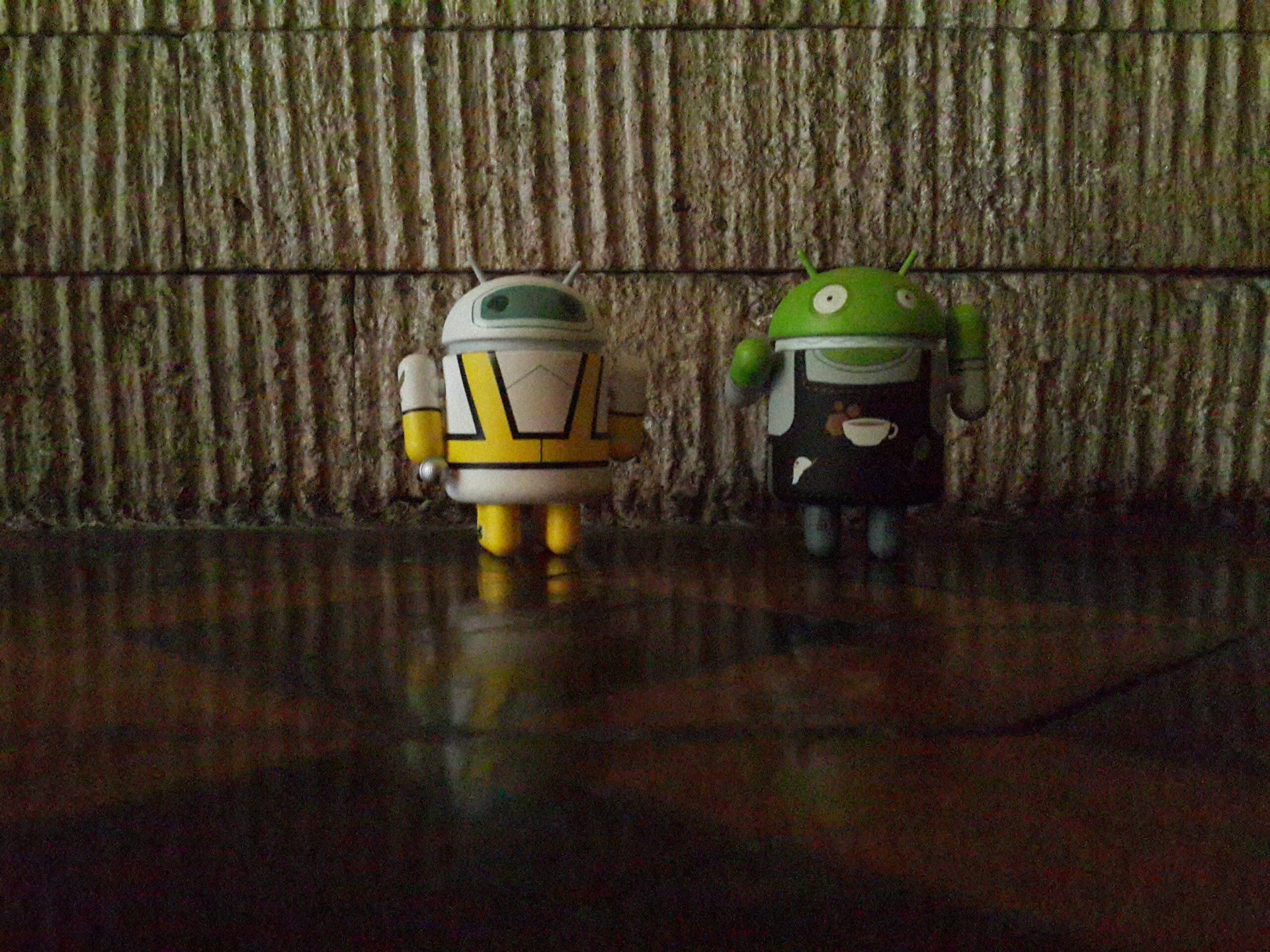
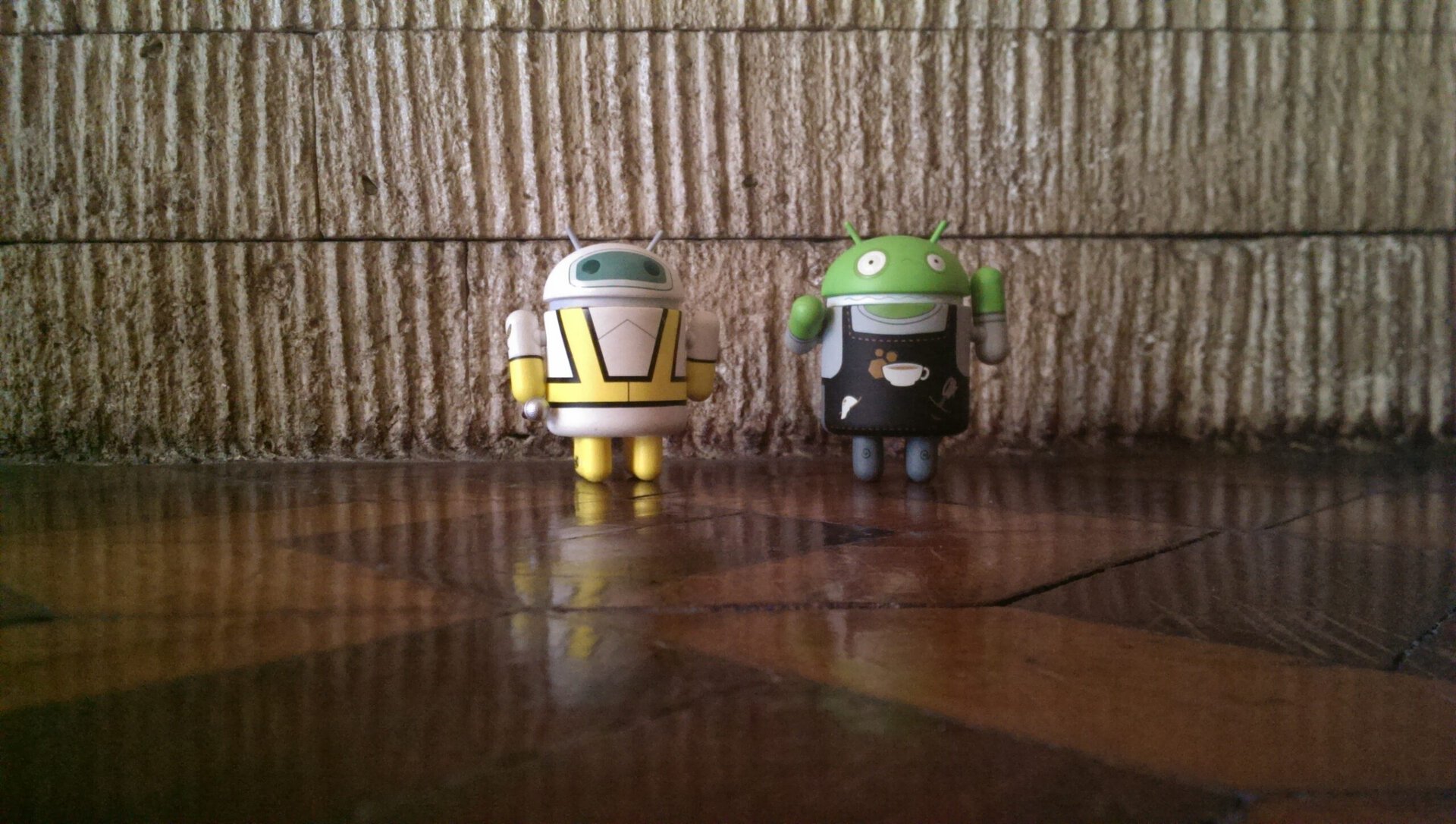
The HTCOne’s image came out brighter and less noisy than the Galaxy S4’s image. The HTCOne’s UltraPixel technology may have been responsible for the brighter image. But, with regards to detail, I can definitely see more detail on the Galaxy S4, specially if you look closely on the rough-textured background, which appeared smoother on the HTCOne photo but sharper on the Galaxy S4 photo.
This next set of indoor photos was shot in Auto/Normal Mode with flash enabled.
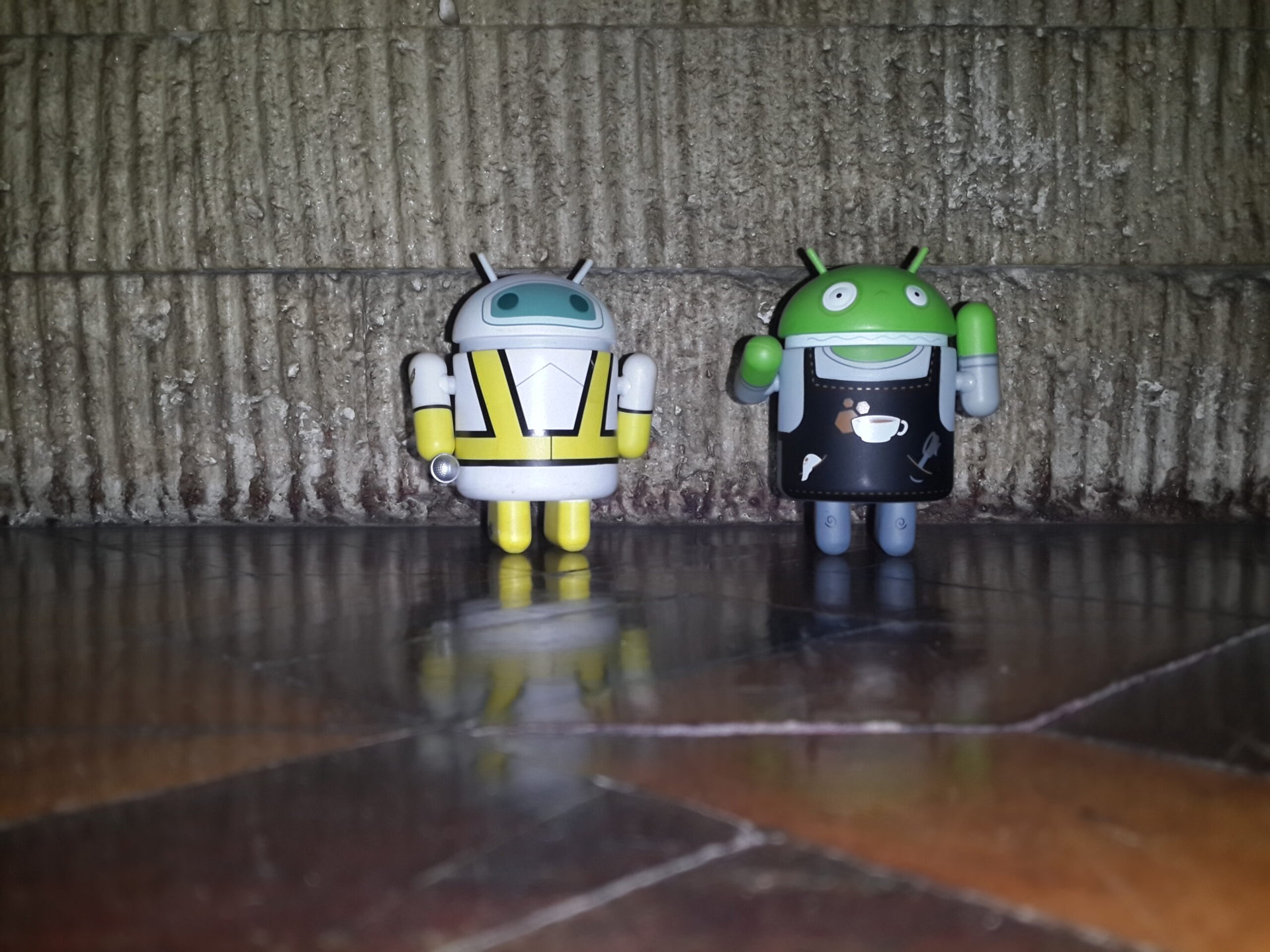
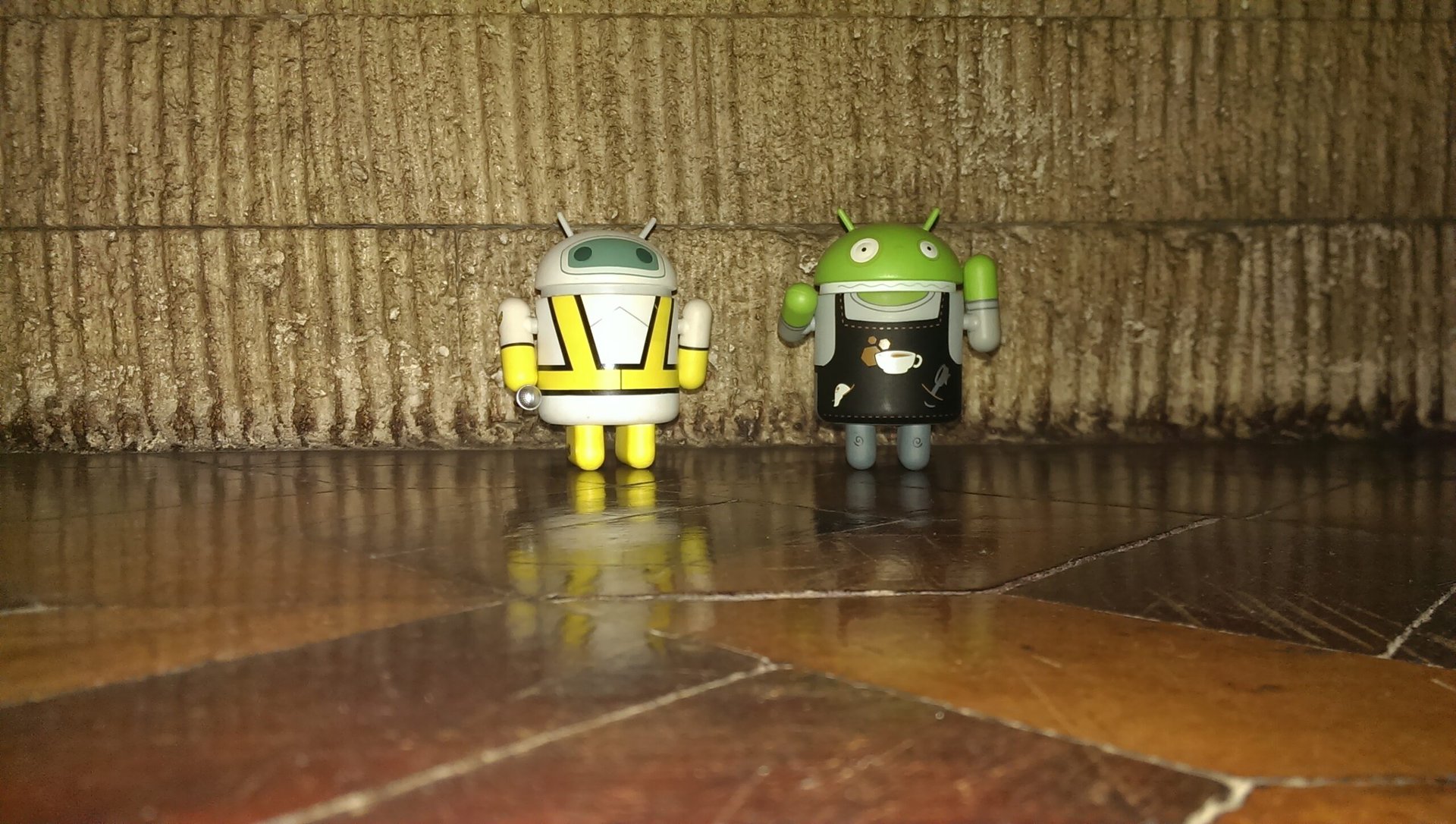
I usually avoid using flash because it alters the colors of an image. In the photo set above, the Galaxy S4 gave off a bluish light that sprayed blue tint on the subjects. The HTCOne gave off yellowish light and gave the photo a yellowish hue. Both photos captured the subjects clearly, but the flash seems to be isolated to the center of the field of view.
Here’s the last batch of indoor photos, captured in Night Mode:
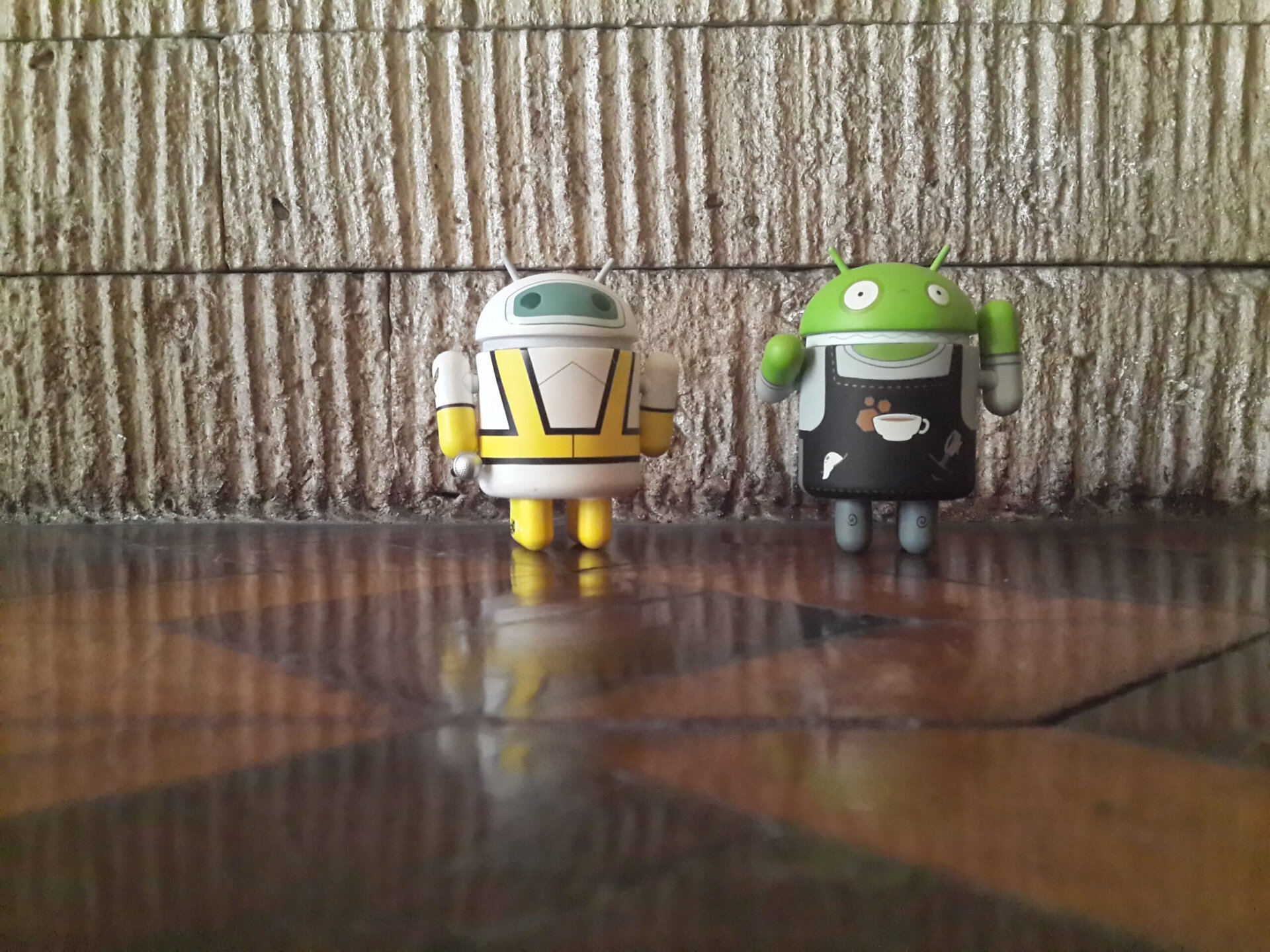
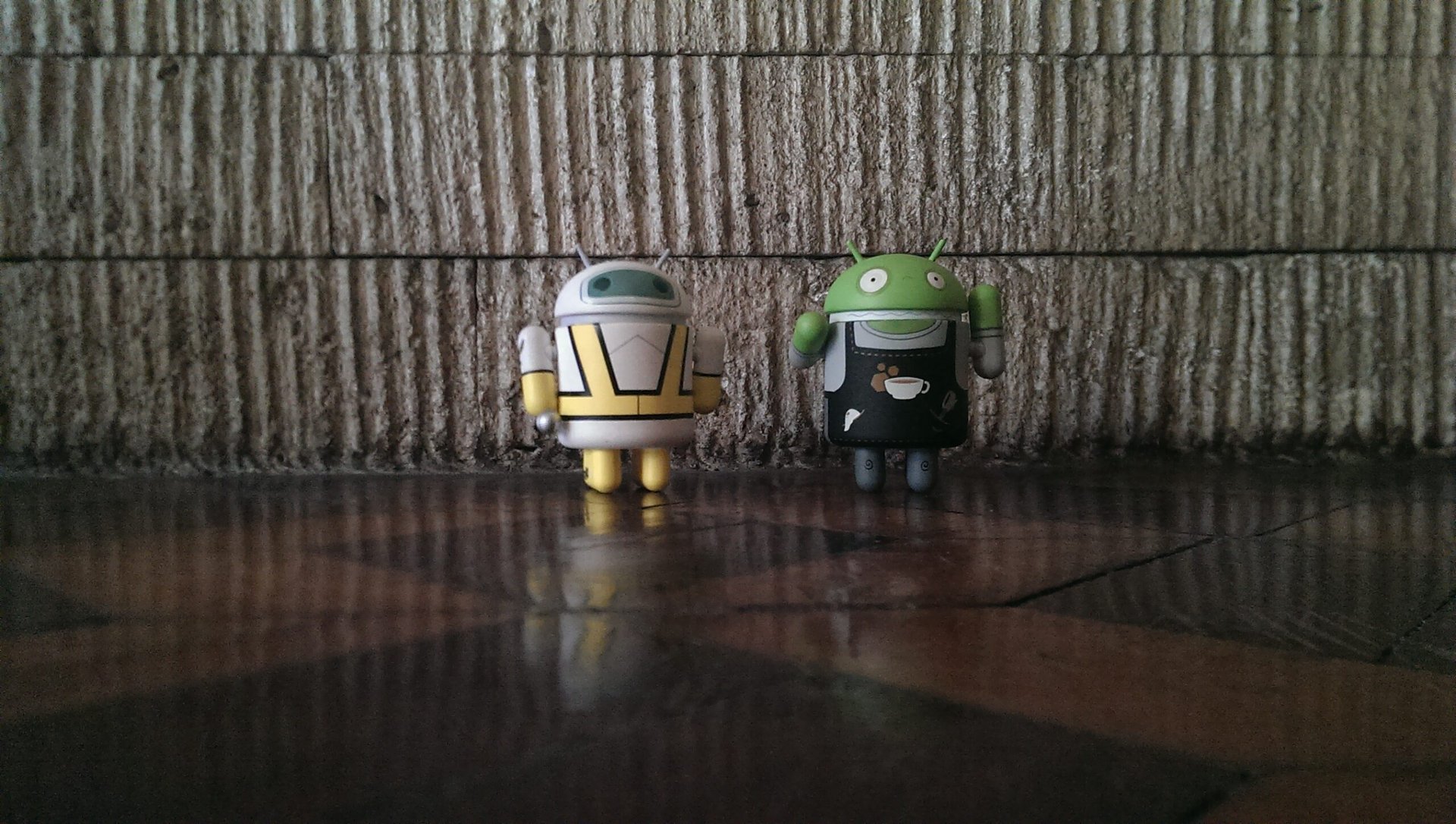
The Galaxy S4’s image came out brighter and clearer than HTCOne’s image; the Galaxy S4 seemed to have properly evened out the exposure. If you look back to our first set of indoor images (Normal Mode, no flash), the HTCOne’s photo was actually better on Normal Mode than this one on Night Mode. In this set, the HTCOne’s image is a bit dull, too sharp, and grainier than Galaxy S4’s photo.
For indoor shots and for shots in dim lighting conditions, the HTCOne seems to work best in Normal Mode against the S4 in Auto Mode. But, the Galaxy S4 also appears to provide better images with Night Mode enabled against the One with Night Mode enabled. Flash photography on both phones captures clear photos but result in some yellowish or bluish hue or tint.
In the next section, continue reading about the image quality of outdoor shots made by the HTCOne and Galaxy S4 for both daytime and nighttime shooting.
Daytime, outdoor shots
Daytime outdoor shots are where things get more interesting and more fascinating — primarily because of the availability of enough natural lighting from the sun.
For all of the daytime outdoor shots in this section, the two cameras were set to use the highest image resolution with 16:9 aspect ratio (i.e., 9 MP on the Galaxy S4 and 4 MP on the HTCOne). The HTCOne was set to shoot in Normal Mode and the Galaxy S4 in Auto Mode. ISO sensitivity was set to auto.
The following photos are of the same subject, with the photographer standing in place. The phone cameras were set to Auto/Normal Mode.
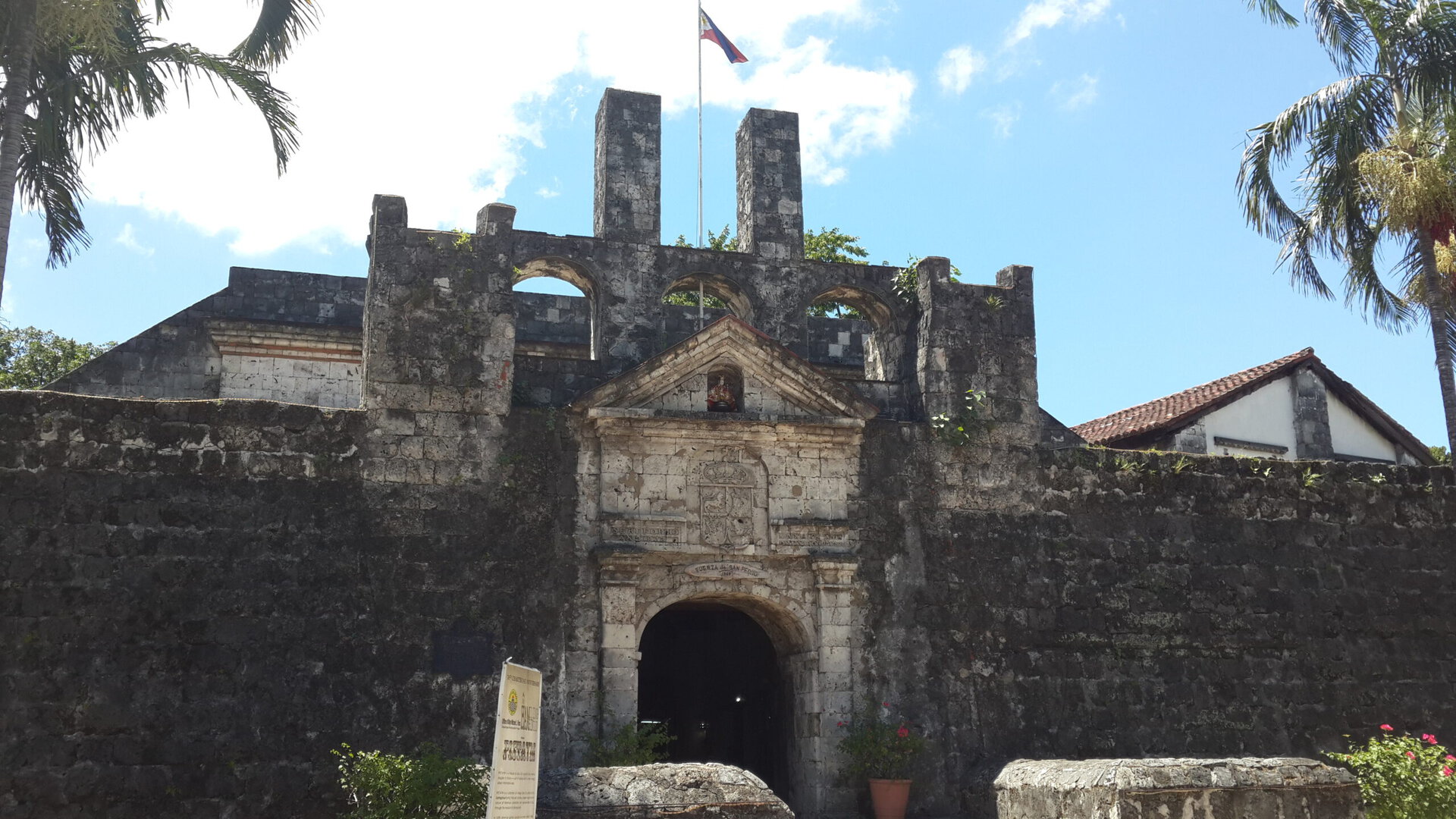
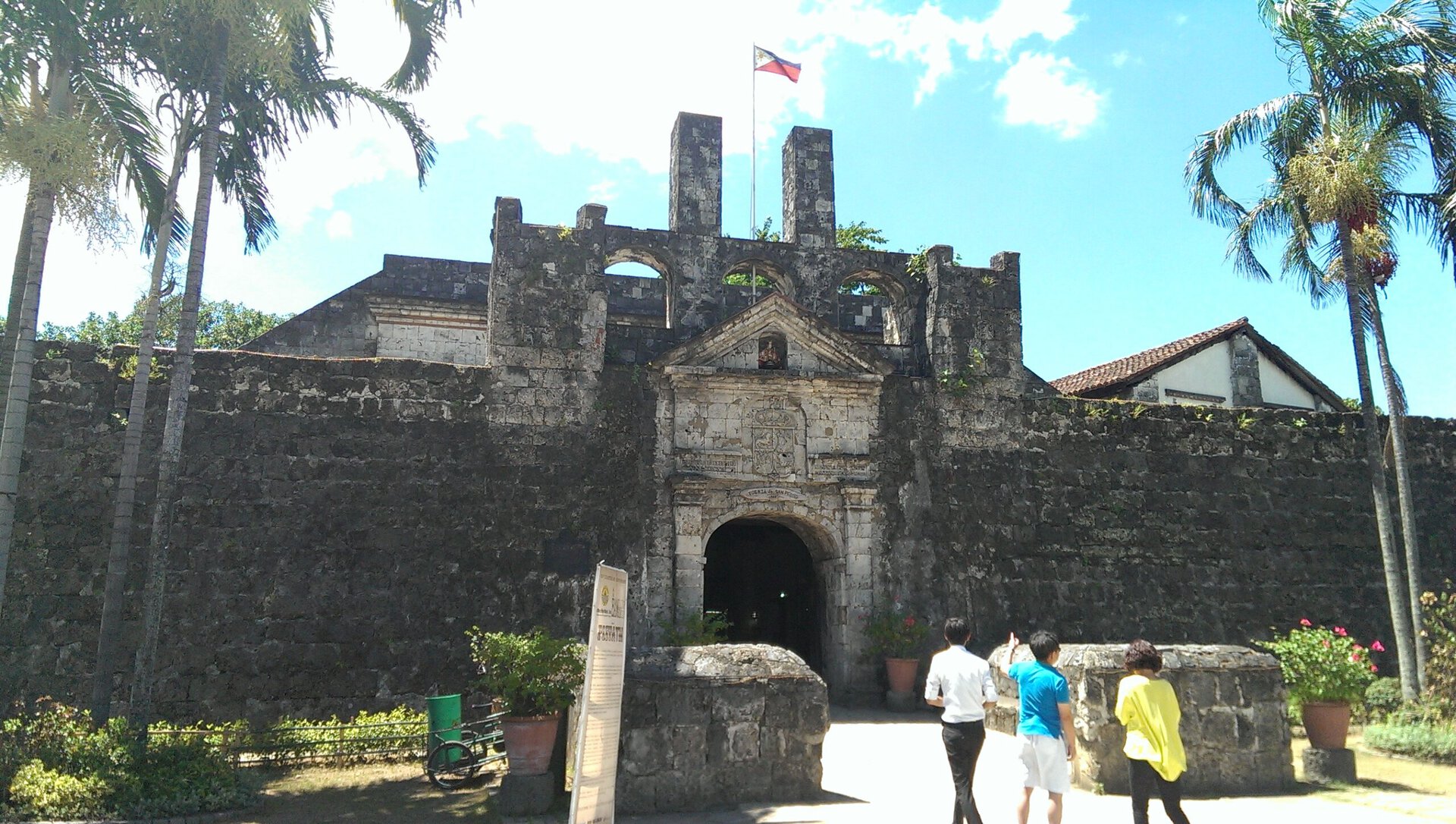
Both images came out crisp under bright settings. The HTCOne’s image is a bit brighter and somewhat overexposed; the colors are slightly washed out.
The HTCOne’s camera also has a wider field of view than the Galaxy S4’s, so the subject in the HTCphoto appeared farther. This means that a wider area can be captured with the HTCOne than with the Galaxy S4. But, more detail can be seen with the Galaxy S4 with its higher MP count.
Both cameras come with 4X Digital Zoom capability. To compare which camera produced better zoomed images, we took the following photos:
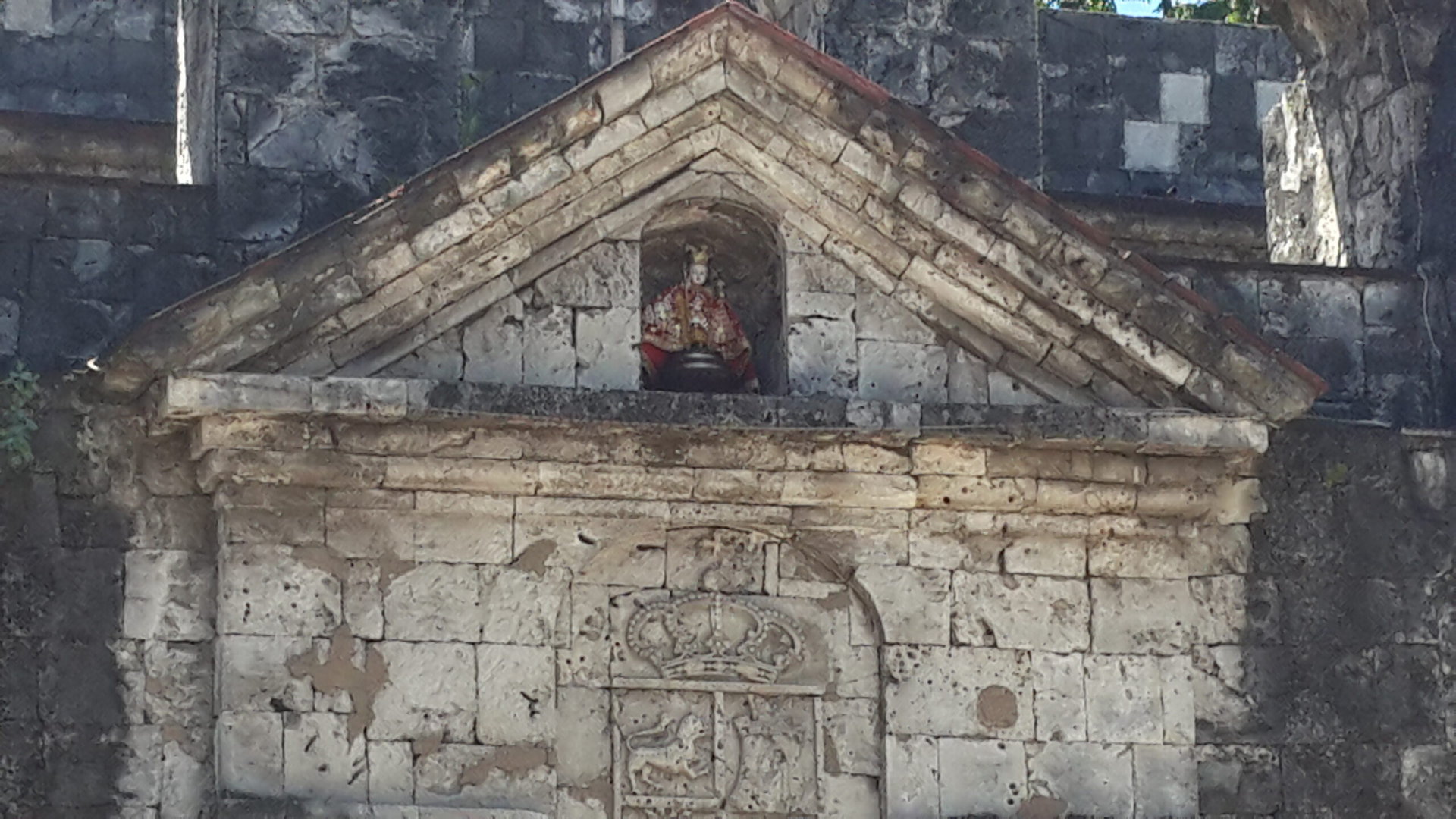
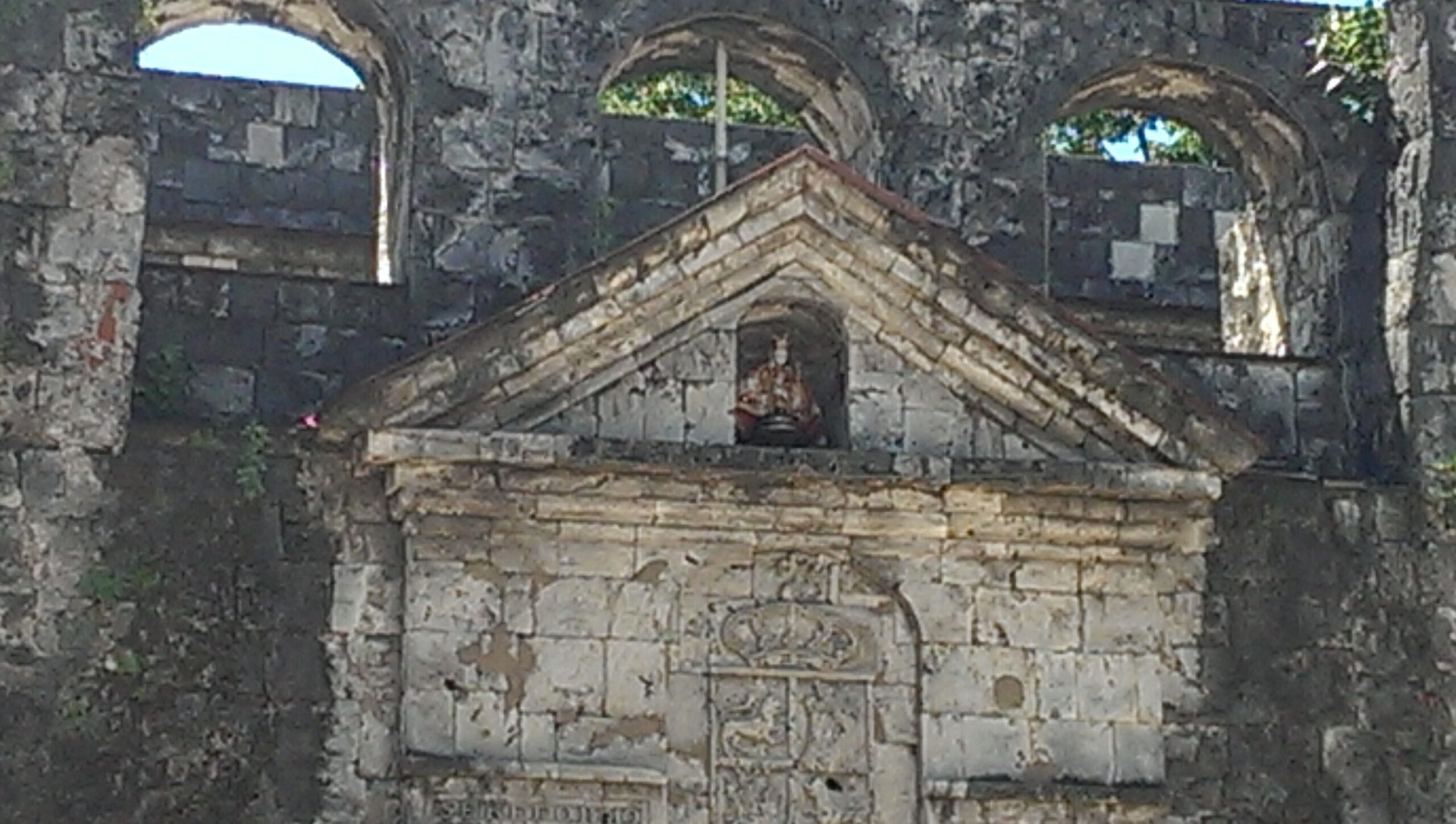
At maximum zoom, the Galaxy S4 with its higher megapixel count captured more detail than did the HTCOne.
We wanted to test the High Dynamic Range (HDR) capabilities of the two phones, too. The left photo in each set below is the HDR photo, and the one to its right is the normal photo captured with Auto Mode. Both were shot in daylight.
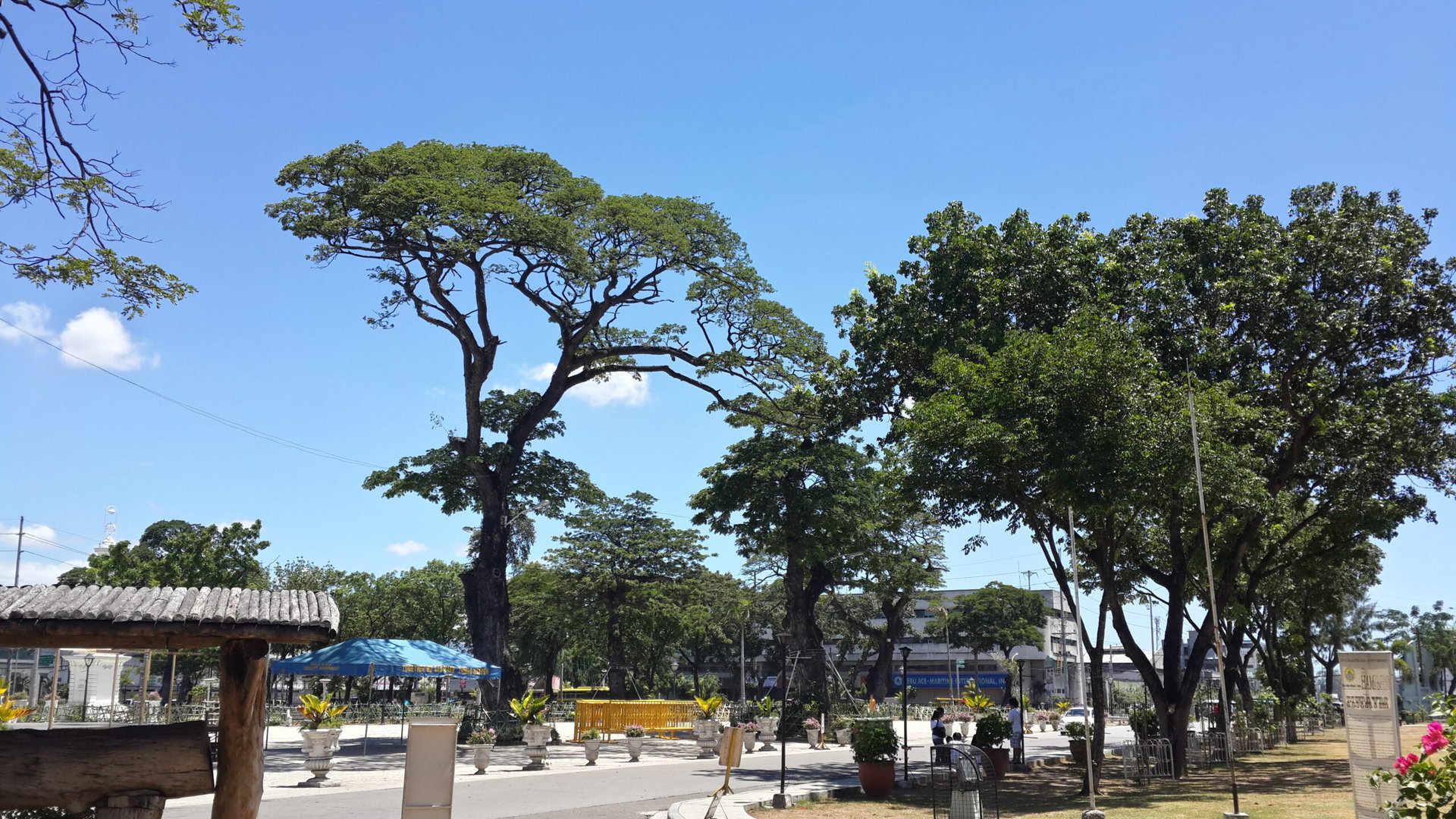
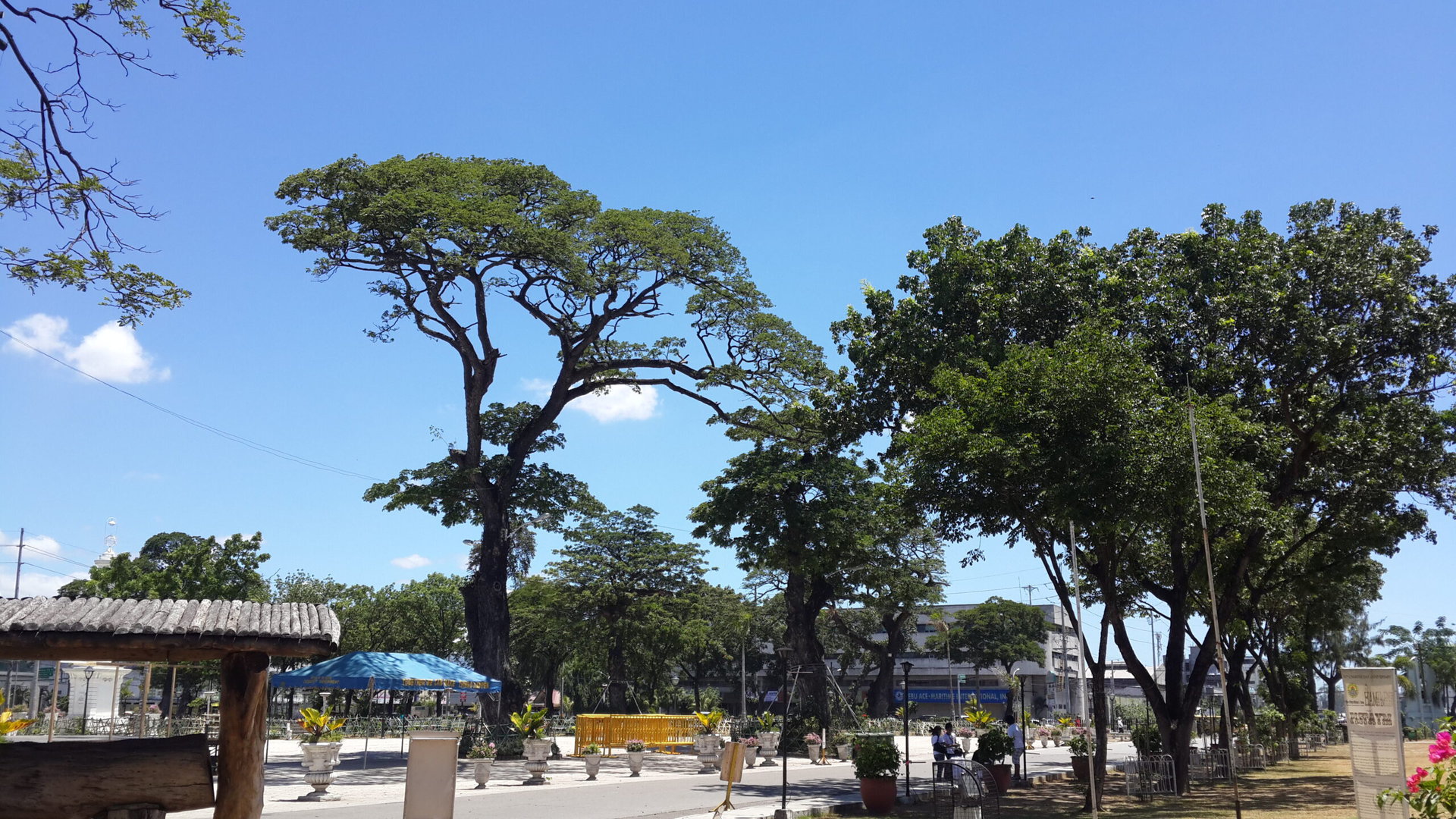
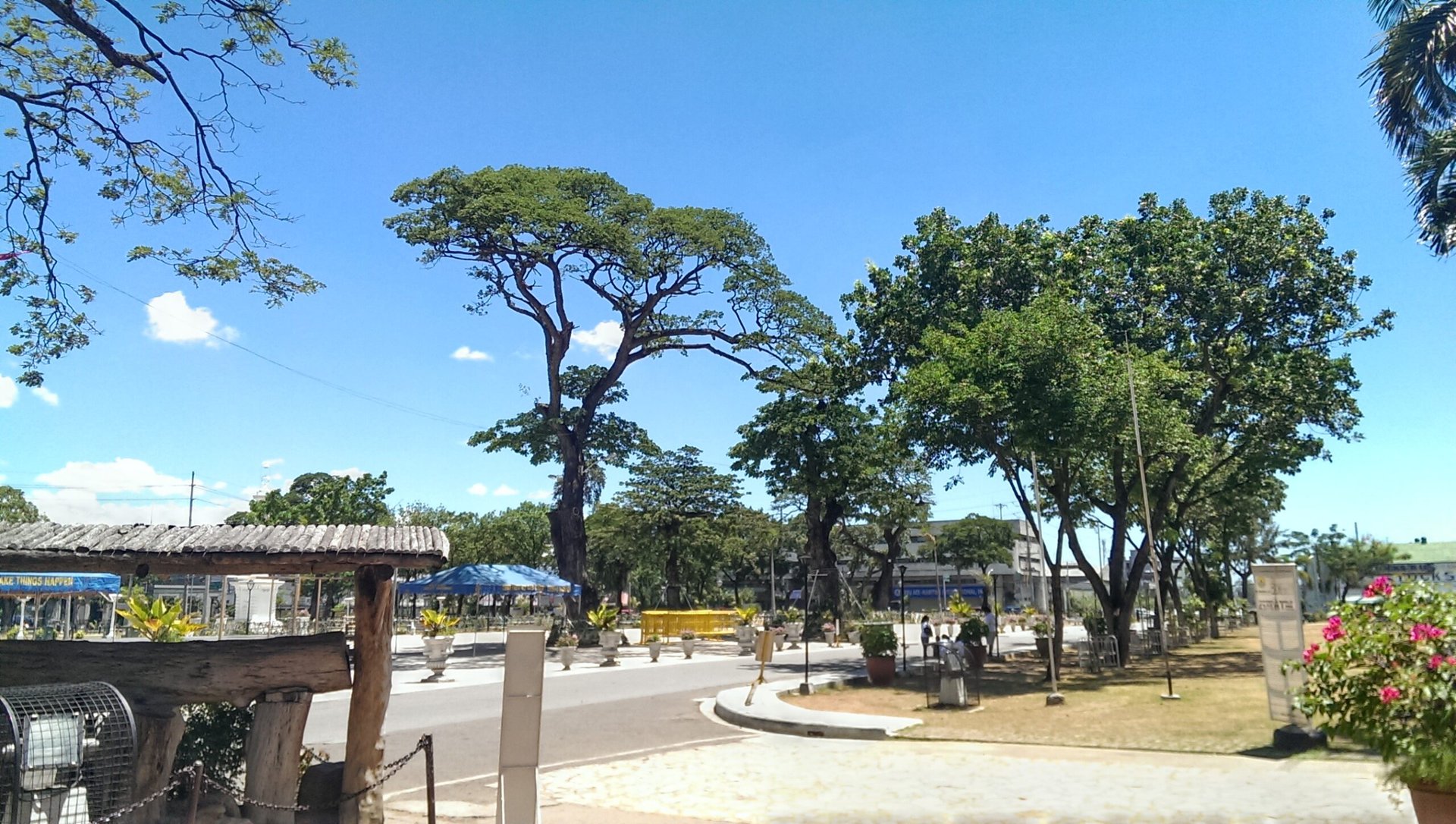
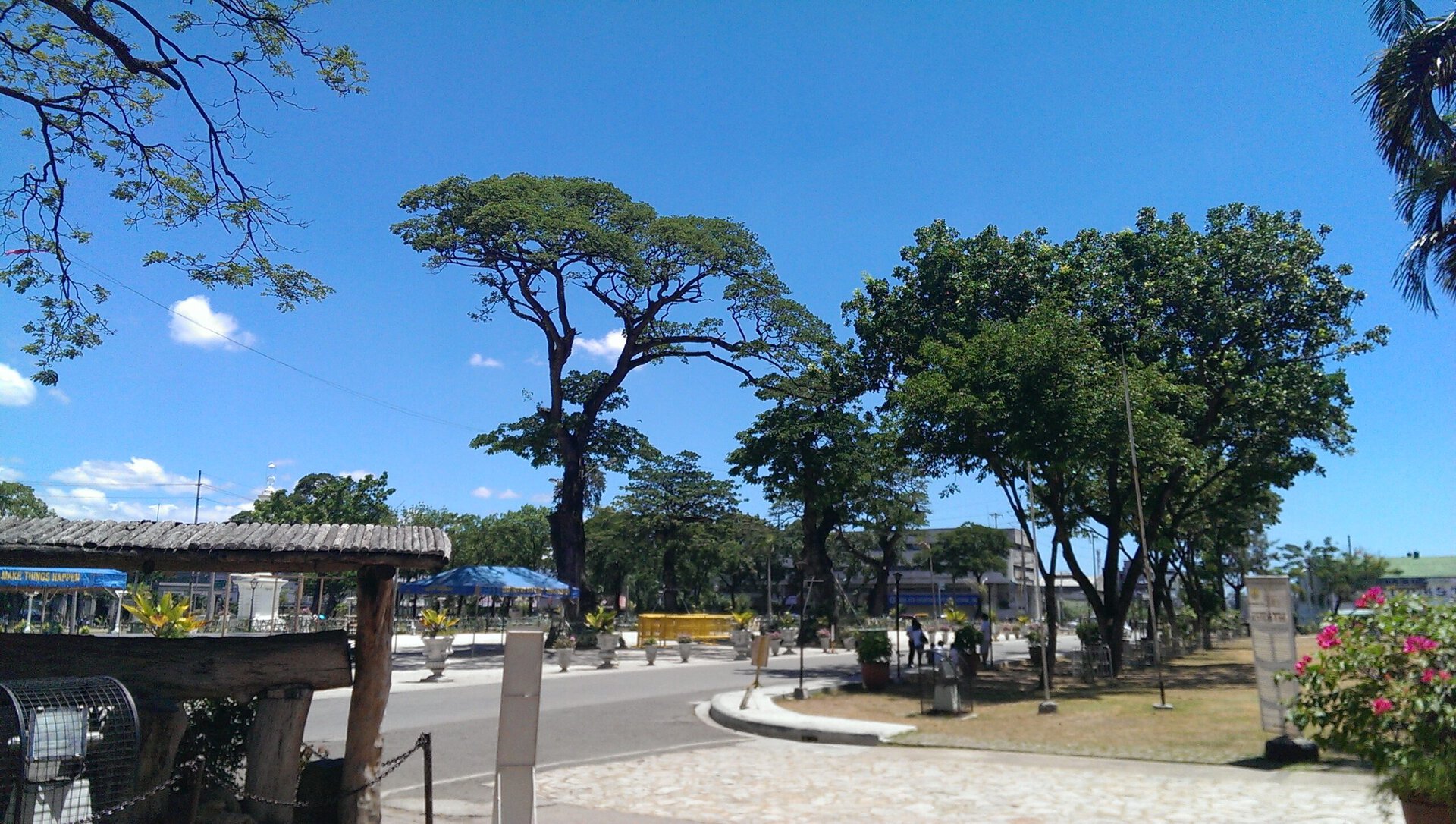
The base (normal) images differ in color contrast. The Galaxy S4 seems to have adjusted the contrast equally, resulting in more realistic color. The HTCOne’s image contrast seems sharper, making the sky bluer and the trees greener.
With HDR enabled, the Galaxy S4’s image looks nearly the same as its base image, but on closer inspection, the shadows on the HDR image have become less dark. The HTCOne’s HDR image seems to have fixed the contrasted color of its base image — it actually looks nearly the same as the Galaxy S4’s HDR photo but a little brighter.
In both base and HDR versions, the Galaxy S4 still catches more detail than does the HTCOne.
(For more info about HDR, see our other article on how to use HDR on your Android device.)
How well do the cameras perform when capturing close up or macro photos under bright sunlight? To compare, we took the following photos.
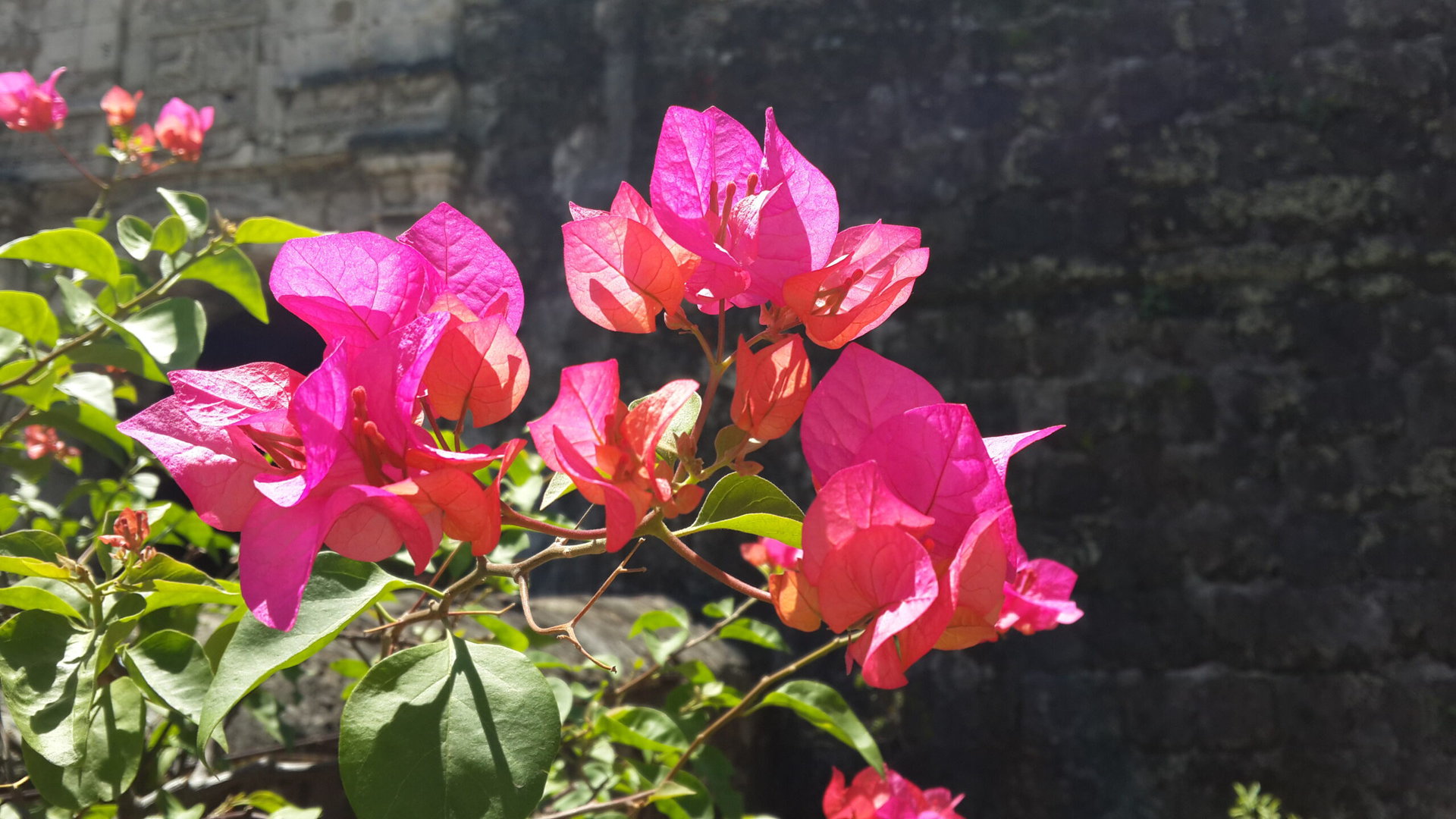
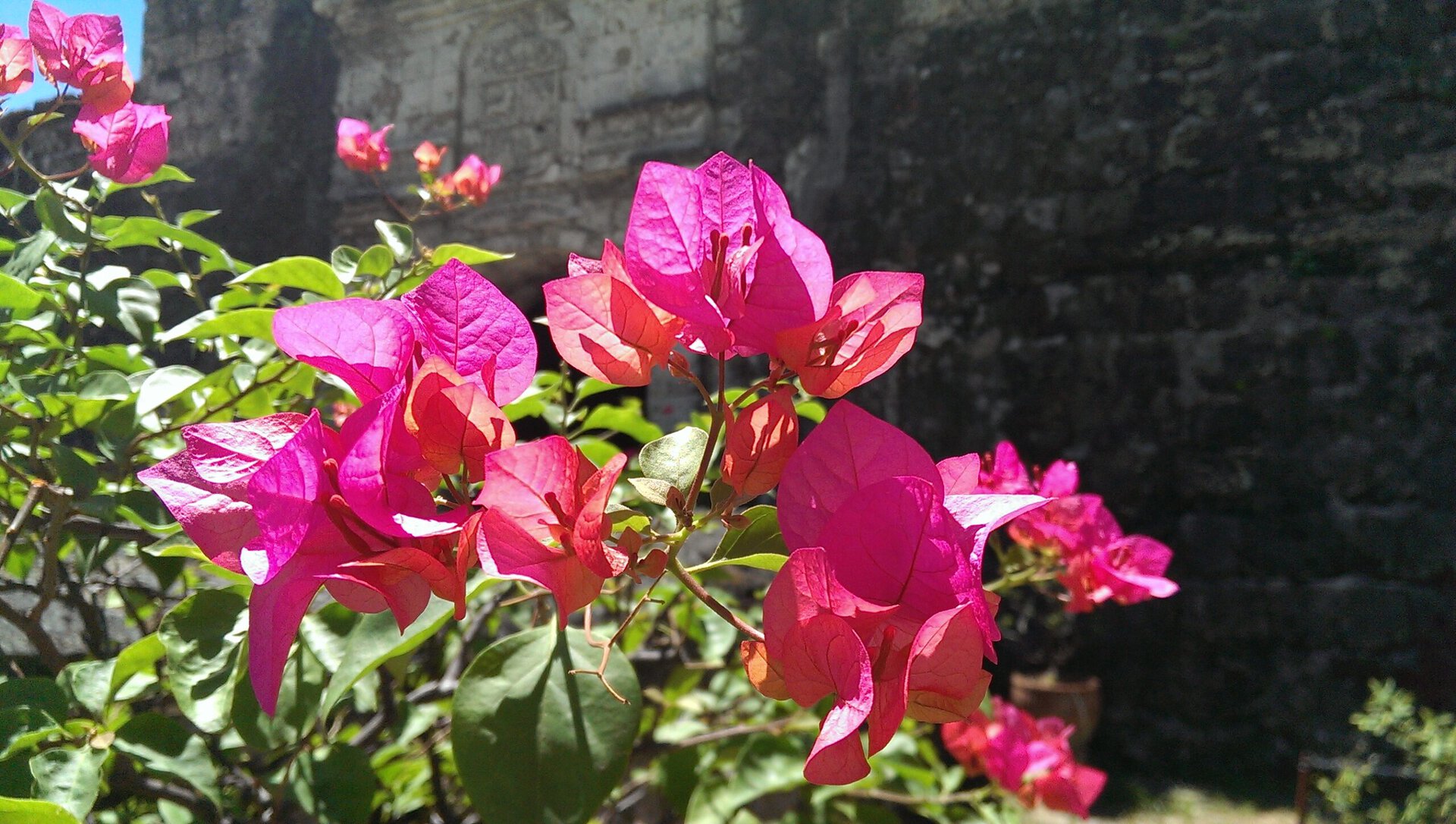
The closeup shots came out sharp, crisp, and vibrant. I find the HTCOne’s photo having sharper contrast, which accounts for the clarity of the flowers and also making the colors too vivid. The Galaxy S4’s version seems to have contrast and sharpness smoothly evened out, rendering a more realistic image.
The Galaxy S4’s photo, though, seems to capture the smaller details, such as the veins on the leaves and petals, although it seems unable to achieve the same blurring (“bokeh”) effect as the HTCOne could. Note that, unlike the Galaxy Camera, the Galaxy S4 doesn’t have Macro Mode.
In the following photos, we continue to compare the image quality of the two cameras as they capture still subjects. In this round, we had the Galaxy S4 photograph the HTCOne — and vice-versa.
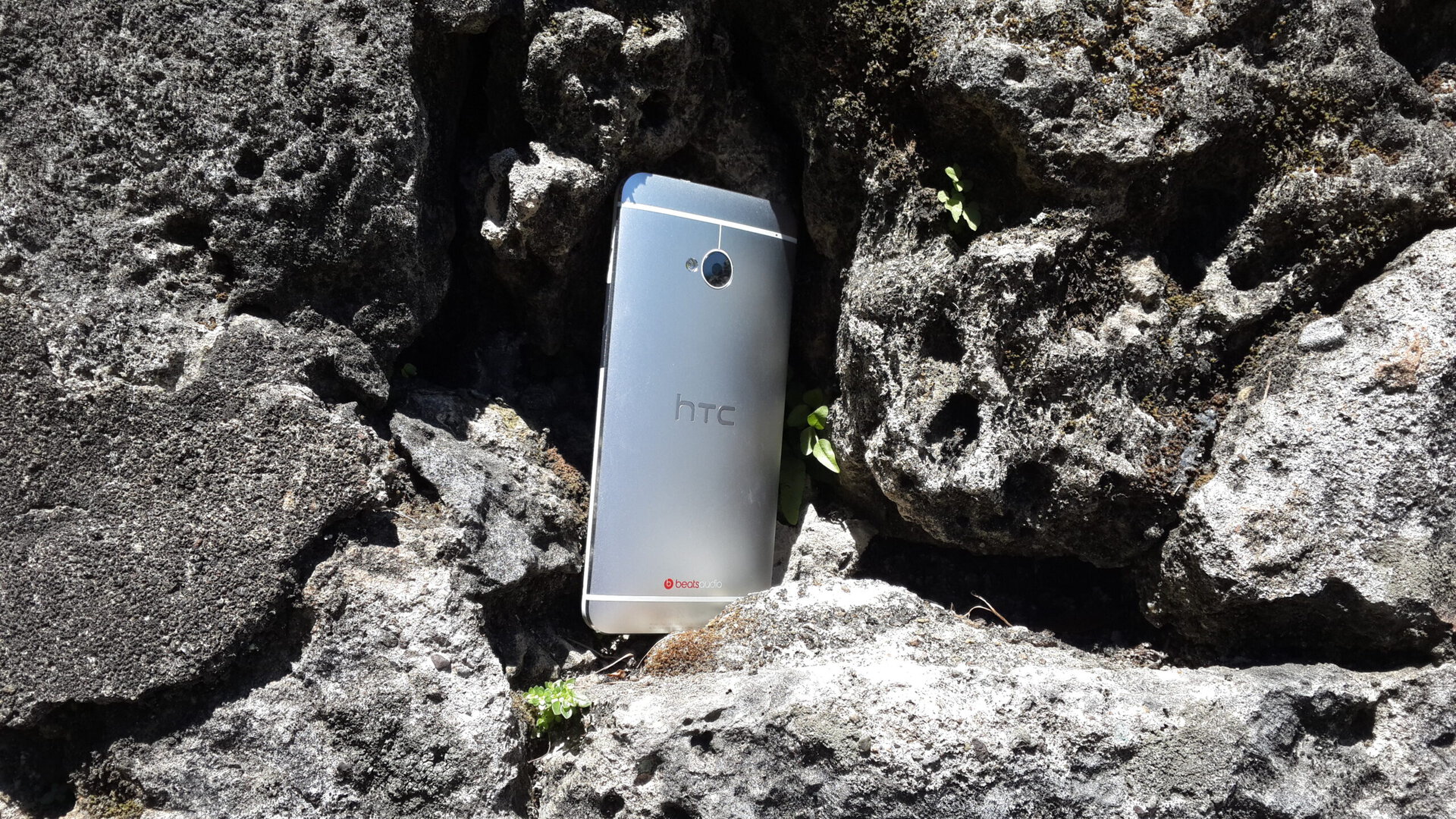
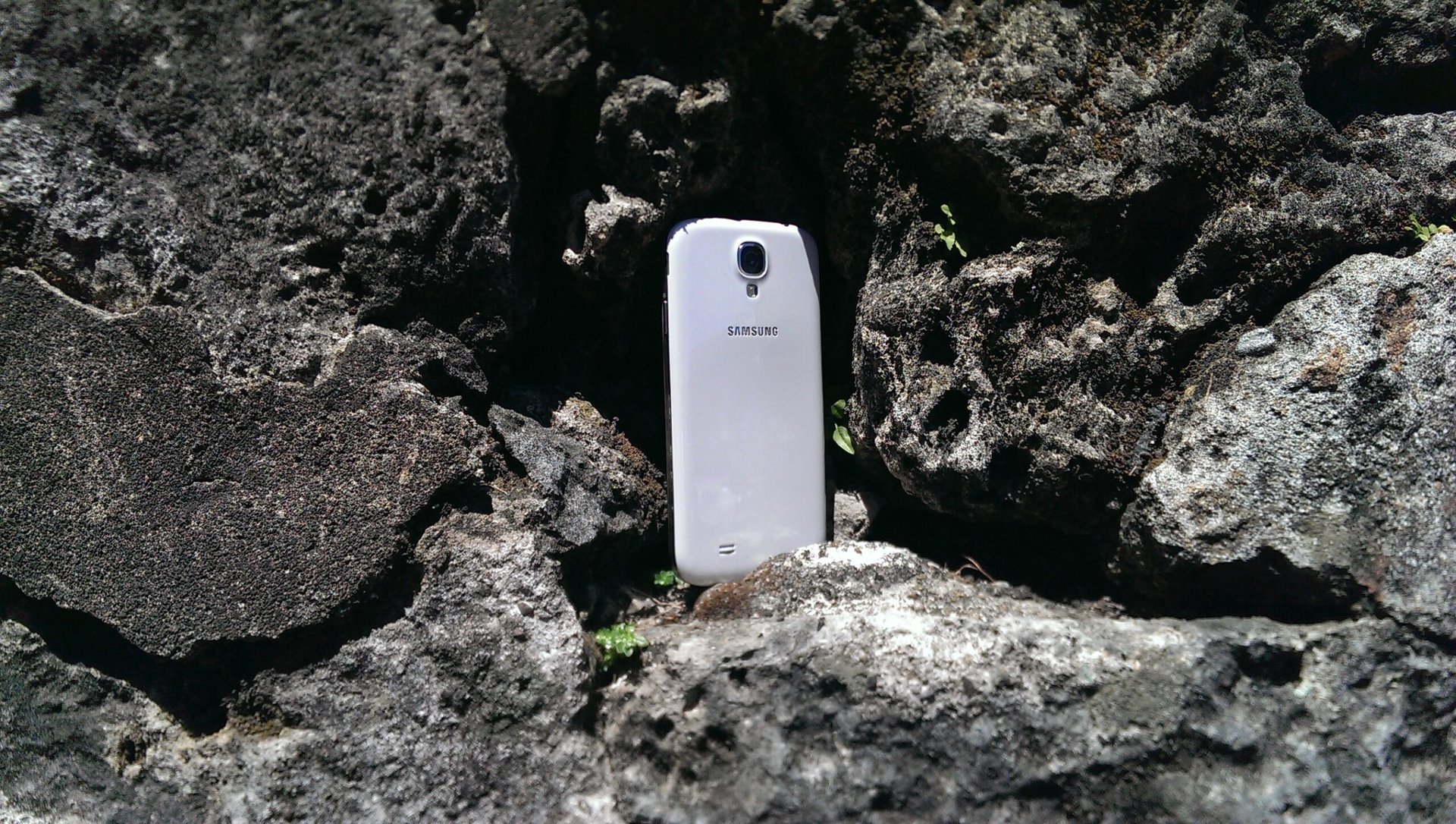
The photo captured by the Galaxy S4 contains more detail, especially if you observe the texture of the stones. It is crisper, sharper, and brighter than the image captured by the HTCOne. Though, there seems to be too much bright area — I might even say overexposed — near the subject’s bottom-right area that was directly hit by sunlight. The image from the HTCOne seems to have attempted to balance exposure and white levels.
What about daytime outdoor videos? Which camera provides better quality? Here are sample panning videos of scenery under broad daylight:
Between the two videos, I like the Galaxy S4’s video more because it is evenly exposed. The HTCOne’s video captured more light, resulting in overexposed areas in the video. In terms of stabilization, I find the HTCOne’s panning movement smoother than the Galaxy S4’s.
As for snapping photos of moving subjects, we decided on a refreshing sight — water geysers that cascade down stone steps. Here are two sets of images from each phone:
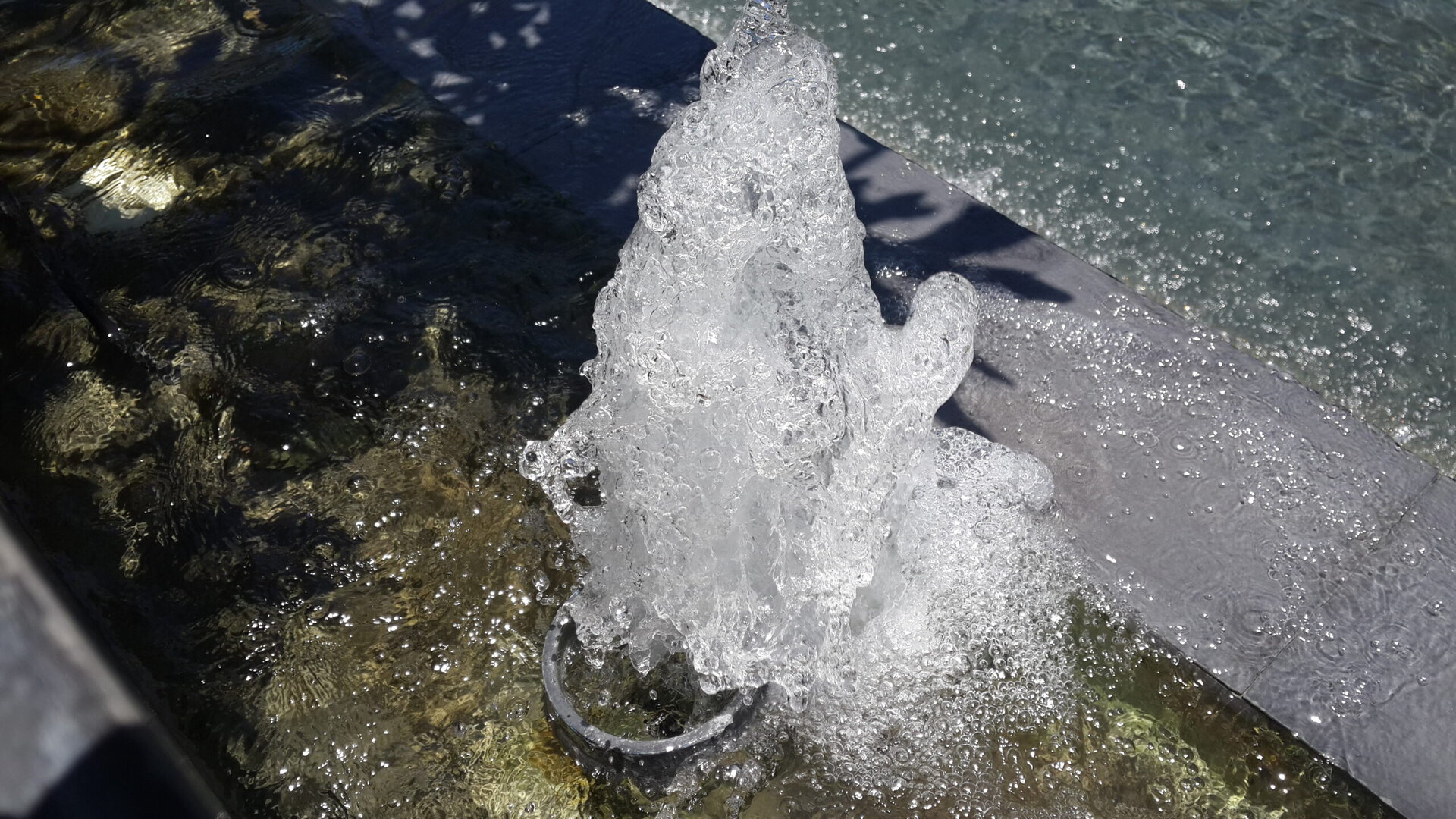
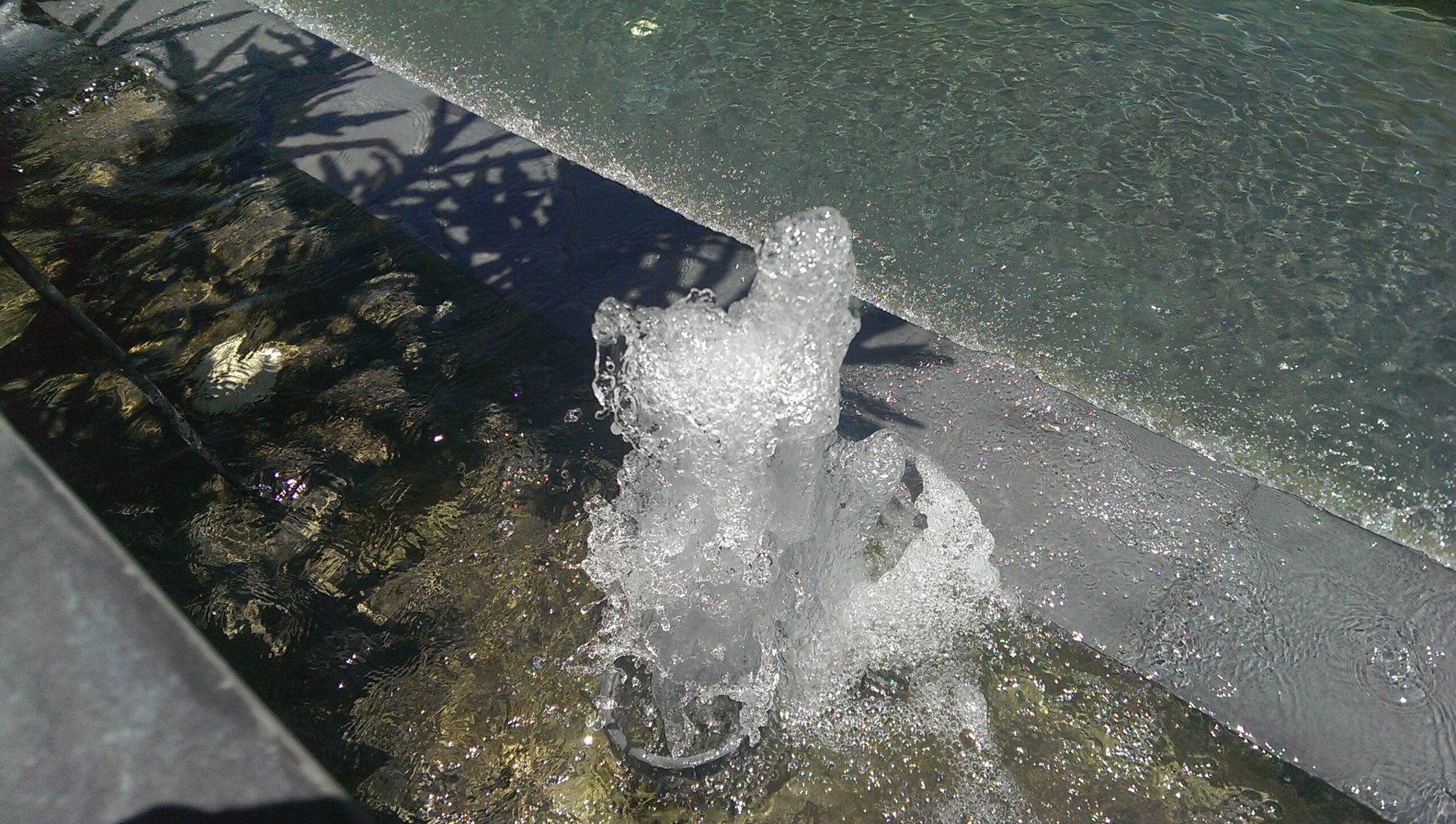
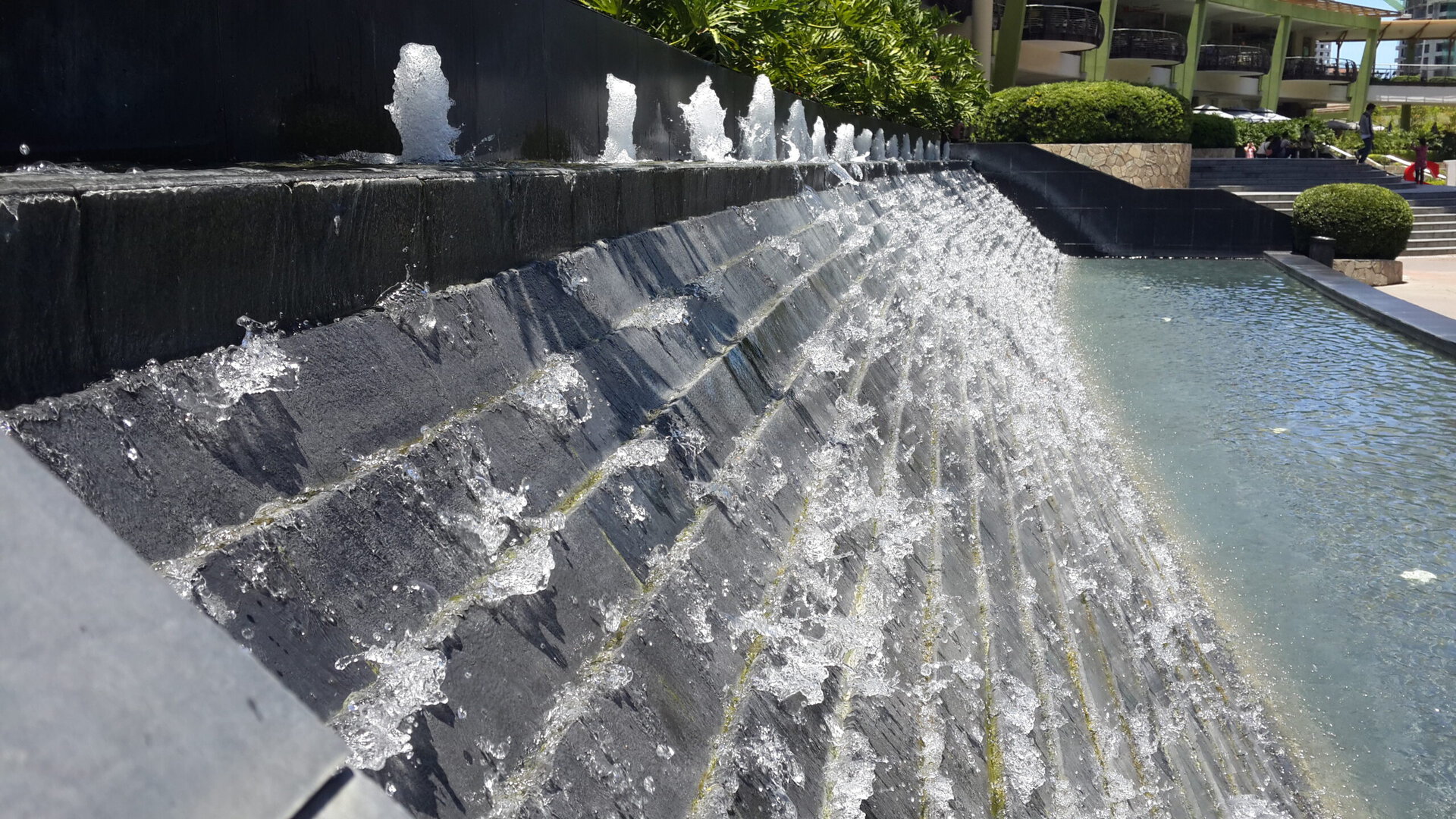
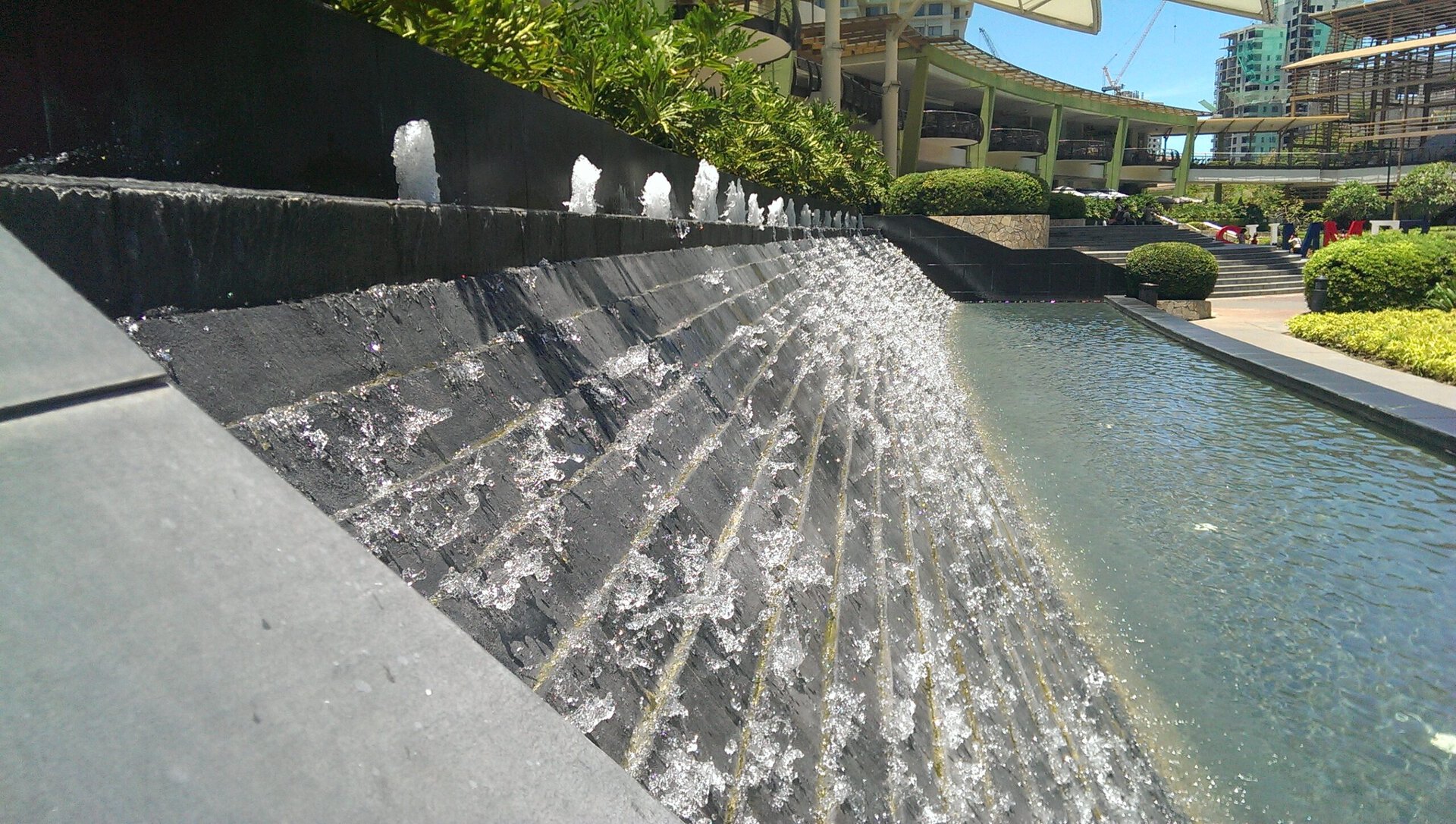
Both cameras framed the upward-spurting water quite well. However, I like the Galaxy S4’s image because it preserves the colors and balances sharpness and smoothness levels, resulting in a more natural-looking picture. Plus, the additional megapixels in the Galaxy S4 camera do help in catching more detail. You’ll see it in action if you view the same area of a subject in full resolution. The HTCOne, on other hand, tends to render washed-out colors and oftentimes smoothens outlines and edges.
While enjoying the refreshing sight of water on that terribly hot day, we also decided to check each phone’s slo-mo video capture powers. Here are sample slo-mo videos from each phone:
The HTCOne’s slo-mo camera can record up to only 768×432 resolution, but the Galaxy S4’s slo-mo camera can do up to 1280×720.
To compare how well each phone’s image stabilization feature works, we recorded this video while walking around the stone fort:
For the set of videos above, I was surprised that the Galaxy S4’s Digital Image Stabilization outsmarted the HTCOne’s Optical Image Stabilization. I observe more minor jitter in the HTCOne’s video than in the Galaxy S4’s. As for colors, the Galaxy S4 video captured dull but realistic colors, while the HTCOne showed more contrast, creating more saturated but less realistic colors than does the Galaxy S4.
Some cameras perform well under direct sunlight but not well enough in the shade. So, we tested the two cameras under partial shade and full shade. In the photos below, the Galaxy S4’s camera was on Auto Mode with 13 MP (4:3) resolution. The HTCOne was set on Normal Mode with 4 MP (16:9) resolution.
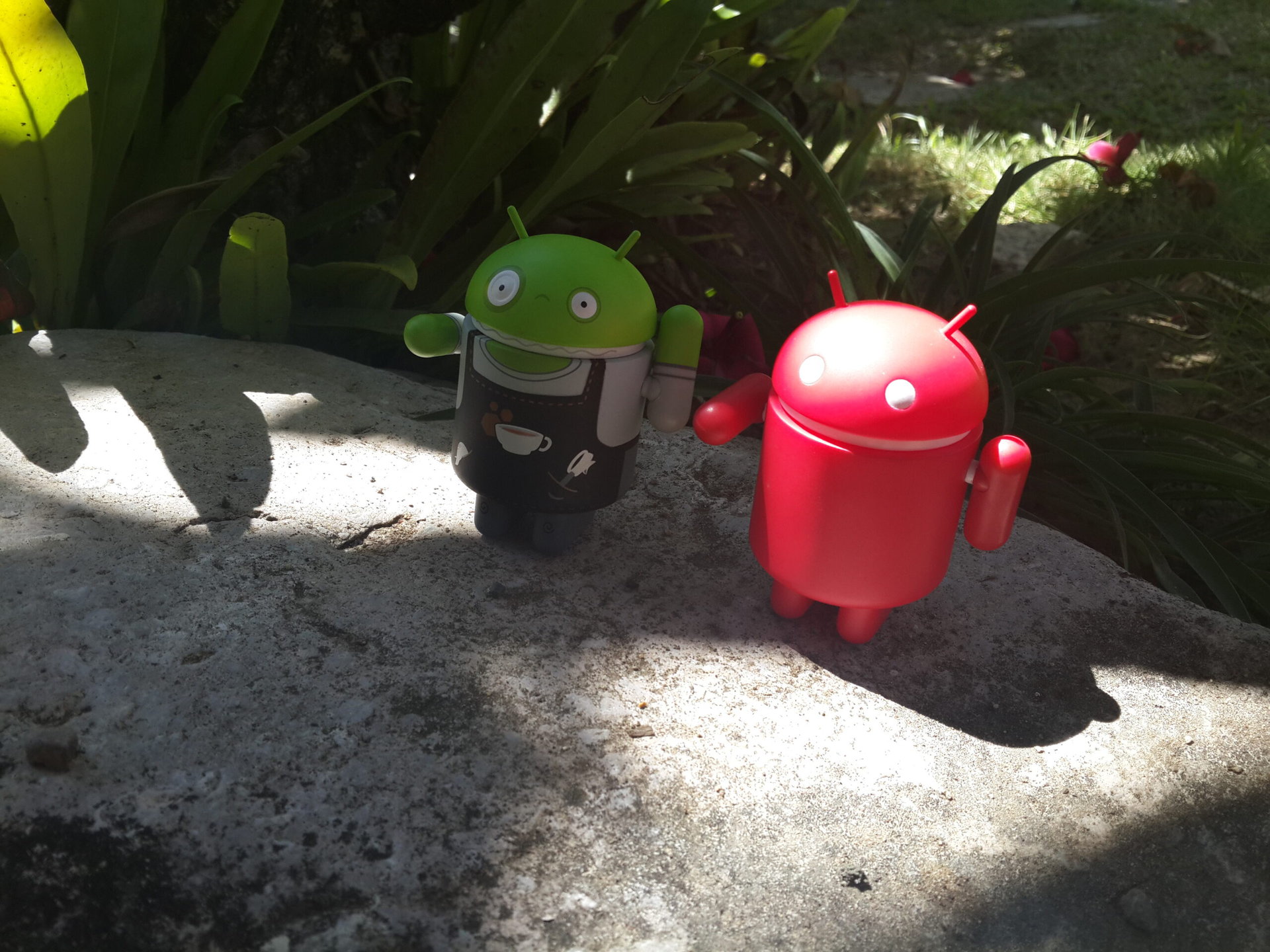
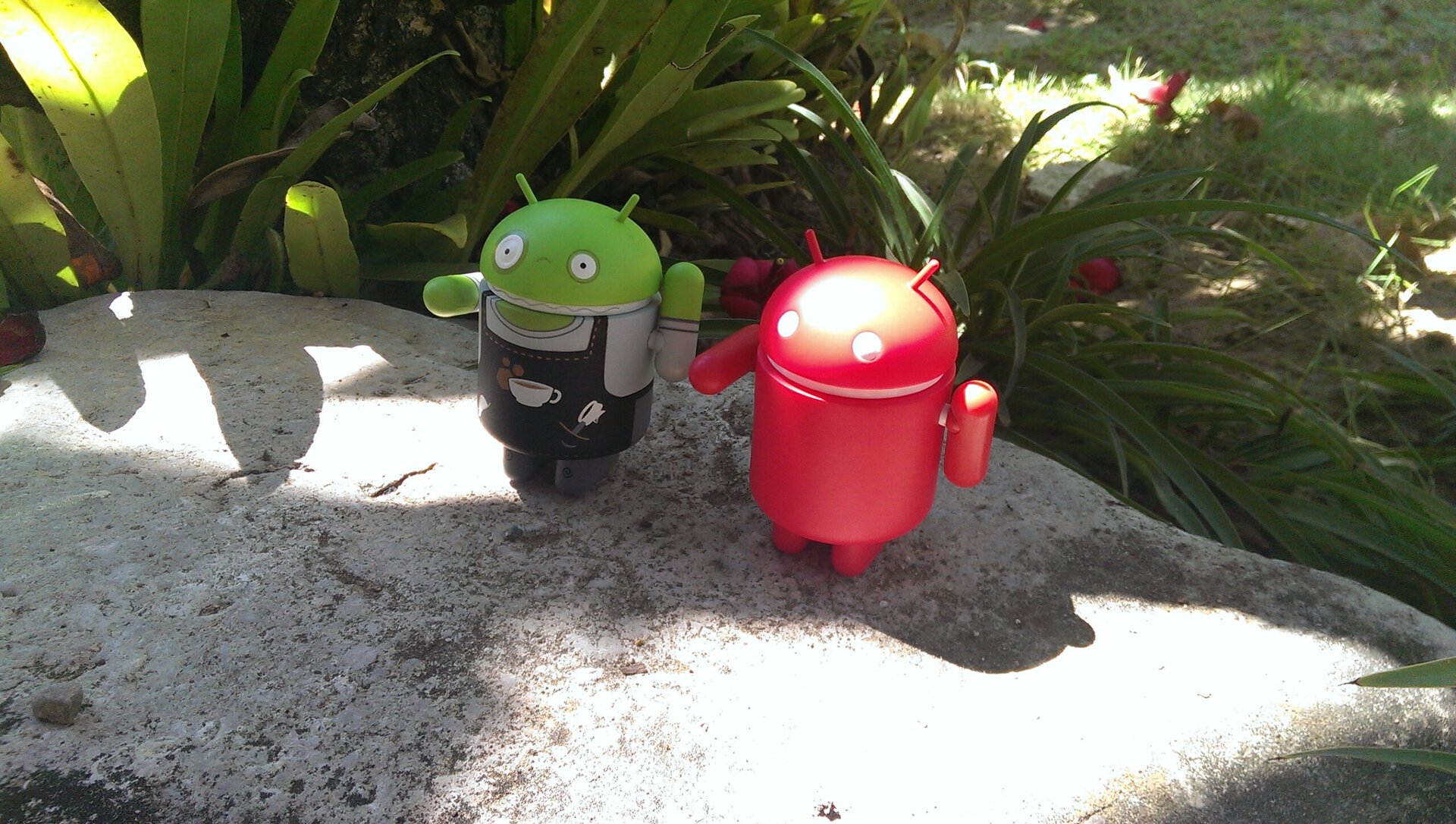
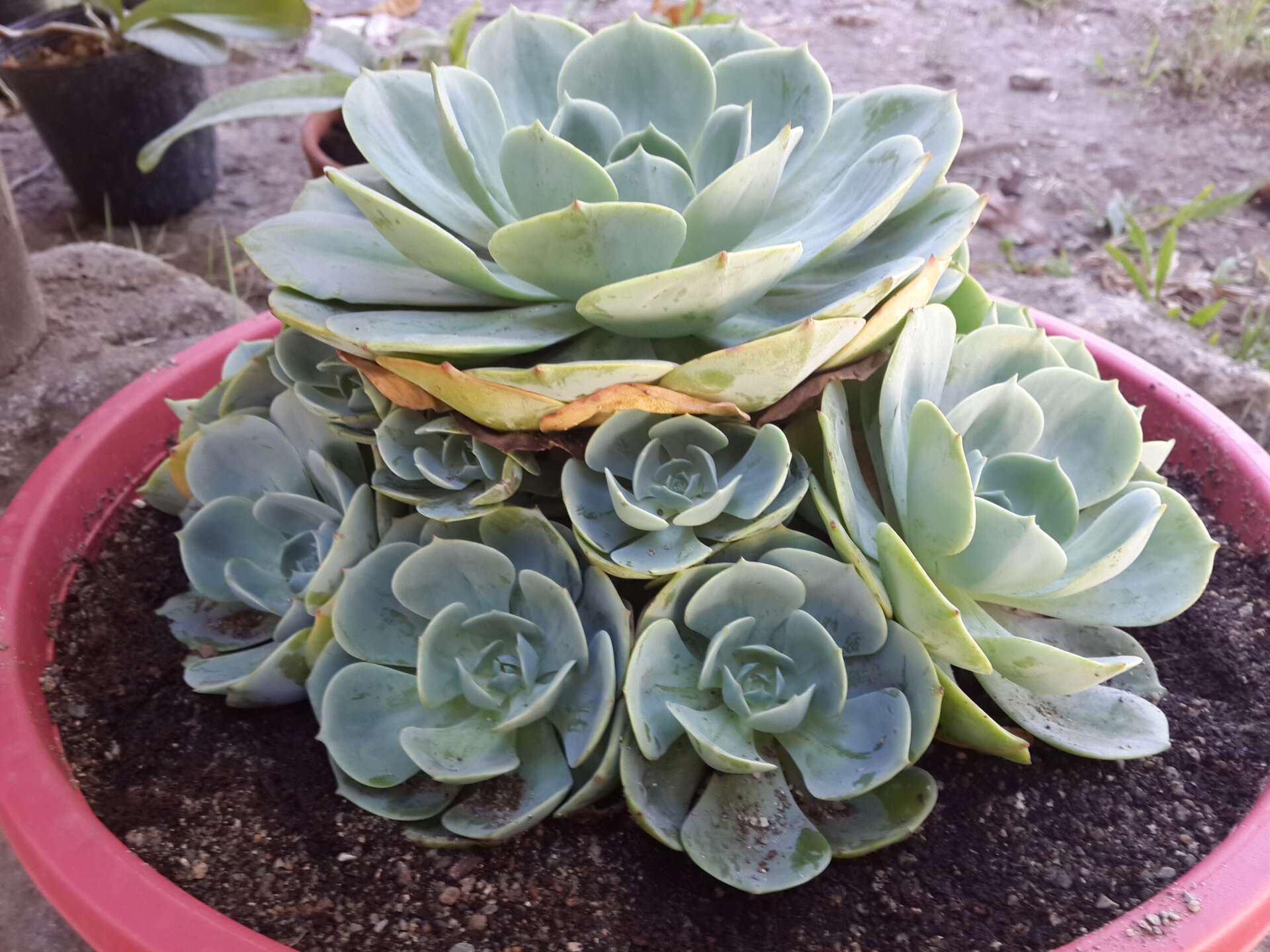
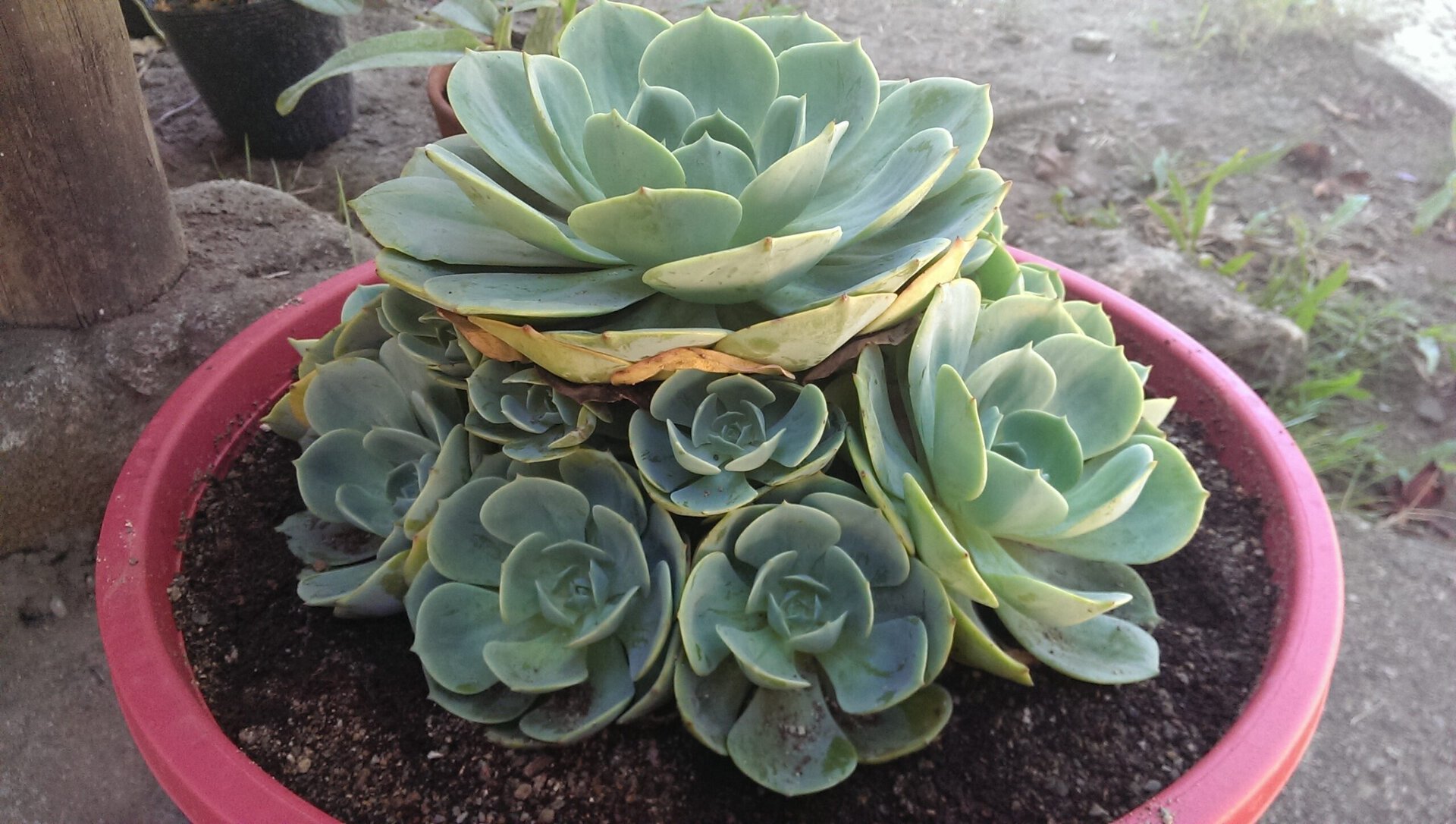
In the partial shade photo, the Galaxy S4 tried to compensate for the bright areas by decreasing light sensitivity, resulting in evenly exposed bright areas. However, this made dark areas darker because of the lowered sensitivity to light. Fewer details are caught here because the image is darker. In contrast, the HTCOne equally balanced out light from the sun while keeping the dark areas well-lit.
Under full shade, the Galaxy S4 produced a slightly overexposed image with washed-out colors. I find the HTCOne’s photo to be equally exposed and having realistic colors.
Nighttime, outdoor shots
Not all photos are shot during the day. Some folks need to use their smartphone cameras at night, when lighting can be potentially scarce. Can the HTCOne and Galaxy S4 prove to be excellent even for nighttime use?
The first photo in each set below was taken with Auto Mode, the second one with Night Mode enabled, and the third with HDR Mode enabled.
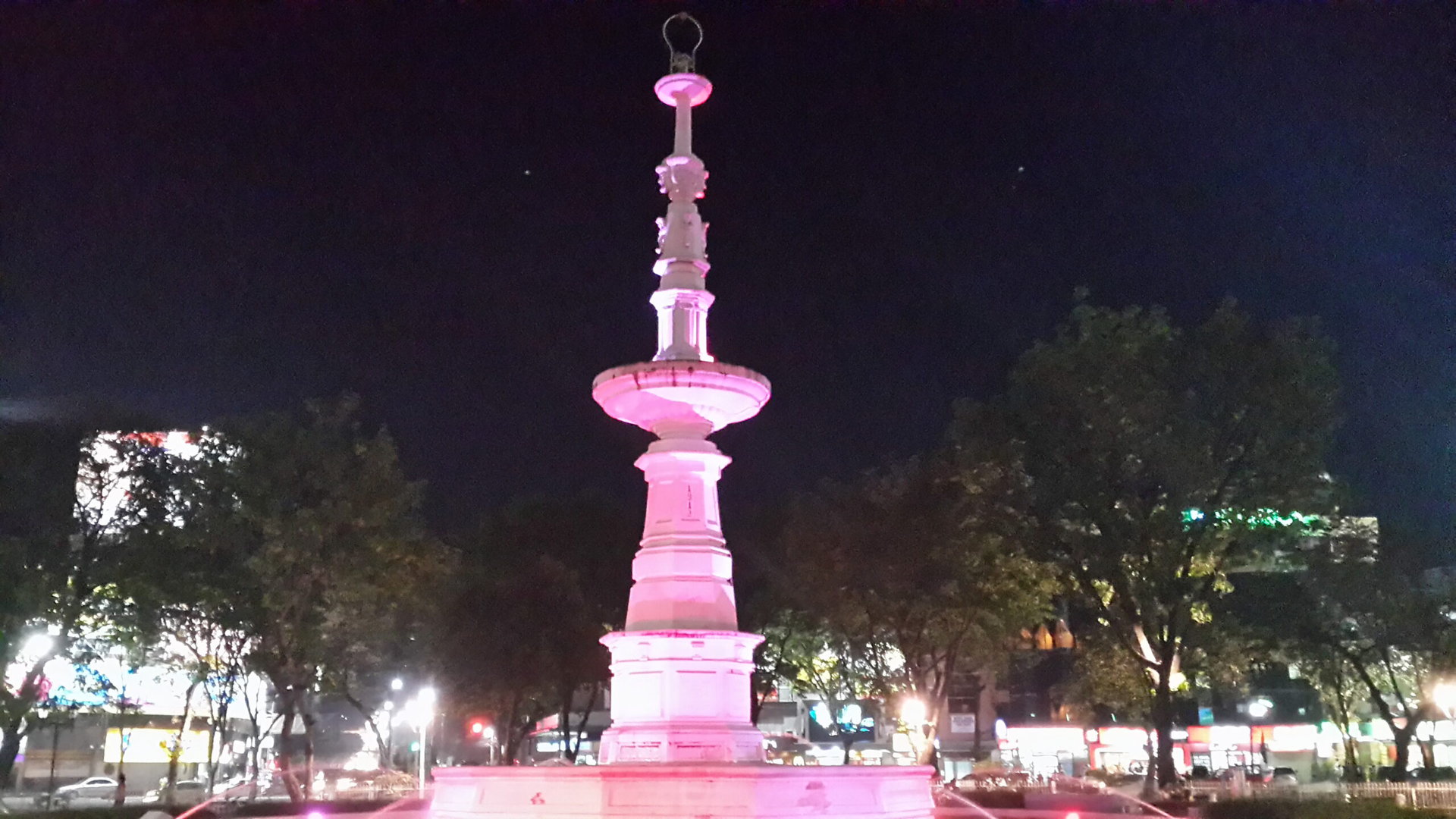
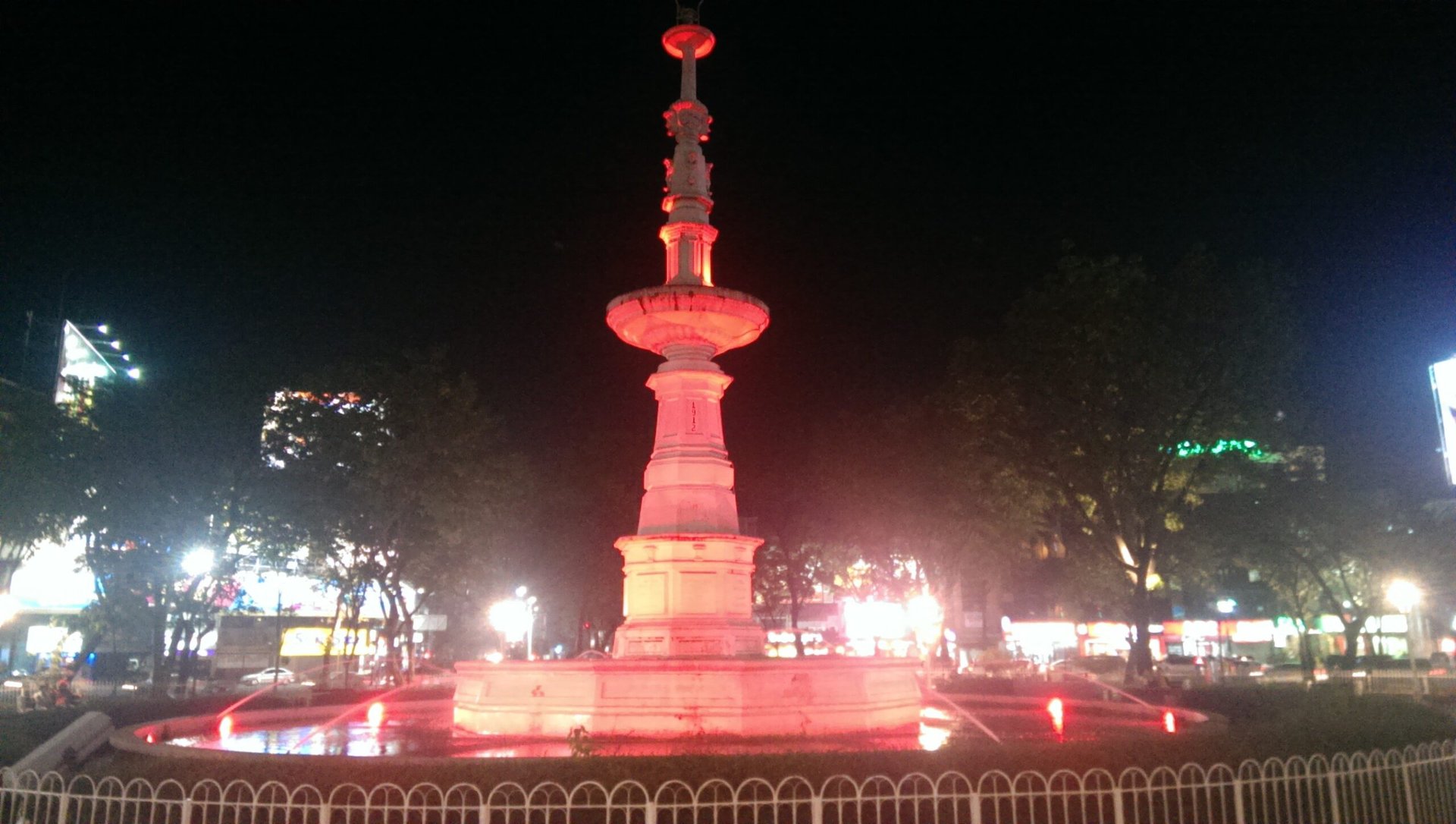
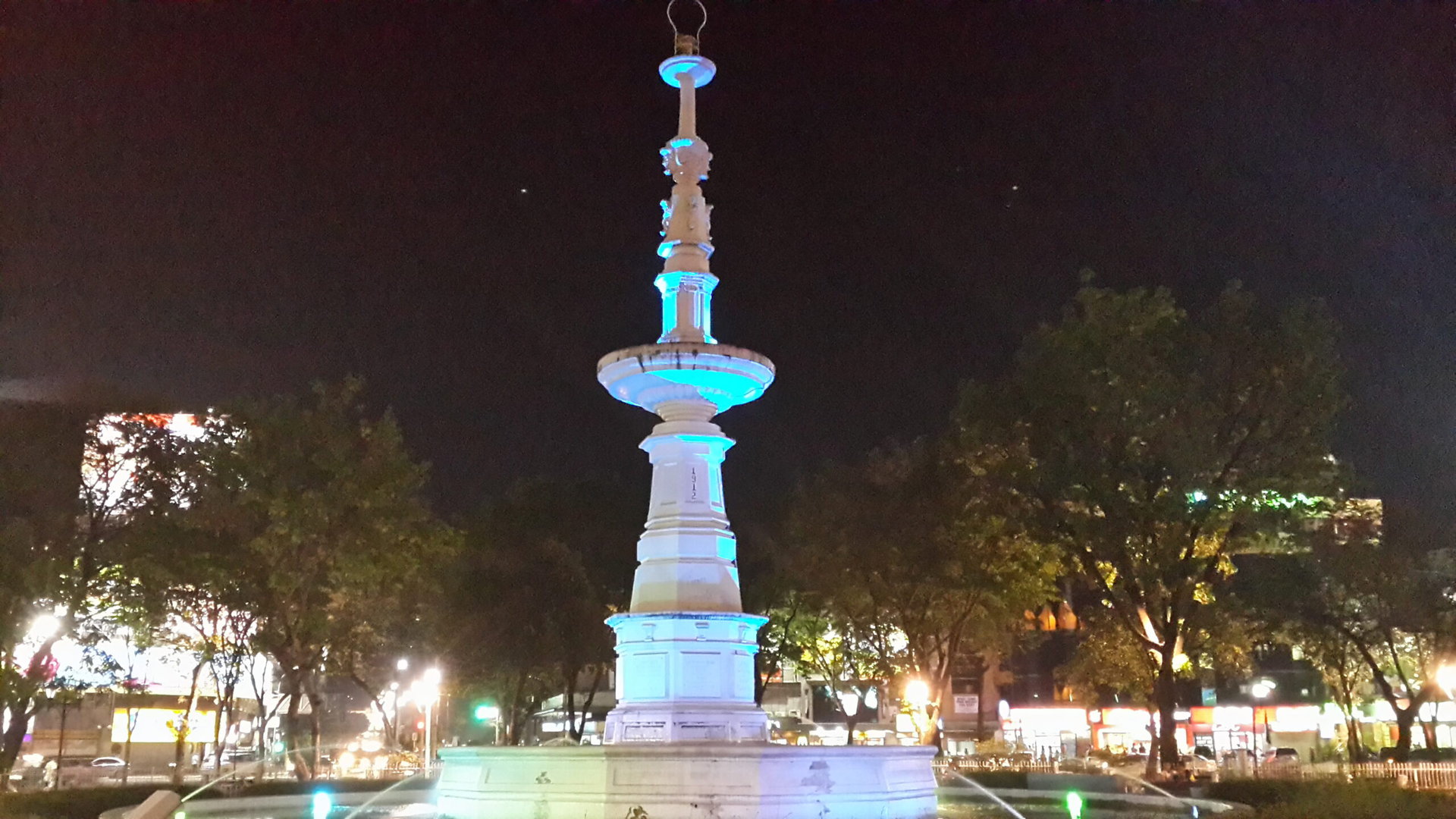
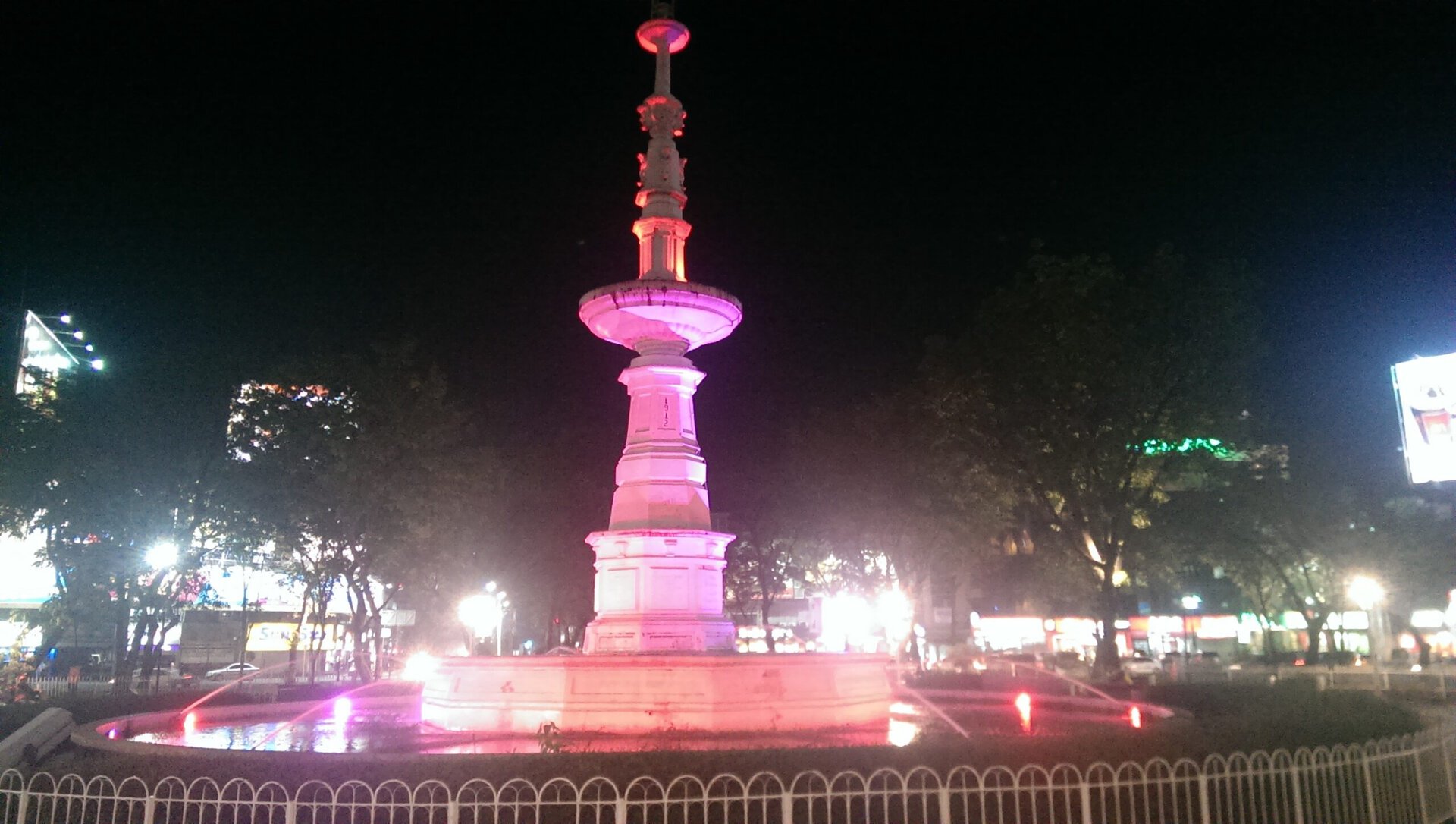
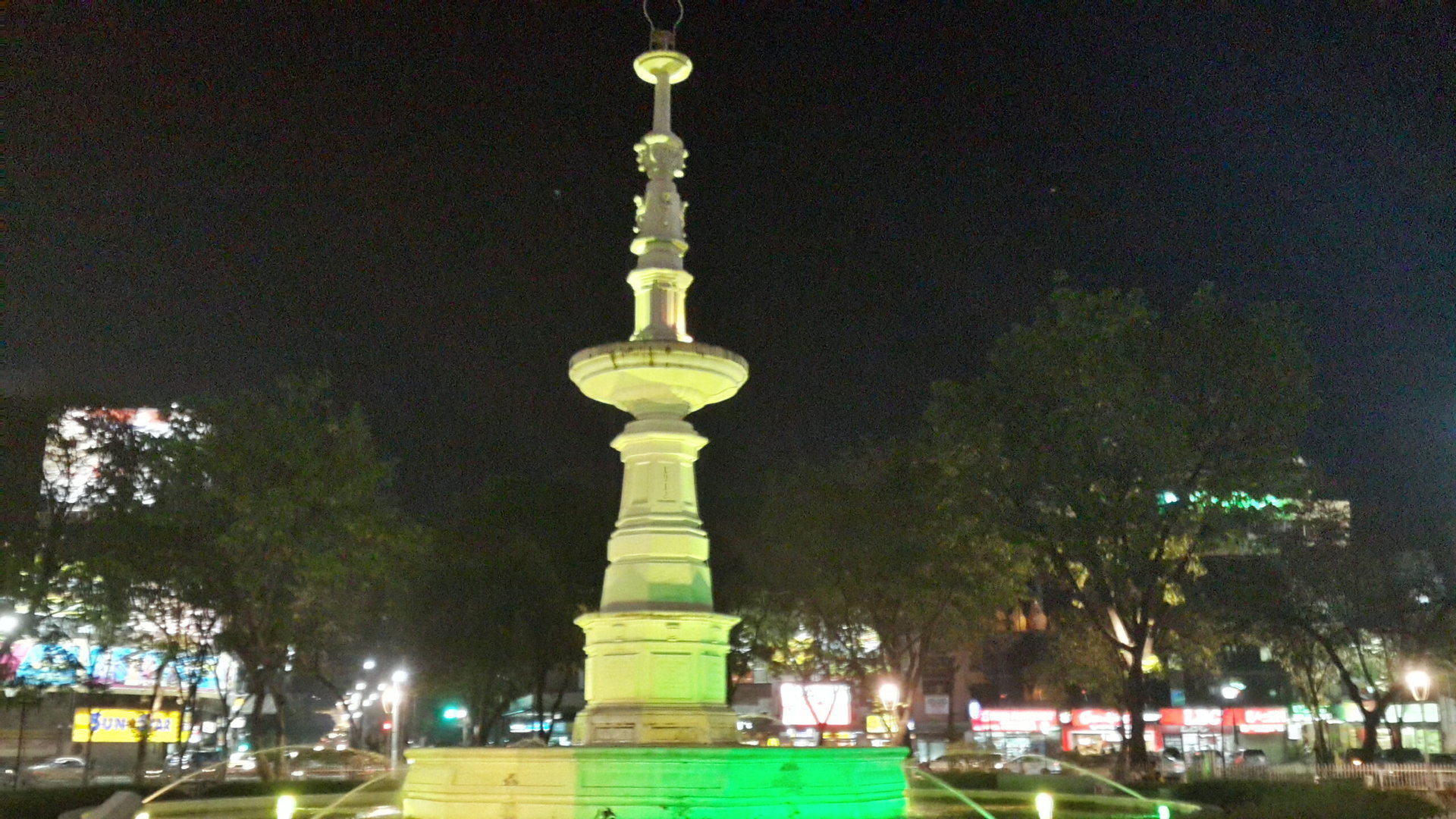
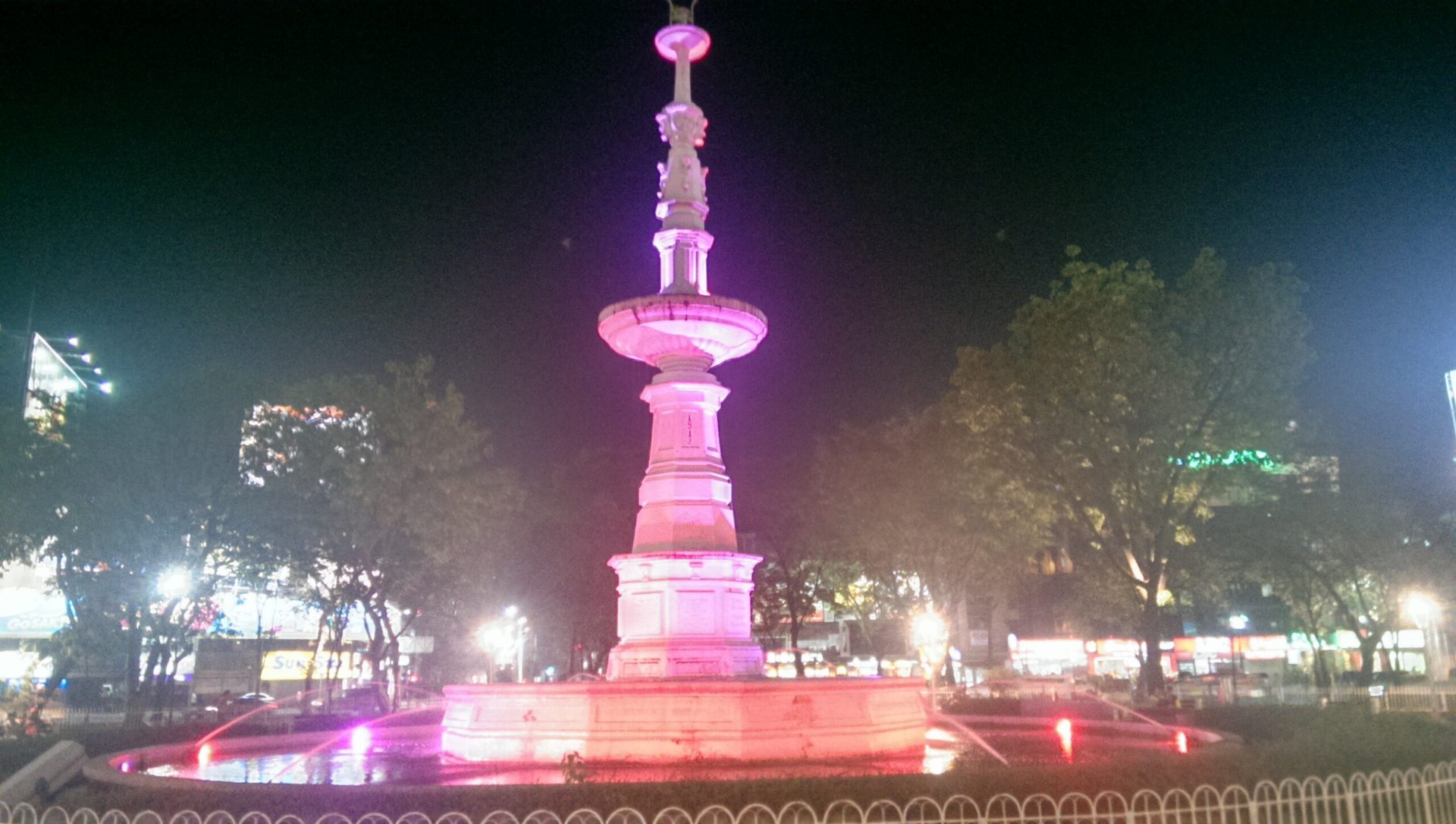
The common problem of night shots is noise and grain. Cameras tend to max out light sensitivity to let more light in, making images brighter. However, higher ISO levels also make images prone to noise.
Attempting to make images brighter, the Galaxy S4 and HTCOne increase their respective ISO levels to produce bright yet noisy images. Light from the streets and nearby buildings tend to be blown out because of the high ISO level. Between the two pictures, the HTCphoto showed less noise and is an overall cleaner image than the one from the S4.
Enabling Night Mode doesn’t solve the noise issue on both photos. Both images were a little brighter with this mode enabled, but noise is still there, with more noise on the Galaxy S4’s photo. I also noticed that the intensity of overexposed lights on the HTCOne increased in Night Mode.
Lastly, we checked whether HDR can remedy the image quality. On the Galaxy S4, it still produced noisy image but HDR fixed the overexposed background lights. HDR was not too helpful on the HTCOne as the image grew noisier and created an eerie glow from lights in the background.
Below are test images demonstrating image quality on night shots captured on each phone at maximum zoom:
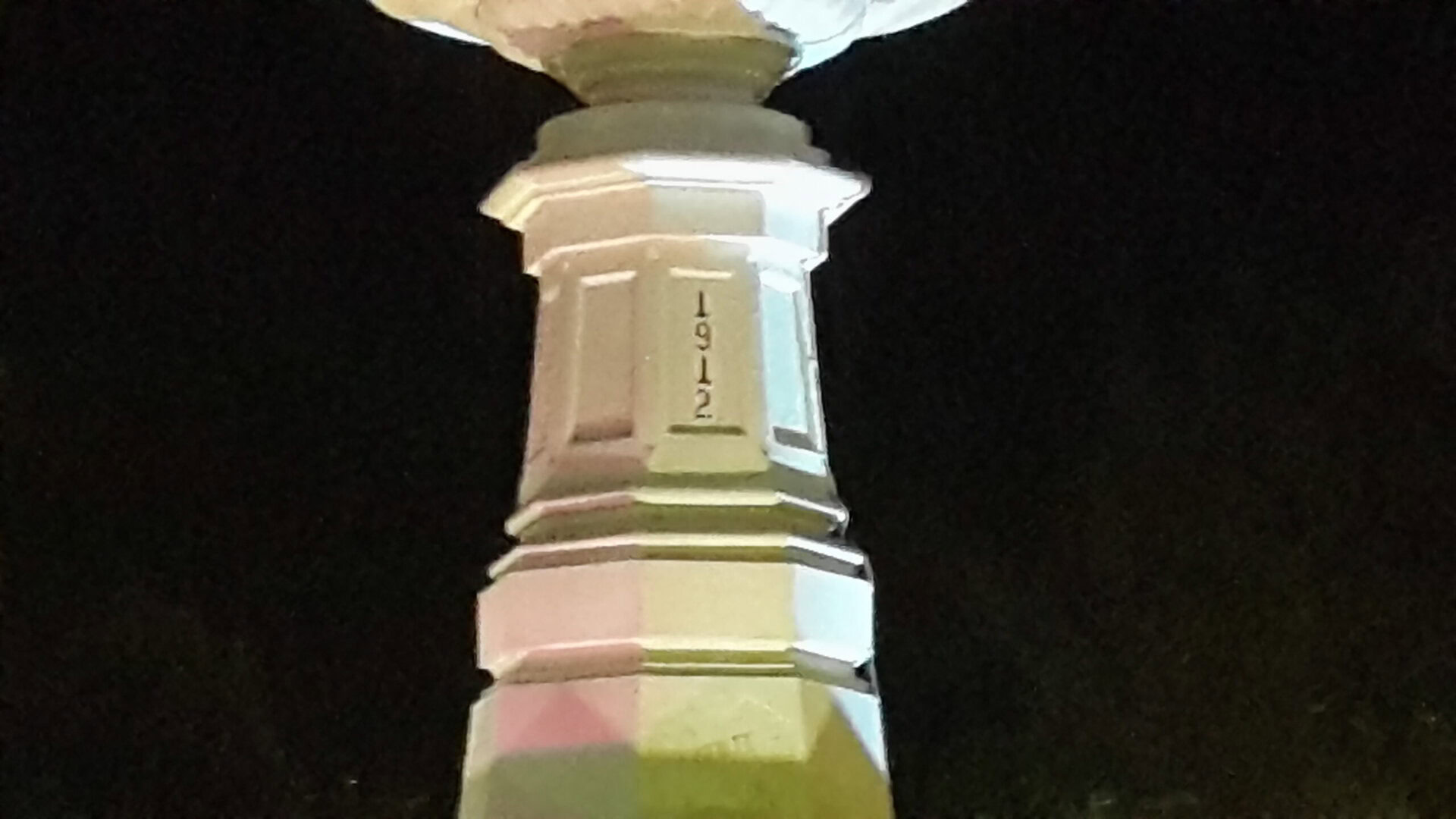
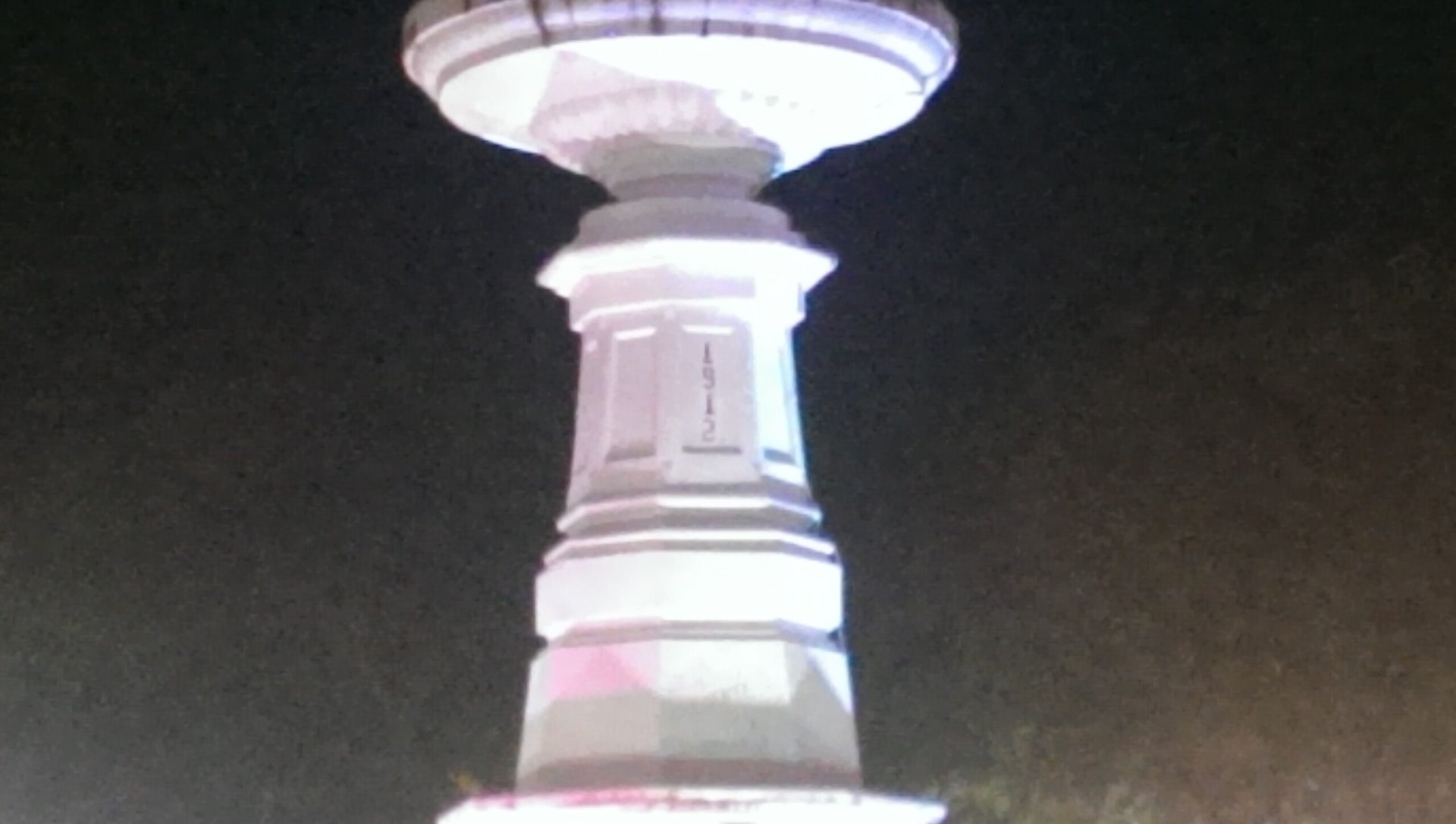
Between the two images the Galaxy S4 produced a cleaner, detailed image compared to the HTCOne photo.
We also took close up photos of a still subject. The first set below was caught with Auto/Normal Mode but no flash, and the second with flash firing.
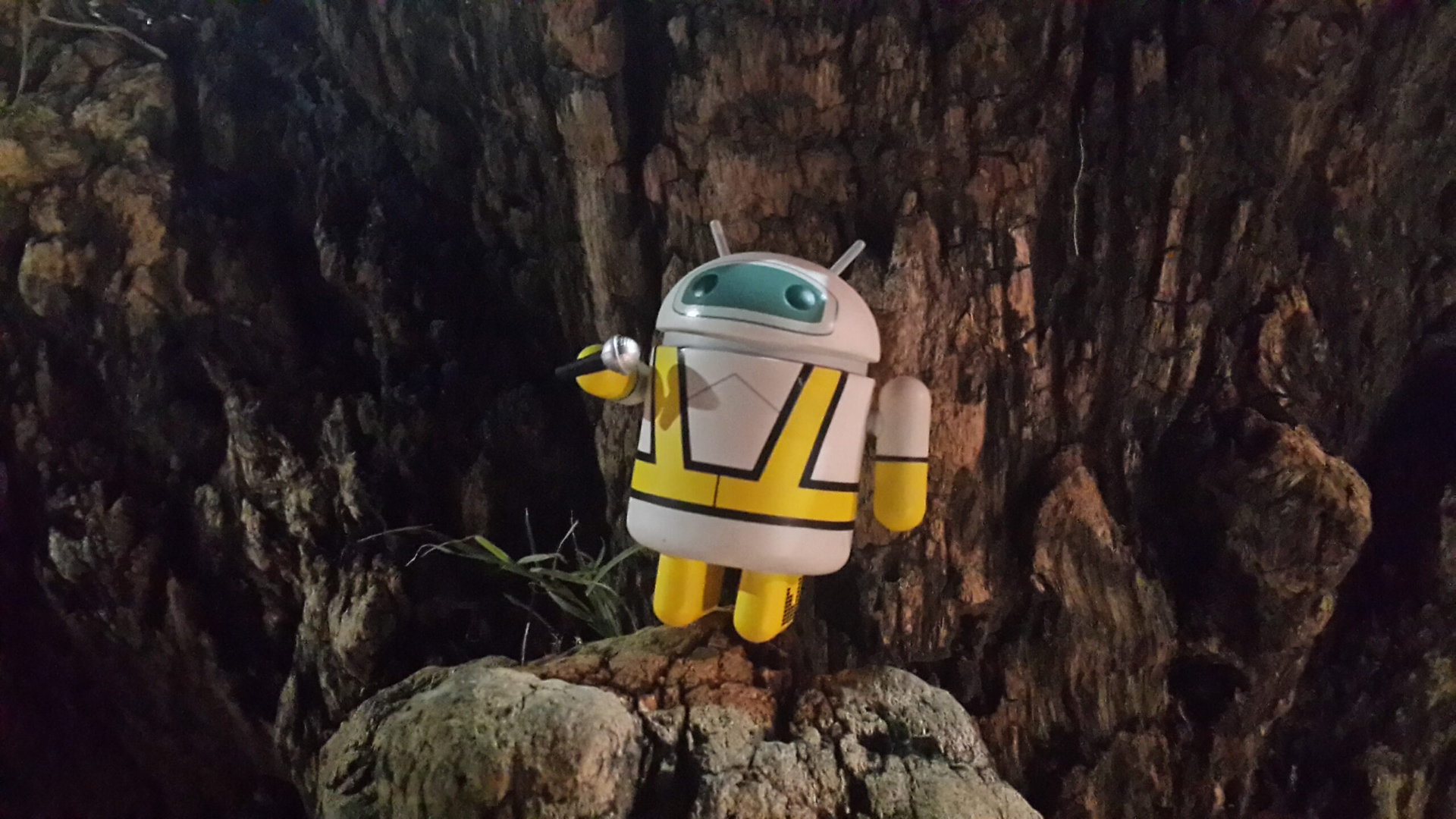
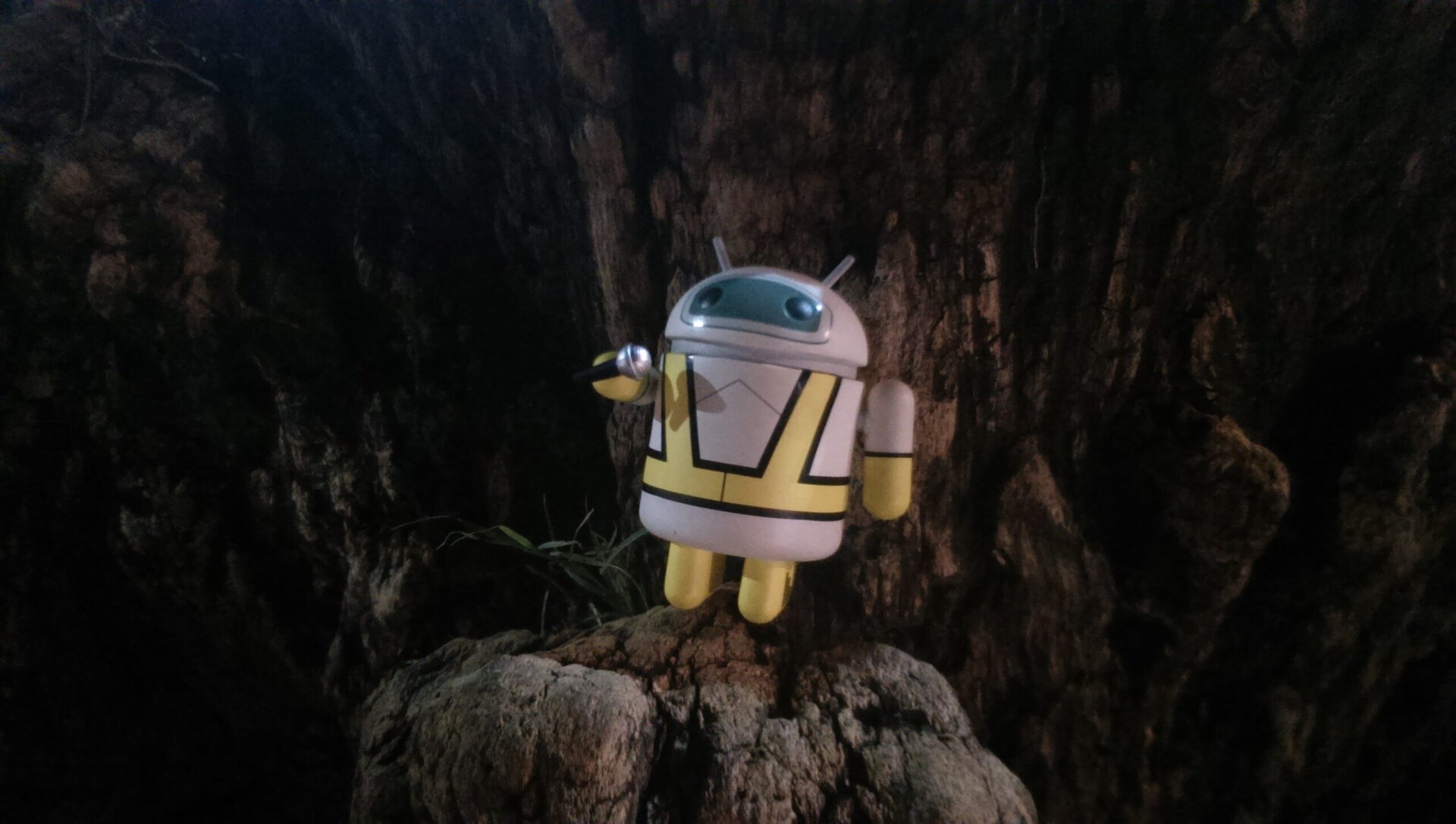
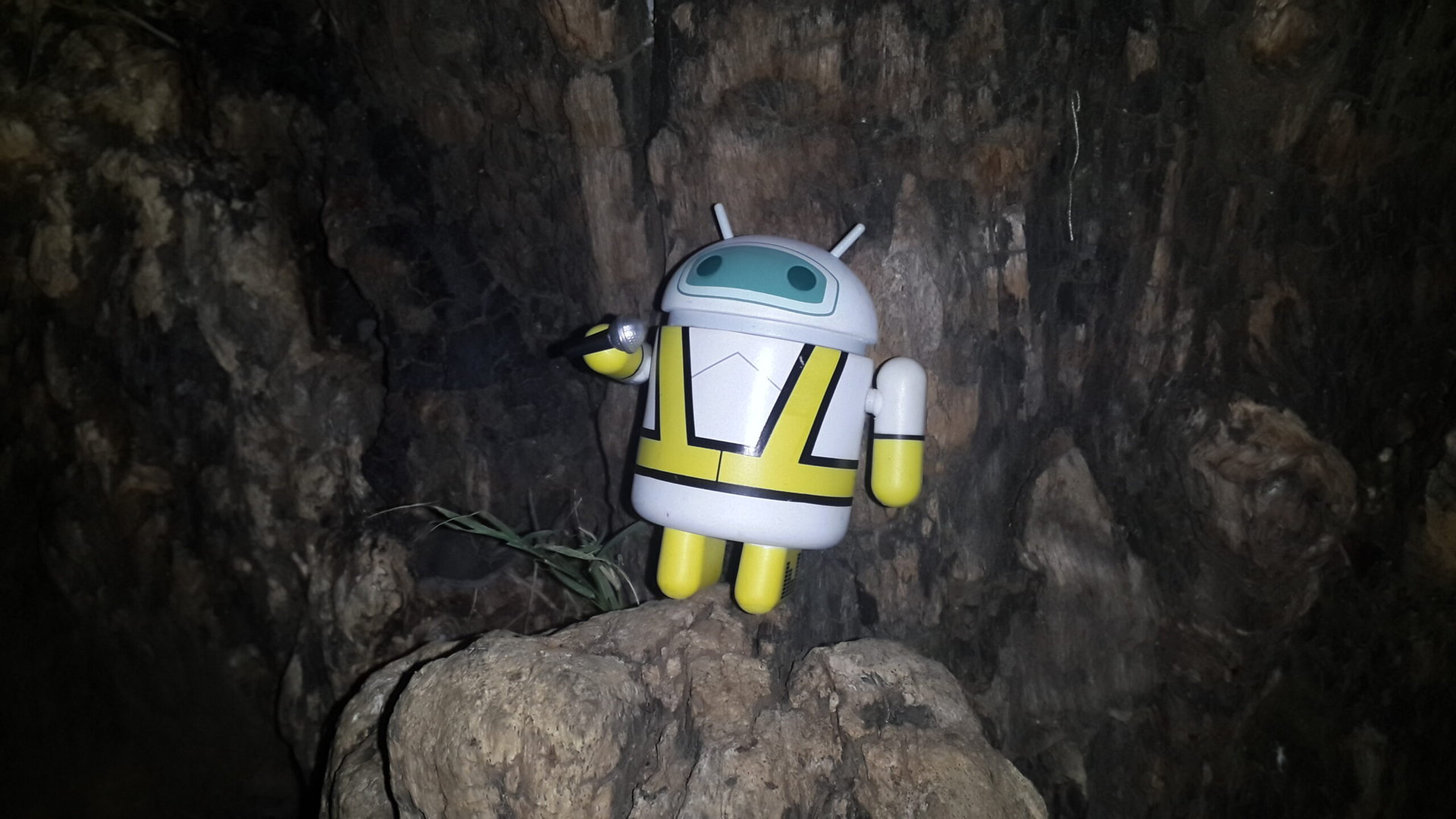
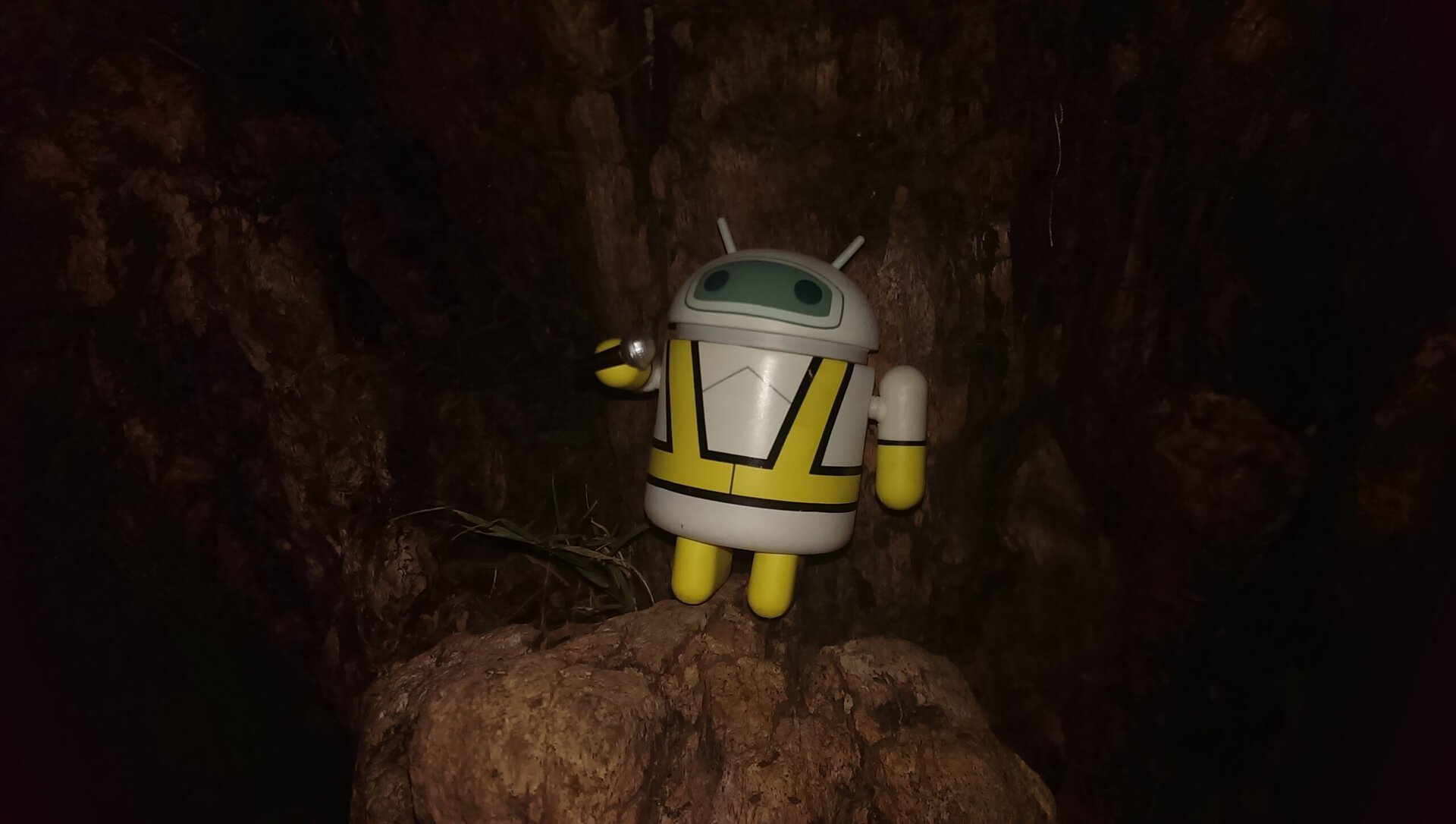
Both phones produced acceptable photo quality even without flash. However, the Galaxy S4 appears to provide a brighter and sharper image than does the HTCOne. The HTCphoto is a bit dim and has washed-out colors.
However, with flash enabled, the HTCOne appears to preserve the subject’s colors much better than the Galaxy S4 does. The Galaxy S4 produce a bluish light that sprayed a bluish layer on the subject.
Finally, we wanted to see how well image stabilization worked at night for videos. Here are the results:
Both videos were stabilized well but the Galaxy S4’s video came out smoother than the HTCOne’s. More minor jitter can be observed on the HTCOne.
With regards to video quality, the HTCOne handled itself well in a dark environment. The Galaxy S4 tried to compensate by increasing light sensitivity, resulting in a bright yet noisy video.
In the next and last section, you can watch a comparison video of the HTCOne and Galaxy S4 cameras.
Video
To watch this camera showdown in video, check out our YouTube video below:
Conclusion
Most people buy Android phones not just for the phone features but also for multimedia features — such as photo and video capturing.
The Galaxy S4’s 13-megapixel camera offers a good balance among hardware, camera features, and output quality. After doing the photo and video tests, I was able to clearly decide which of the two I might buy if I based my purchasing decision on camera prowess alone.
Yet, the HTCOne’s 4-megapixel UltraPixel Camera is not to be easily dismissed either. It does perform well in many of the test settings that we tried. It seems to perform quite well in low-light environments. And, HTCZoe is quite an intriguing new feature offering flexibility, though I find it a bit too roundabout.
What about you? Judging by camera power alone, for which Android phone are you willing to part your hard-earned money with? The Samsung Galaxy S4 or the HTCOne? Let us know in the comments.
(with contributions from Alvin Ybañez and Carl Parker)